TLDR;
What do you know about the men, the scientists and 'doctors' who have shaped our view of medicine today? Where did they stand politically? What were their motives? How did they gain so much immediate support and success? What were their credentials? What societies were they apart of?
We are continuing a practice that began almost 300 years ago. One that began with a putrid practice that actually mass produced disease (and somehow justified the production of every vaccine they could 'produce'.
We need to investigate how we got here, and who got us here.
The story of the "great physician", "scientist", "saver of mankind", Edward Jenner is cuckoo. And I mean that quite literally, as in, the story begins with the cuckoo bird. His first and only scientific research study published just before his great 'cowpox' vaccine 'discovery'.


Who was Edward Jenner?
In describing Jenner's character, a Dr. Creighton from his home town wrote, "he was vain and petulant, crafty and greedy, a man with more grandiloquence and bounce than solid attainment, unscrupulous to a degree, a man who in all his writings was never precise when he could possibly be vague, and never straightforward when he could be secretive".
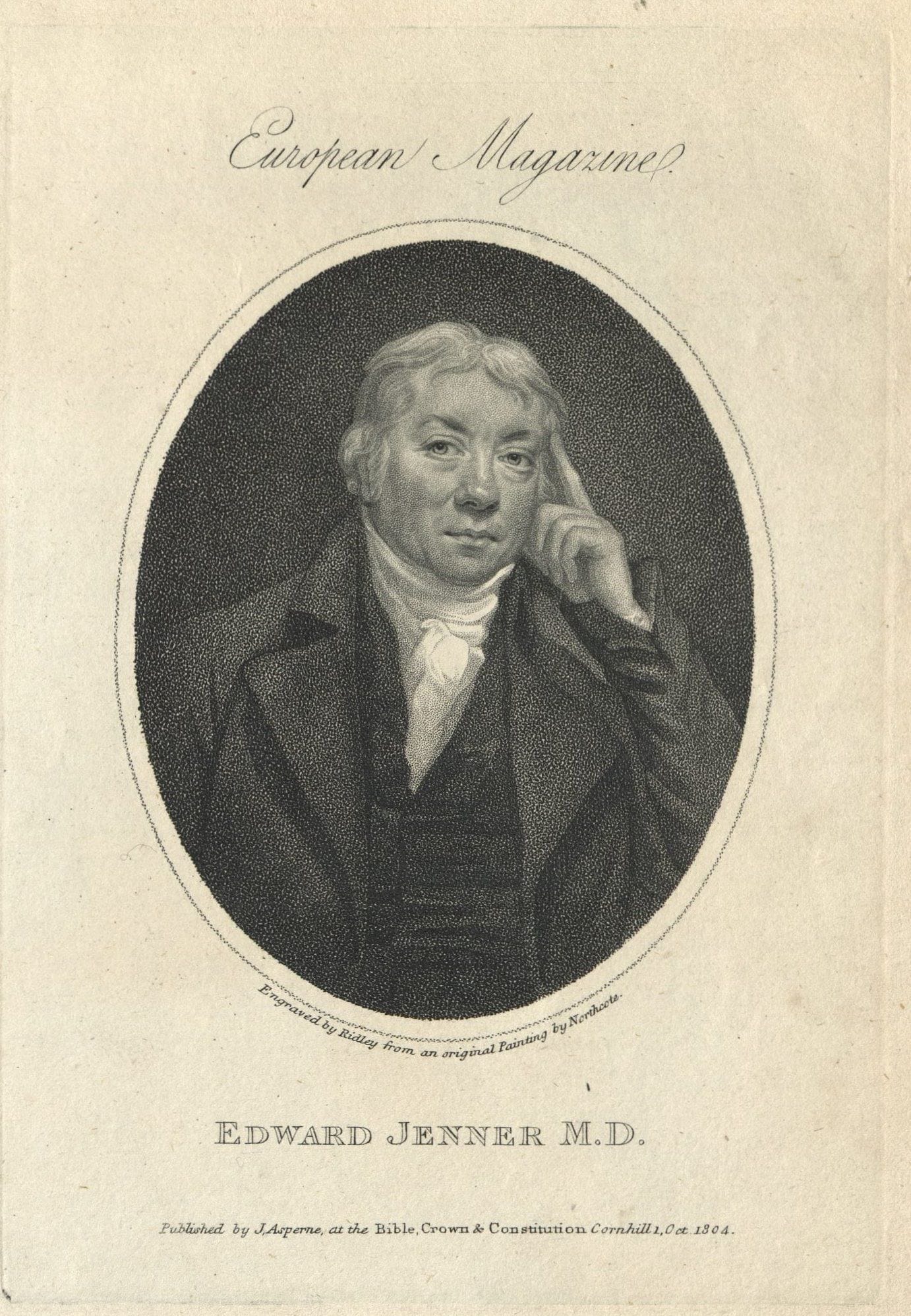
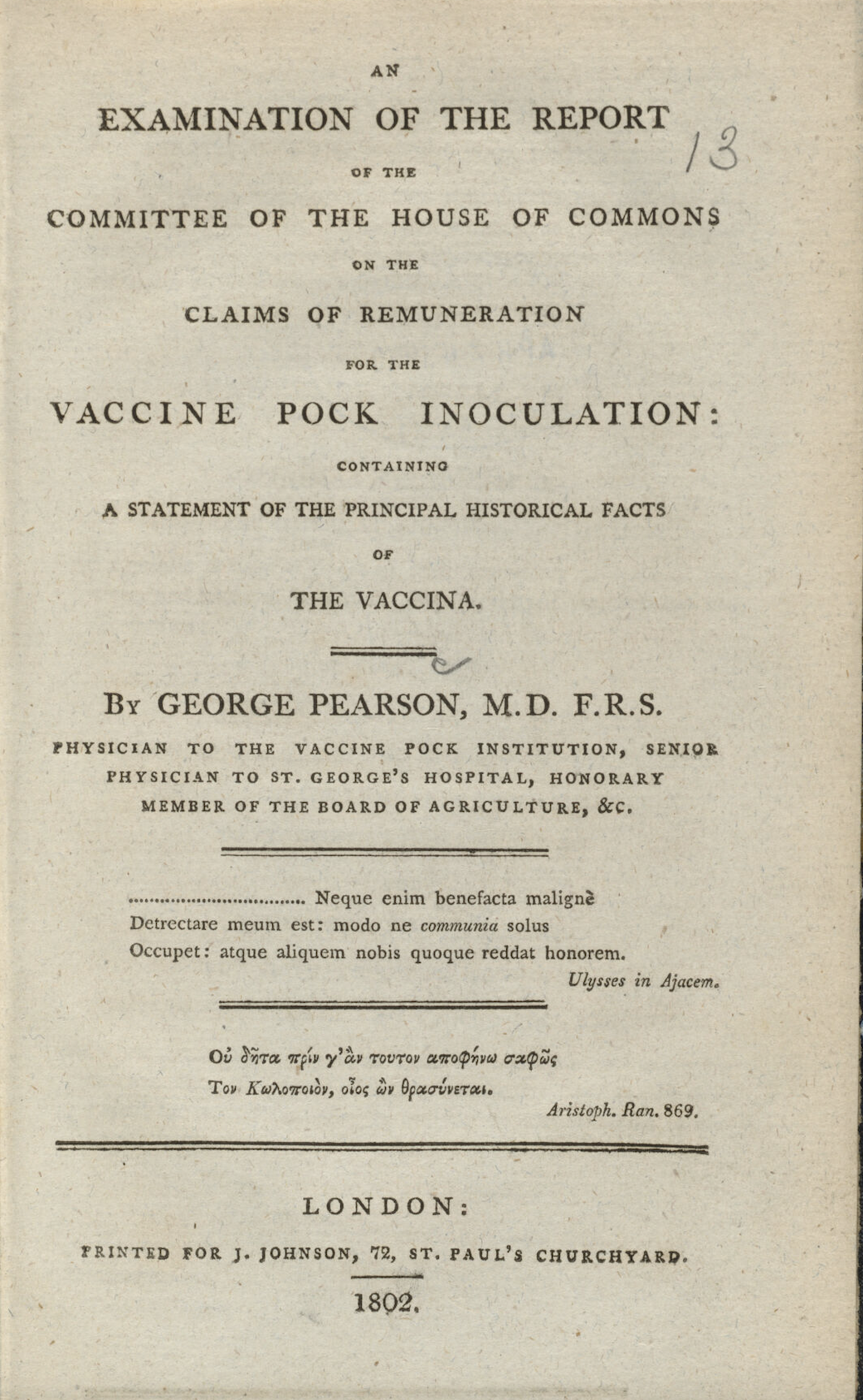
At the time of Jenner's vaccine experiments, medicine was far from a science.
Doctors prescribed live frogs to be swallowed to cure of worms. Cow dung and human excreta were mixed with milk and butter to treat diphtheria. The brains of a man who died a violent death were given in teaspoonful doses for the cure of small-pox.
Even Jenner had invented, not merely a "cure" for small-pox, but also one for hydrophobia, which quite takes the steam out of Pasteur’s treatment. All you had to do was to duck the man who had been bitten three times in a stream of running water, only taking care that each time you ducked him life became almost extinct. He said he never knew that to fail under any circumstances. He believed that when someone was bitten by a mad dog, they became possessed of an evil spirit, and should be treated as they used to treat the witches.
Cuckoo Credibility
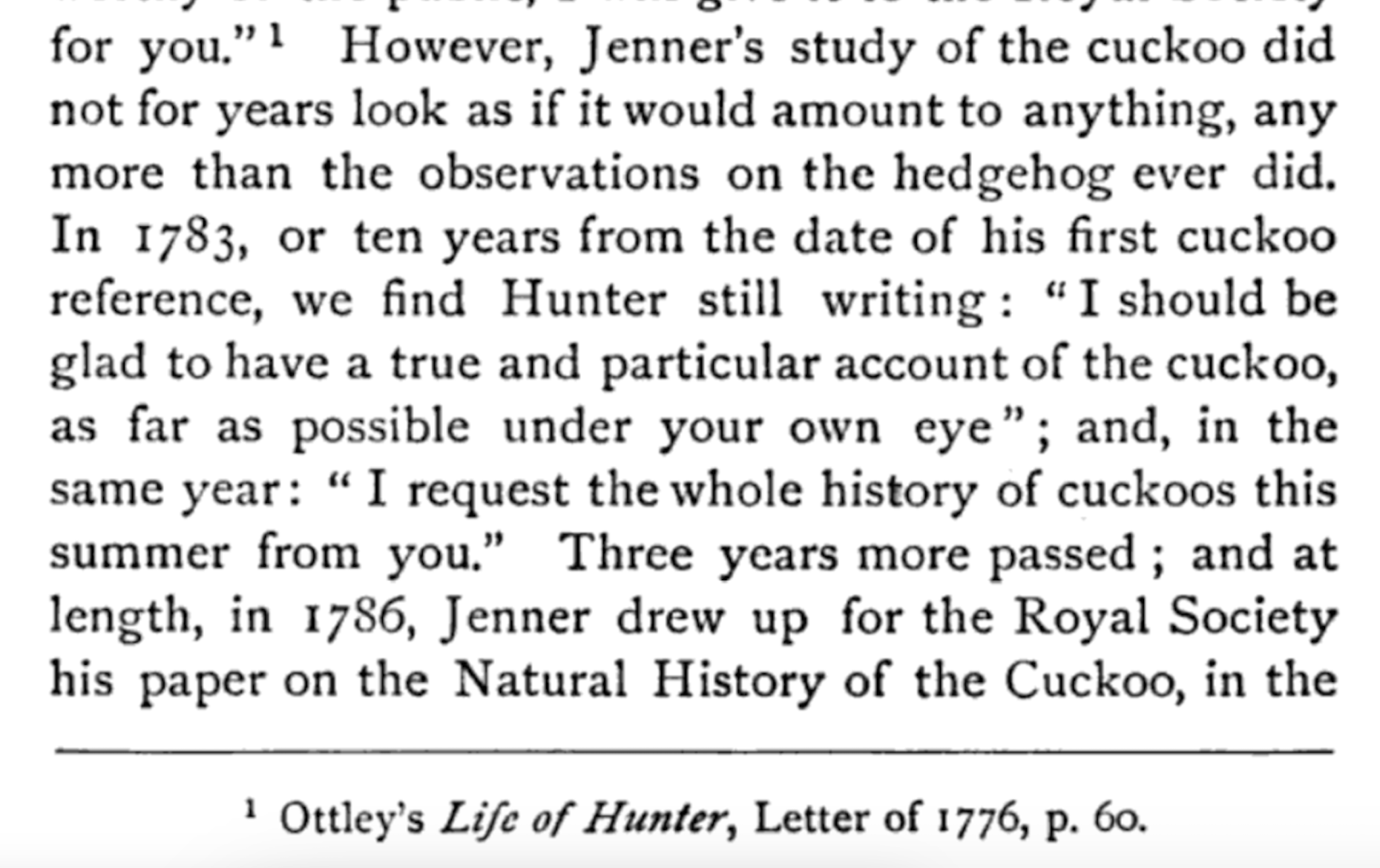
Jenner spent the 15 years before his cowpox discovery doing nothing but observing cuckoo nests and dissecting baby cuckoo birds. When it finally came time to publish his groundbreaking cumulative findings on the cuckoo nestlings, he wrote to the Royal Society and requested to rescind his paper because he was not quite finished yet.
Let's quickly review Jenner's life:
(If you'd like to read for yourself, this is a fantastic address made in 1896 about Jenner and the fruits of his vaccination)

He was born to a wealthy clergyman in Berkeley, with a large property. At 14 he first apprenticed for a surgeon, but performed mostly the towns autopsies.

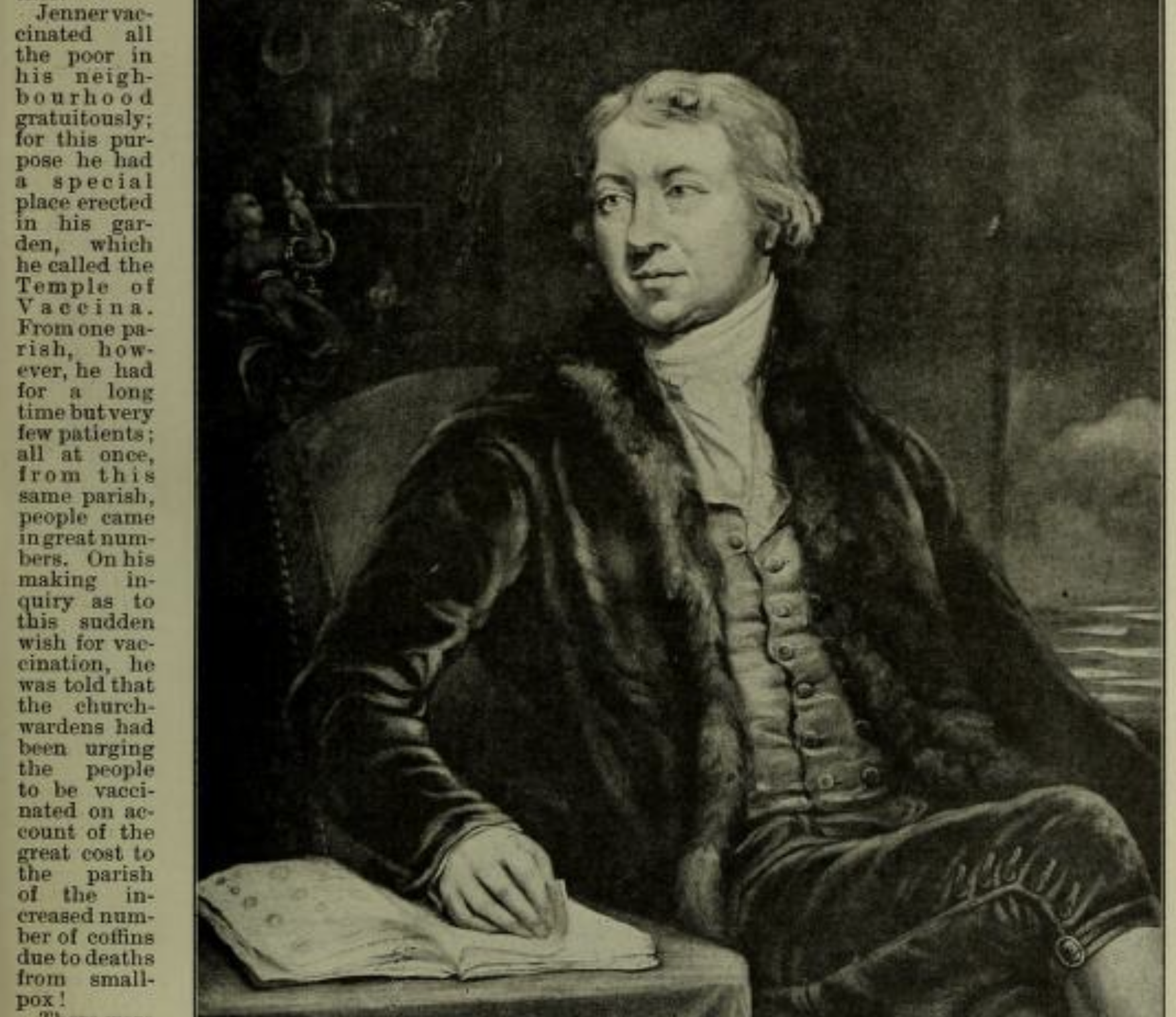
At 21 he moved to London to live with John Hunter (who was notorious for his history of stealing corpse with his brother to dissect, and for his relationship to Captain Cook, who brought him specimens from around the world to cut open).
It is important to note that Jenner’s life-long mentor, John Hunter, was extremely well connected in UK society. He and Jenner were extremely close with Captain James Cook, Charles Darwin and Francis Galton.
He shared the belief with his peers that man came from animal, and thus the tissues which made up both beings were interchangeable. He also believed that the key to health lies in heredity. The poor were poor because bad breeding had rendered them less capable, physically and intellectually. Disease was more common in the poor not just due to living conditions and sanitation, but to fundamental flaws or inadequacies. Generations of idiots breeding with idiots had caused man to take a step away from ‘human’ and towards ‘monkey’.
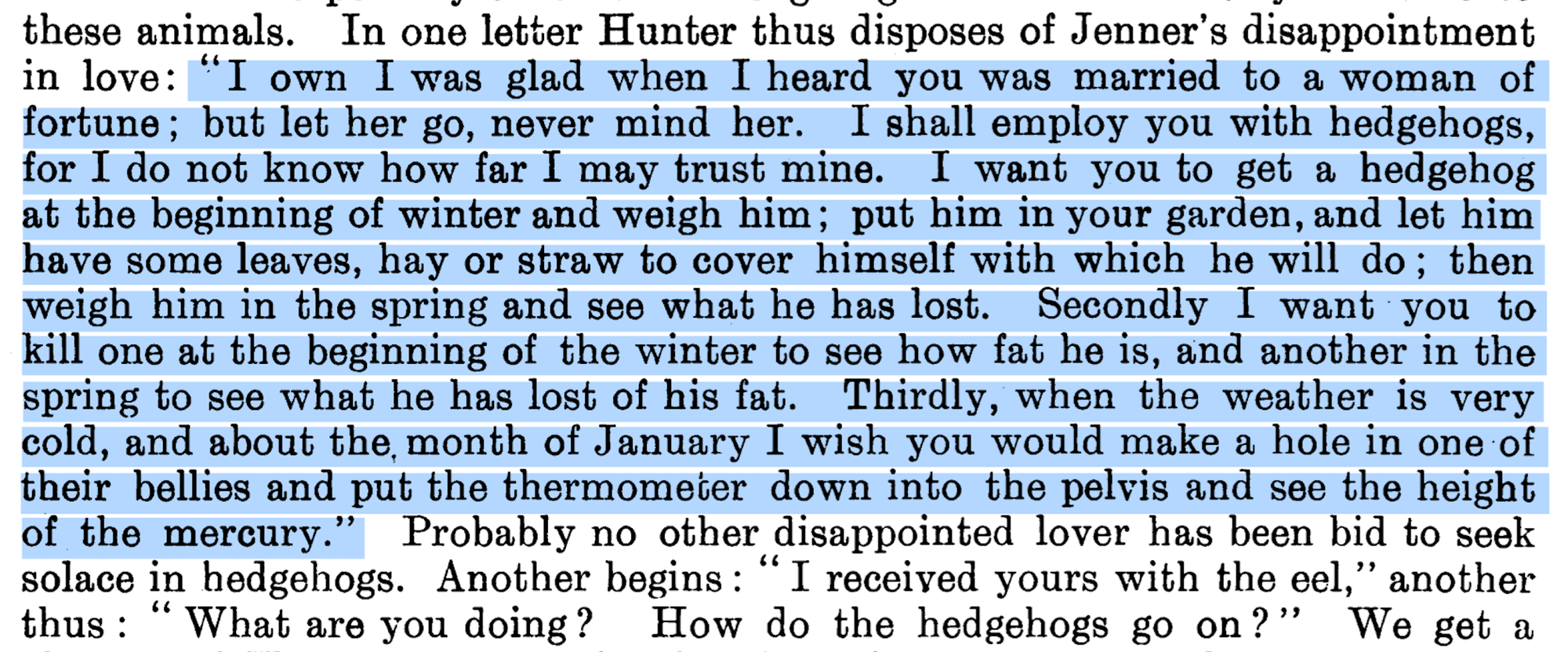
While in London he became best friends with Joseph Banks, who would go on to become to president of the Royal Society (which is the institute responsible for all of Jenner's acclaimed "success").
At 23, he moved back home to become a "surgeon". In reality, Jenner never passed a medical examination in his life. He belonged to the good old times when medical examinations were not compulsory. Jenner looked upon the whole thing as a superfluity, and he hung up “Surgeon, apothecary,” over his door without any of the qualifications that warranted the assumption.
It was not until twenty years after he was in practice that he thought it advisable to get a few letters after his name. During the time he proclaimed himself a surgeon he was really just performing a few autopsies and enemas, dissecting hedgehogs and observing cuckoo bird nests.
We know this because there are hundreds of letters written between Jenner and Hunter - all of which have an incredibly romantic tone, if you ask me. In fact, it was the credentials of John Hunter which allowed Jenner to join the Royal Society (along with his former connections) despite having only published one study which was full of embellishments that were provably false.
In 1789, two years after finally publishing his cuckoo paper, Jenner was elected a member to the great Royal Society, and in 1790 Jenner purchased a degree from the University of St. Andrew for 15 pounds and becomes Dr. Jenner.
One year after that, in 1791, Jenner vaccinated his 18-month-old only son with "swine" pox as an experiment. This was his original concoction before cowpox, just a pig variation.
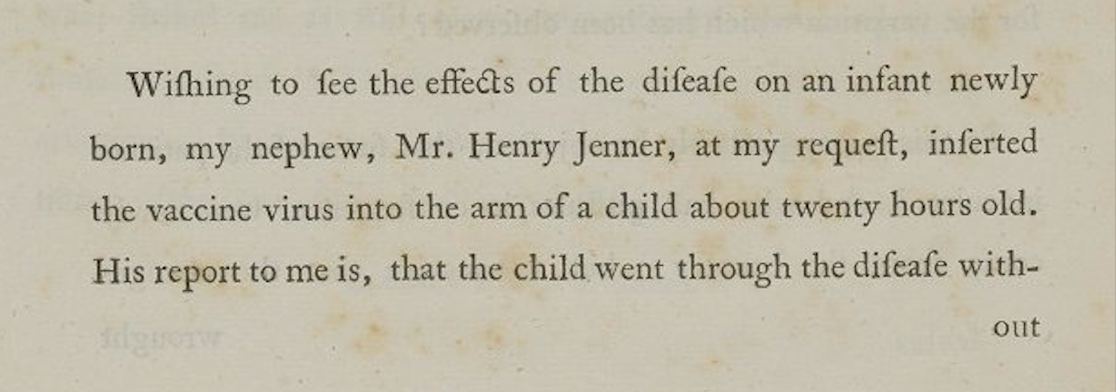
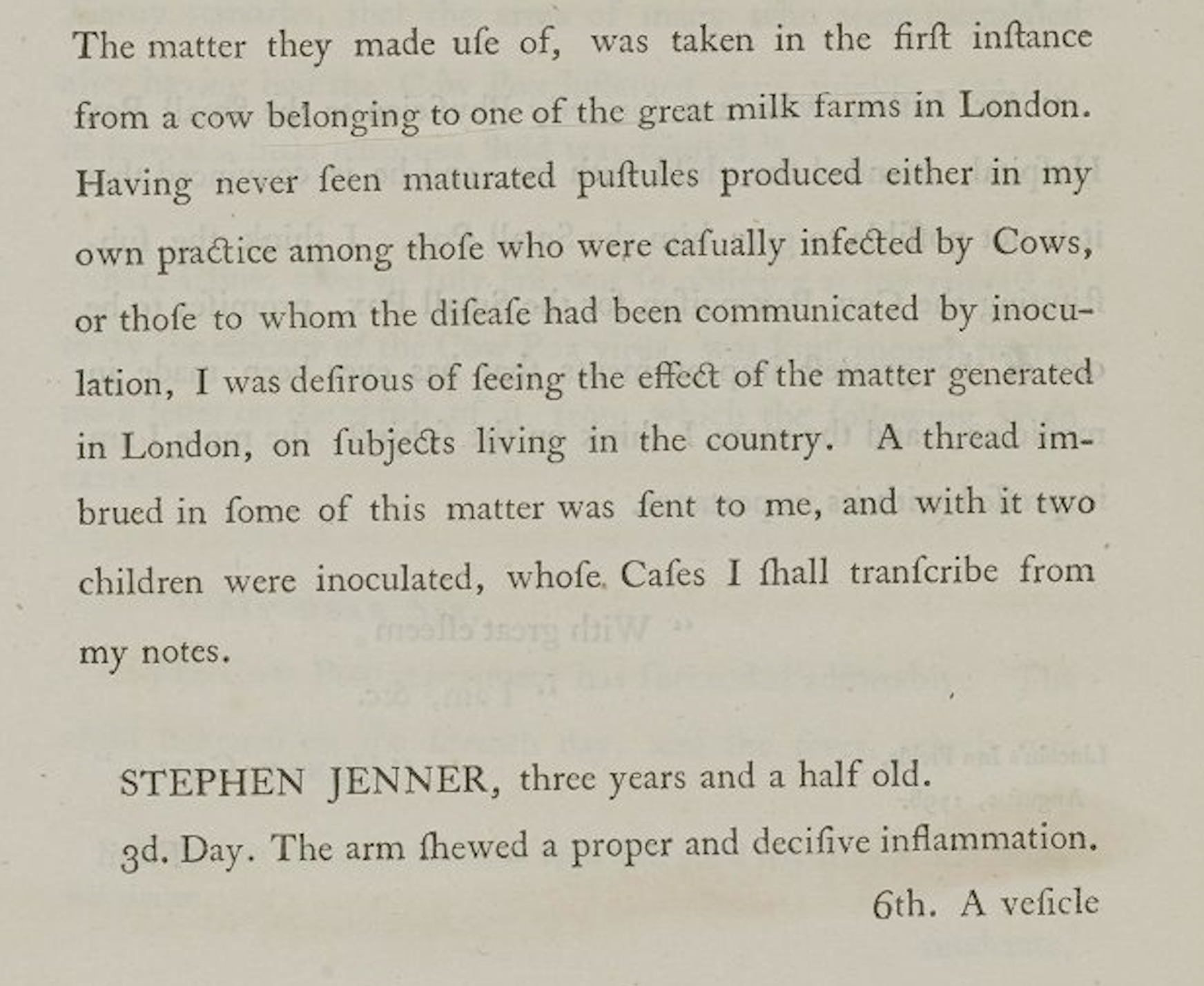
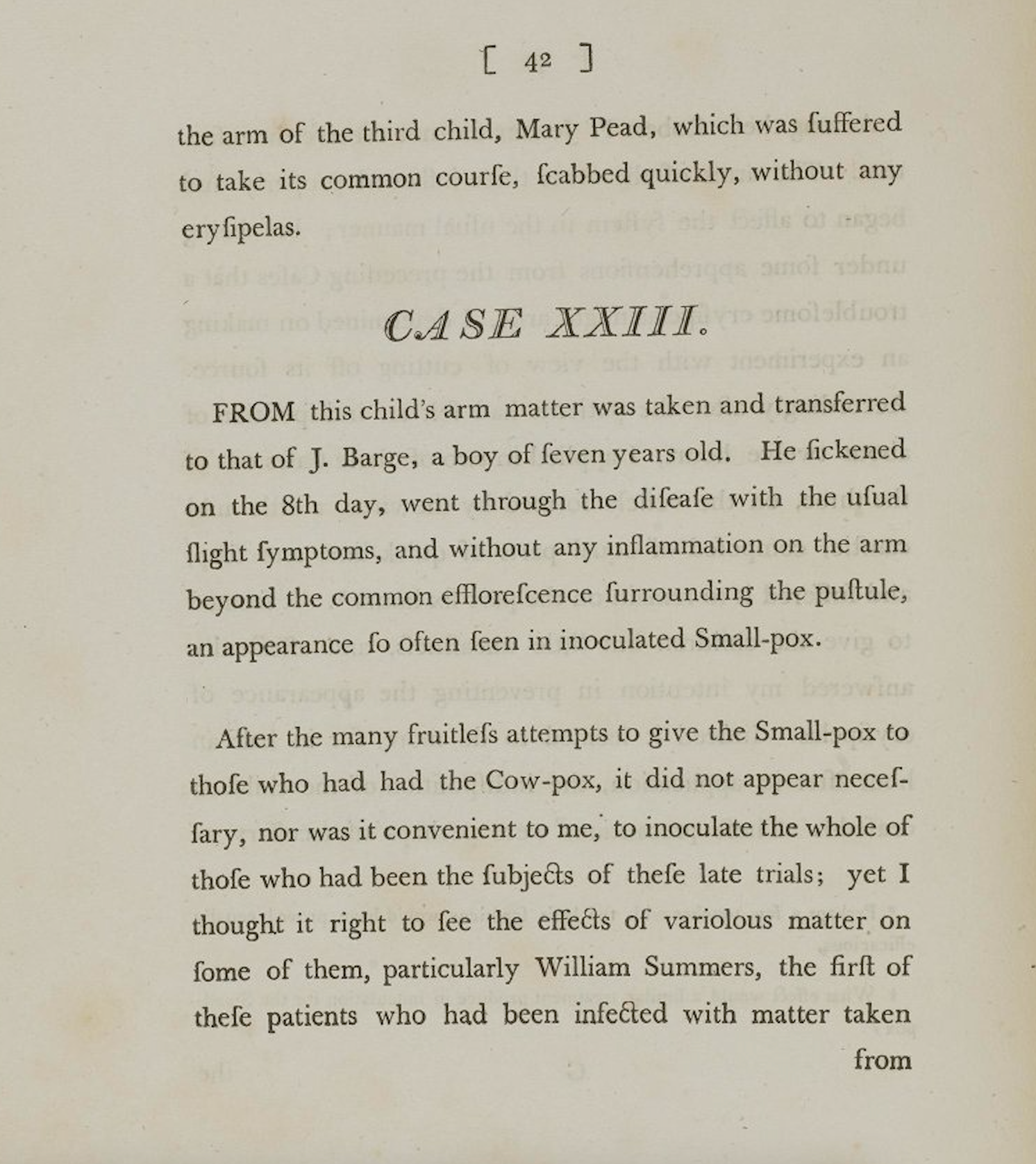
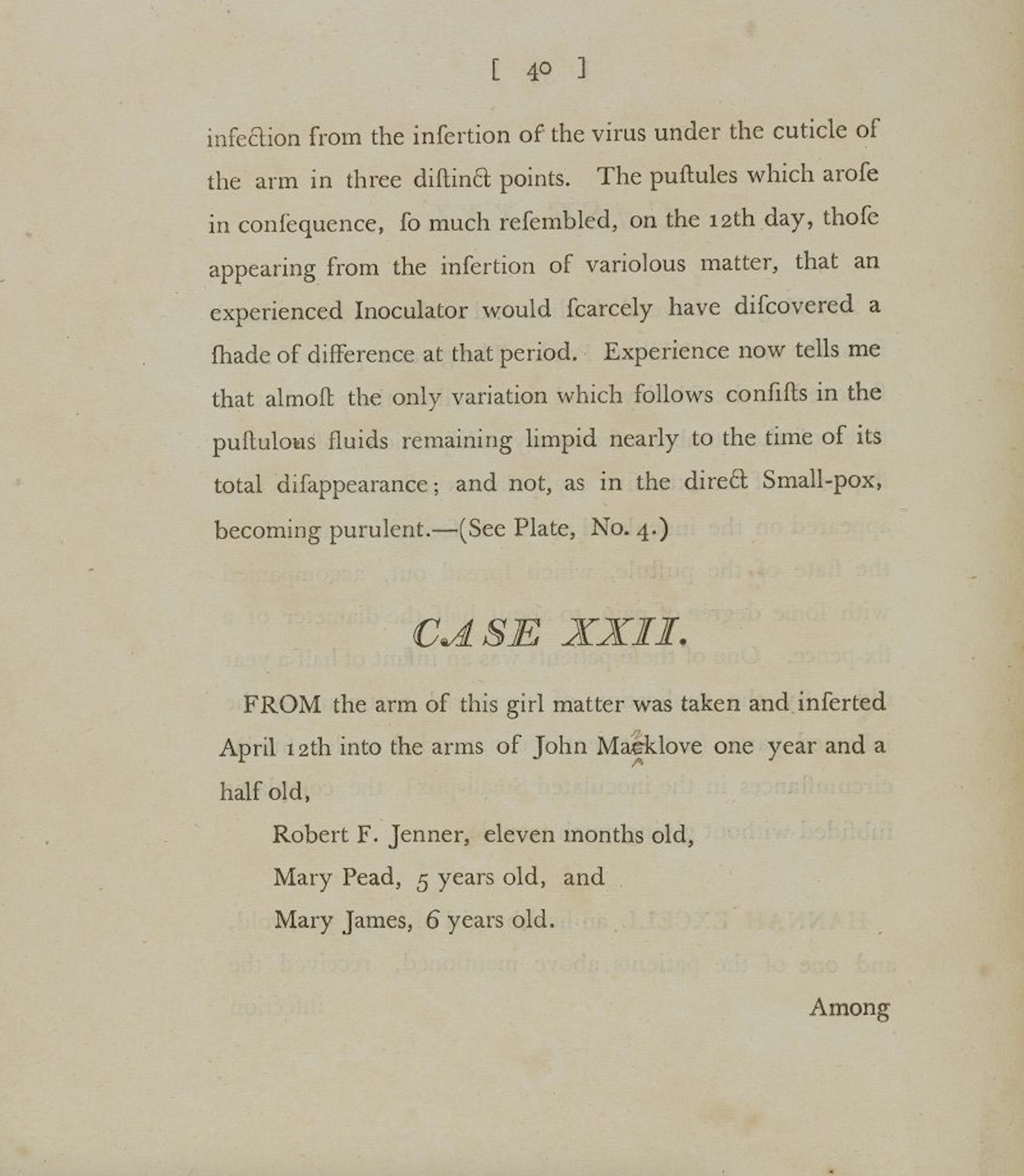
On May 14 of 1796, Jenner inoculated James Phipps, the eight-year old son of his gardener with cowpox disease which he had obtained from a local milkmaid named Sarah Nelmes. The boy developed cowpox but lives. In July, he inoculated the boy with cowpox. The boy died just 10 years later.
In 1797, Jenner sends a paper to the Roval Society about his newly invented disease: variolae vaccine or smallpox of the cow. The paper is rejected and returned with a warning "He had better not promulgate such a wild idea if he valued his reputation".
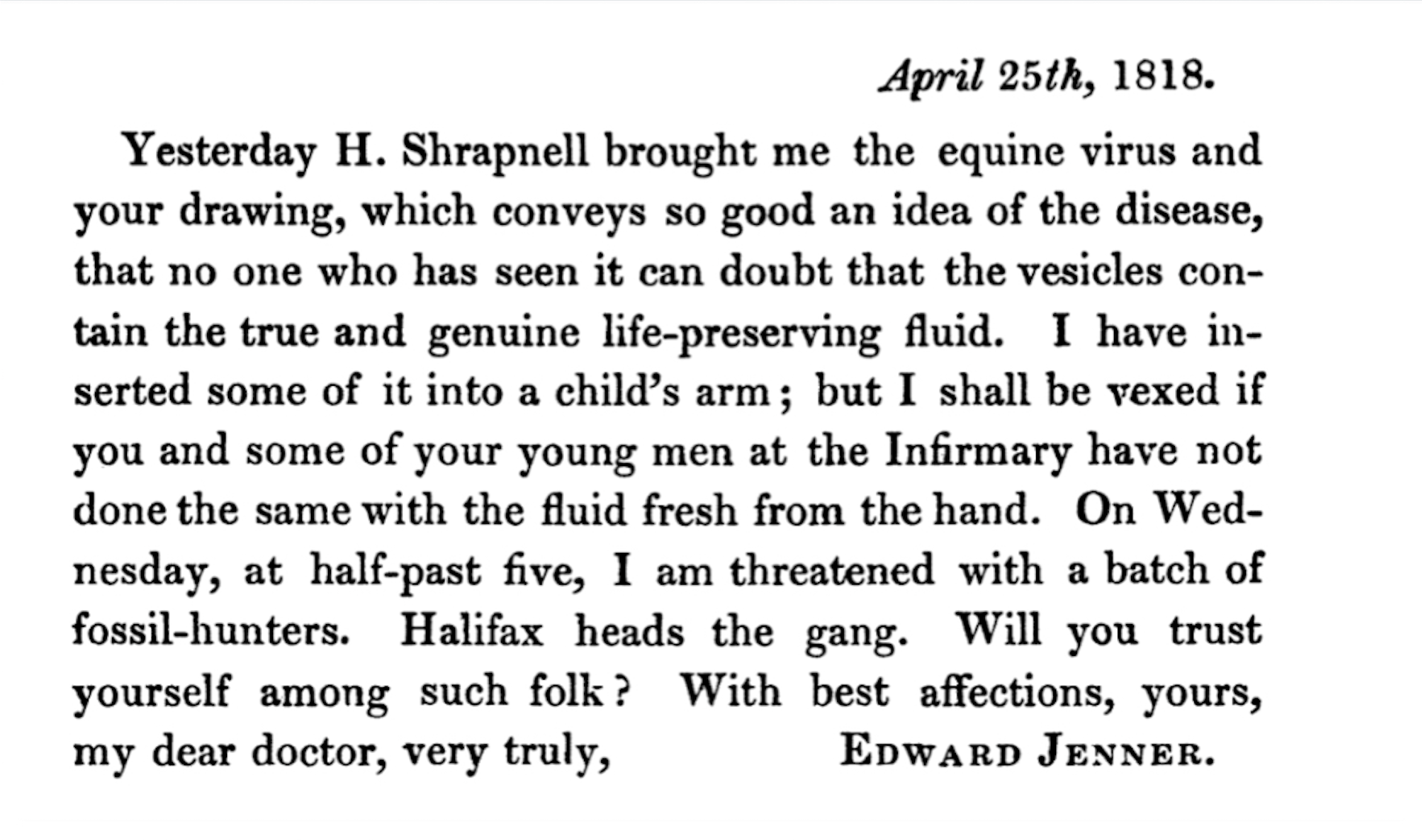
In 1798, he vaccinated the same son that he injected with "swine pox" with his new experimental cow pox vaccine. The son would become extremely ill. His son died just ten years later.
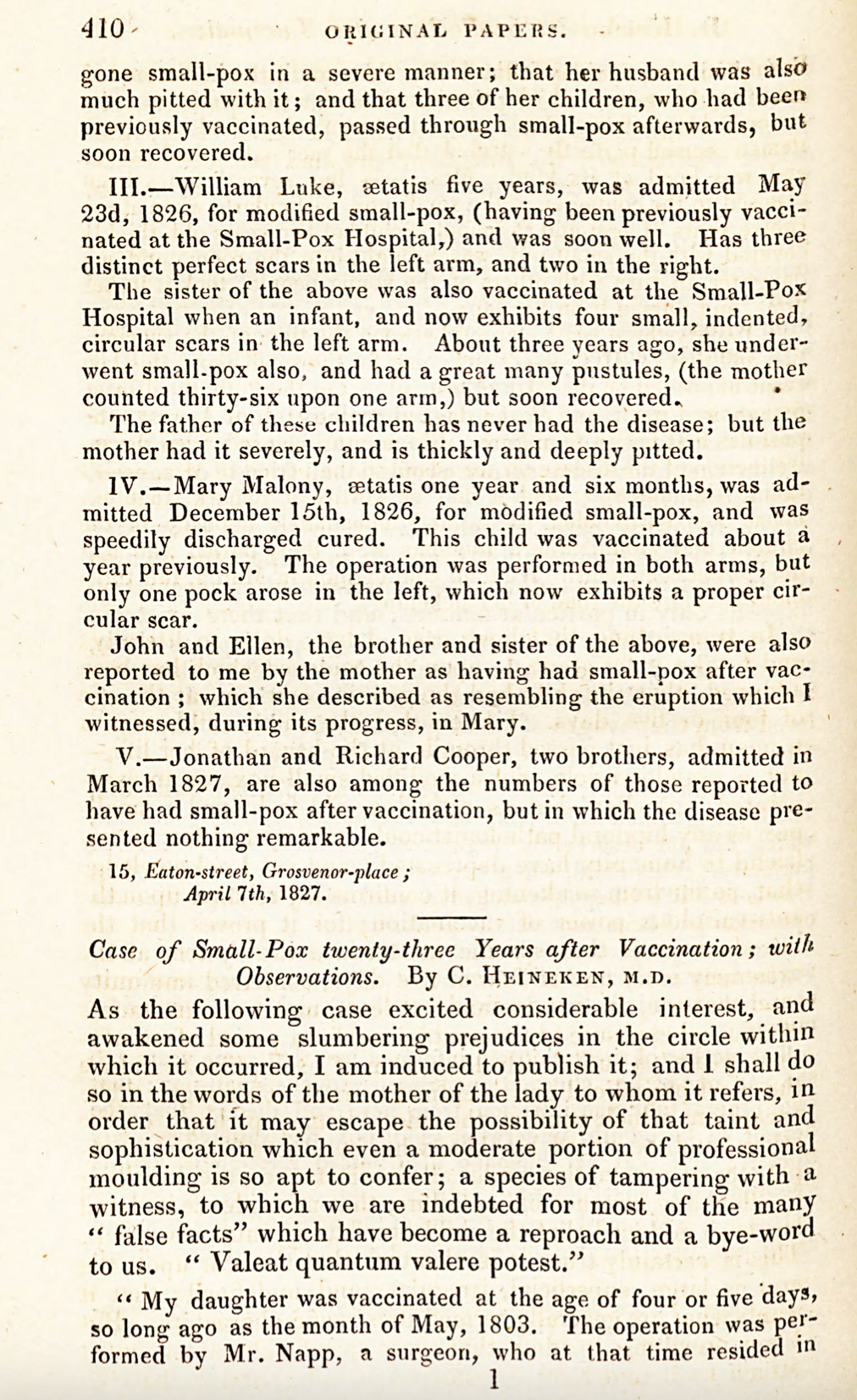
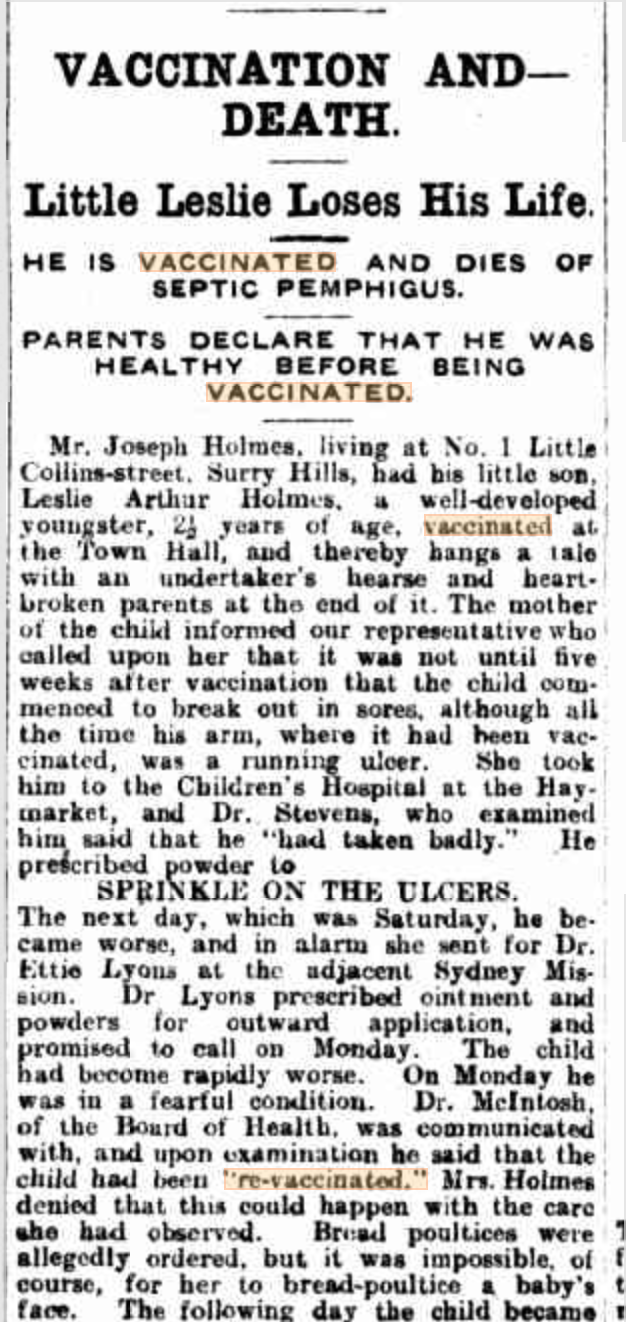
Despite the lifelong illness and young death imposed on both of his experimental subjects, Jenner considered only the immediate effects of his vaccine expirament and he saw them both as extreme successes. So much so that he publishes his "Inquiry into the Cause and Effects of the Variola Vaccina".
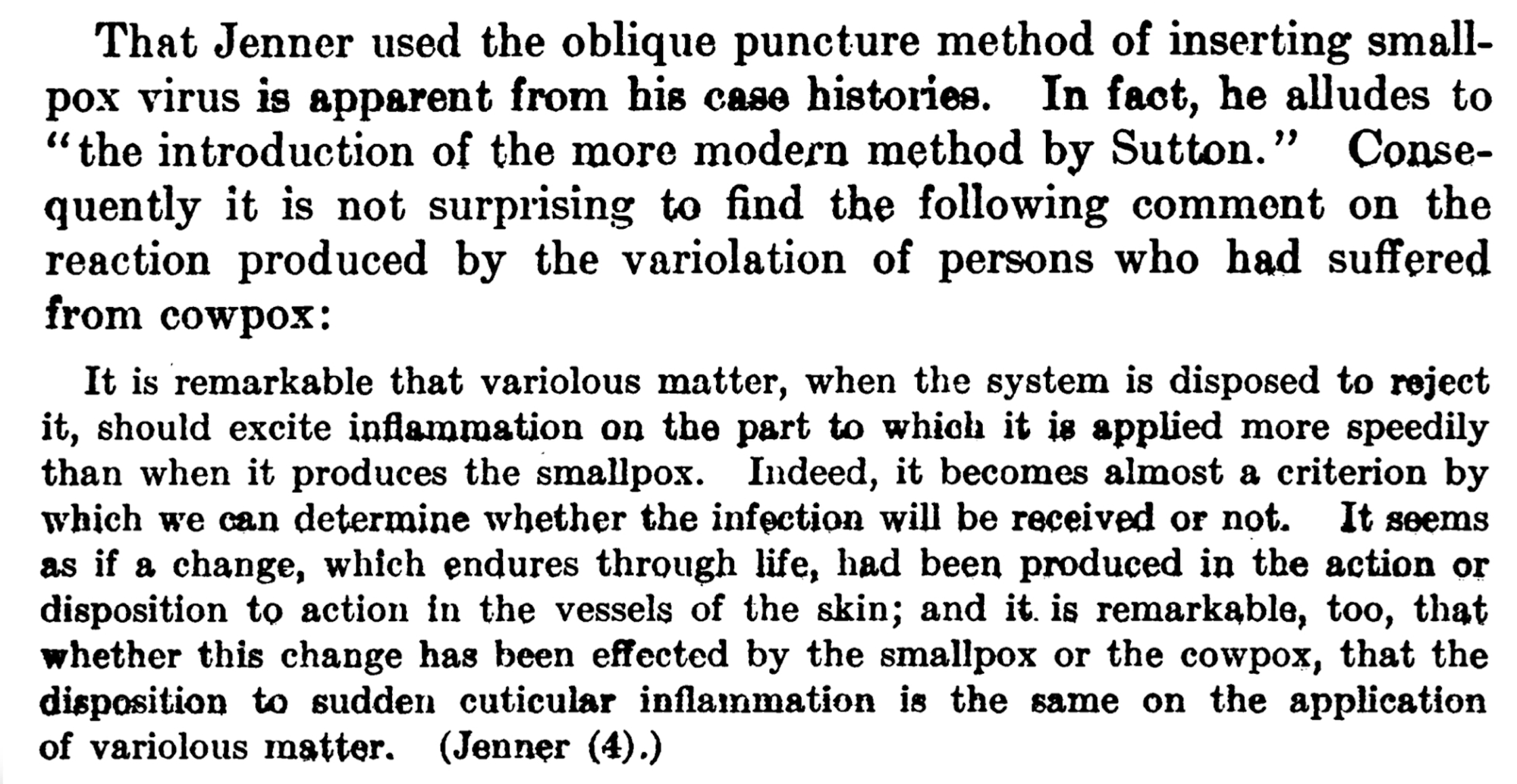
Cow Pox ≠ Small Pox
(If you want to read for yourself, here is a great Pubmed article on how archaic and unscientific Jenner's practice was.)
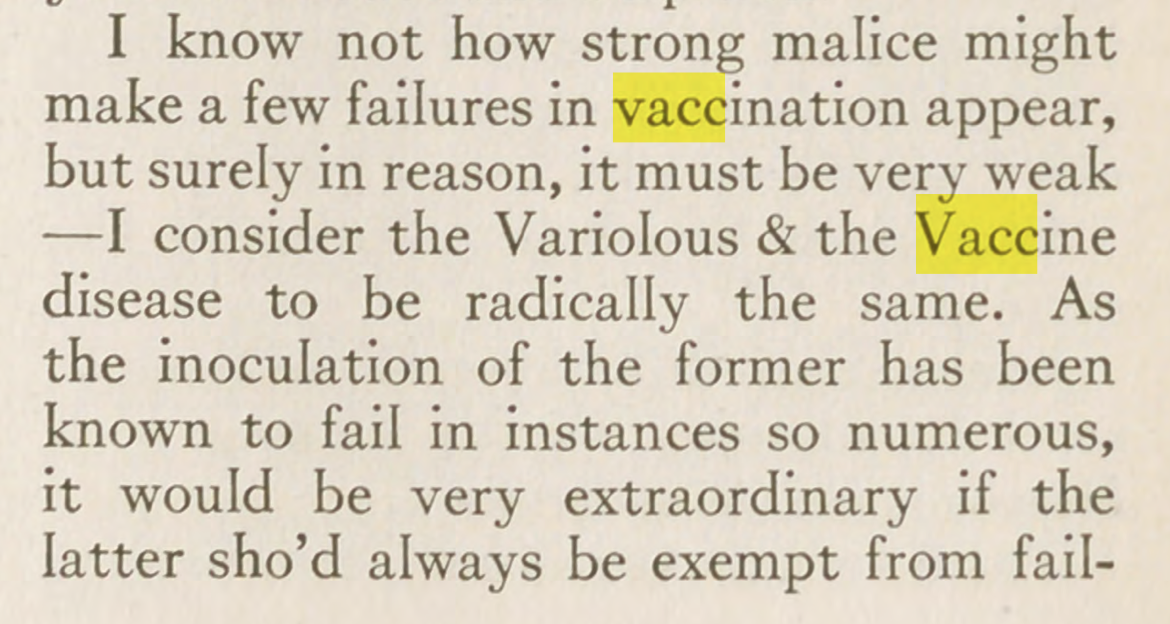
Variola was the common name for smallpox and vaccina was the scientific name for cow. By doing this, Jenner equated smallpox (a human disease) with cowpox - a disease of animals, and claimed them to be one and the same, interchangeable.
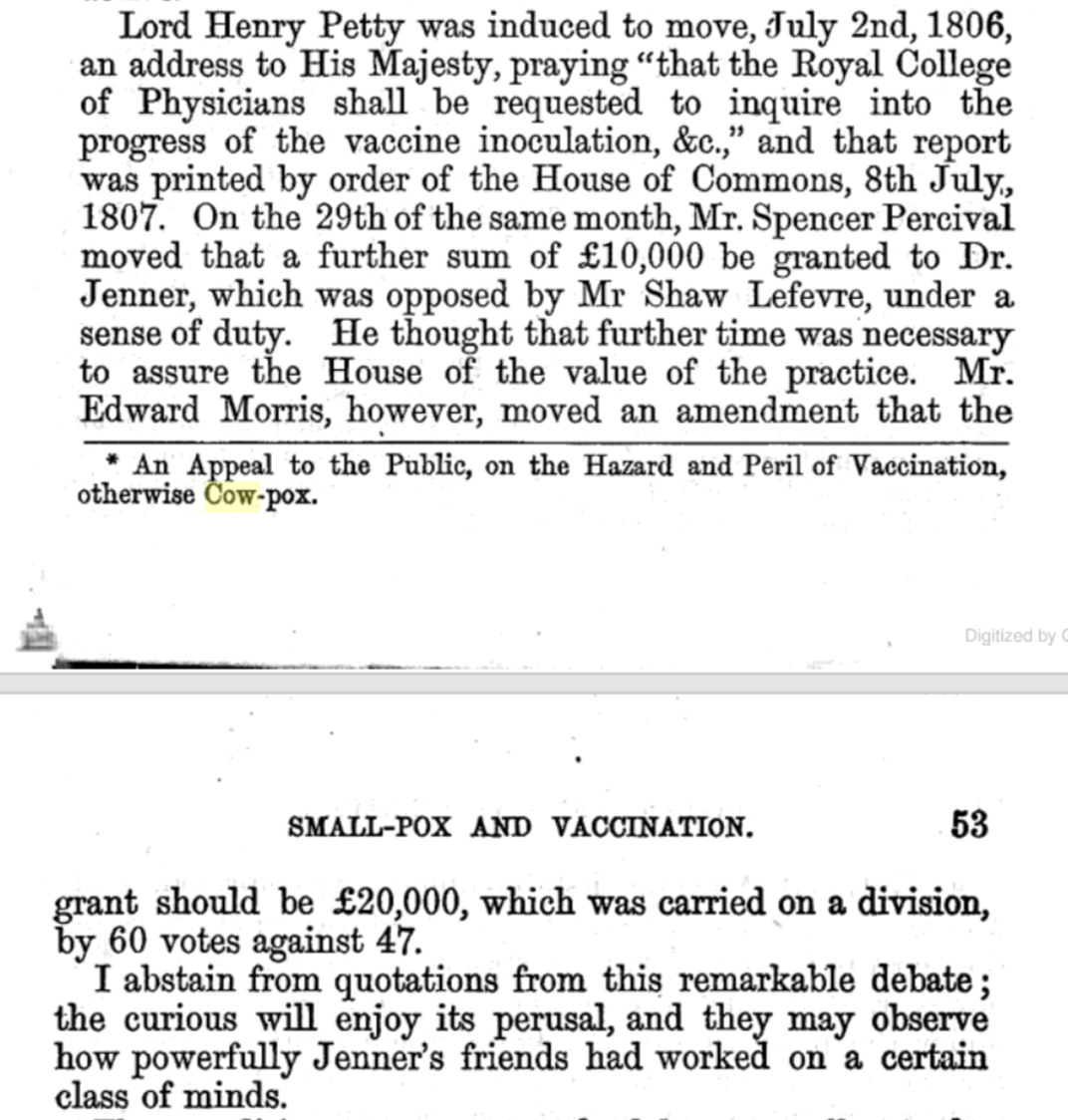
After the use of cowpox vaccine became widespread in England, a smallpox epidemic broke out which killed 22,081 people. The smallpox epidemics became worse each year that the vaccine was used. In 1872, 44,480 people were killed by it. England finally banned the vaccine in 1948.
Japan initiated compulsory vaccine in 1872. In 1892, there were 165,774 cases of smallpox there, which resulted in 29,979 deaths.
When Germany imitating compulsory vaccination in 1939 (during the Nazi regime), the diptheria rate increased astronomically to 150,000 cases. Norway, which never instituted compulsory vaccination, had only fifty cases during the same period.
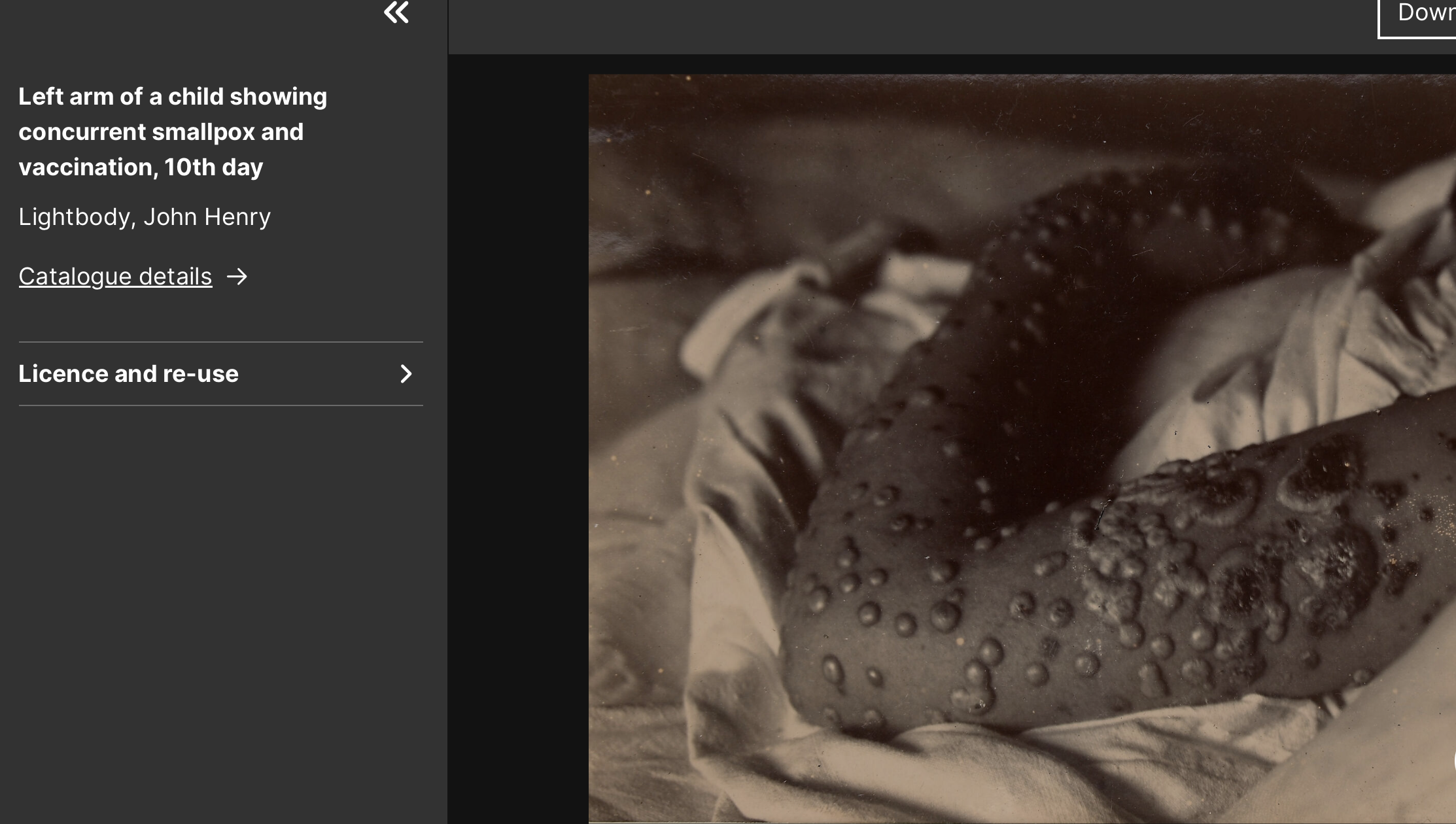
A Theory of Jenner's Progress: From Pig to Child to Cow to Child to Cow to Horse to Child (and back to Cow)
Though Jenner is credited for curing disease, it's far more likely that he forcibly created disease.
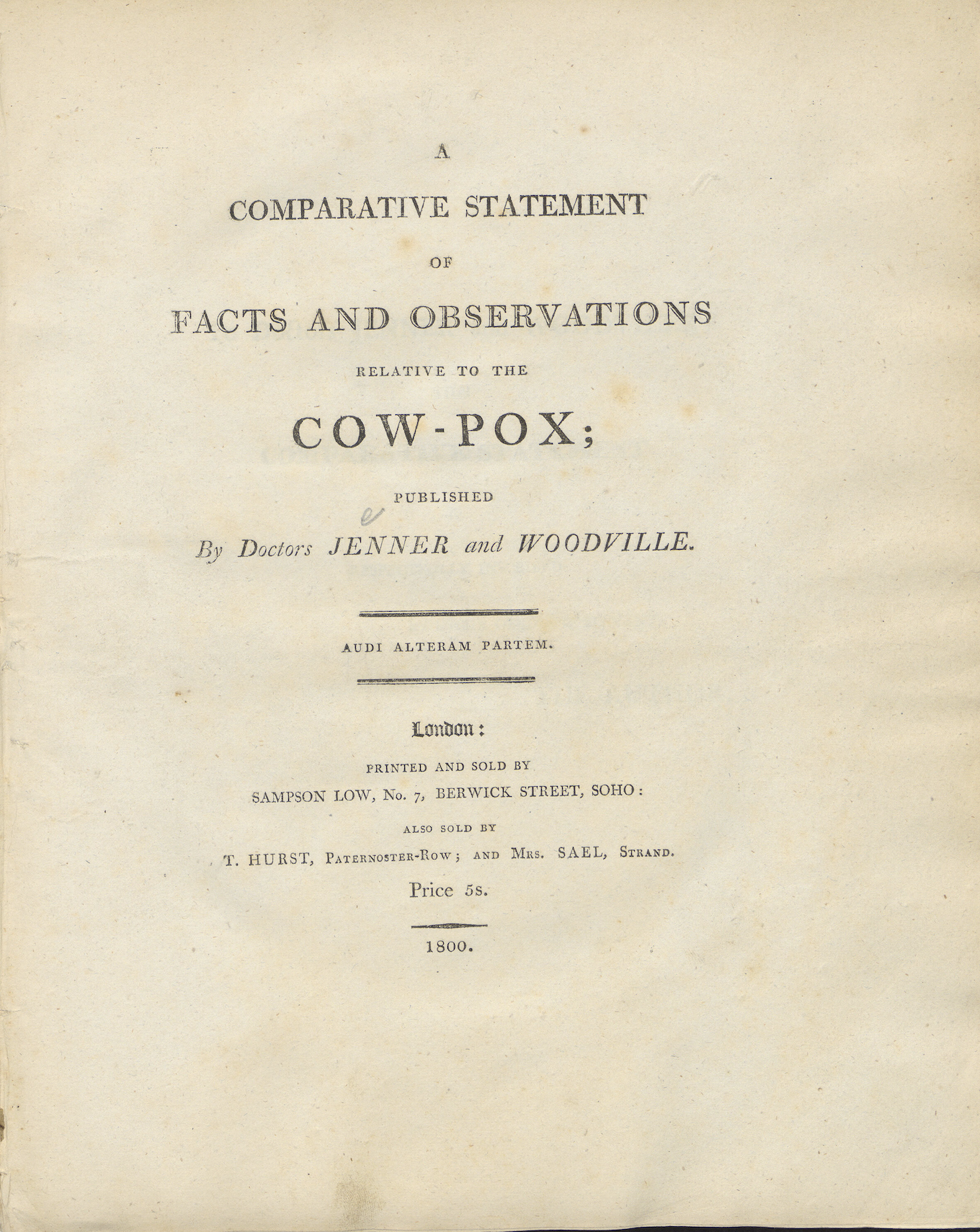
Let's review the facts:
Towards the end of Jenner's mentor's life, John Hunter was obsessed with sexually transmitted diseases. There was a debate at the time on whether or not syphilis and gonorrhea were caused by the same pathogen. Apparently, to "investigate", Hunter inoculated himself with pus from another individual known to have gonorrhea (There are also claims that Hunter was a sexual deviant who enjoyed the company of many young boys that came to stay at his home – some claim his behavior led to his work in sexually transmitted diseases, only because he had accumulated quite a few and was looking to understand and treat them).
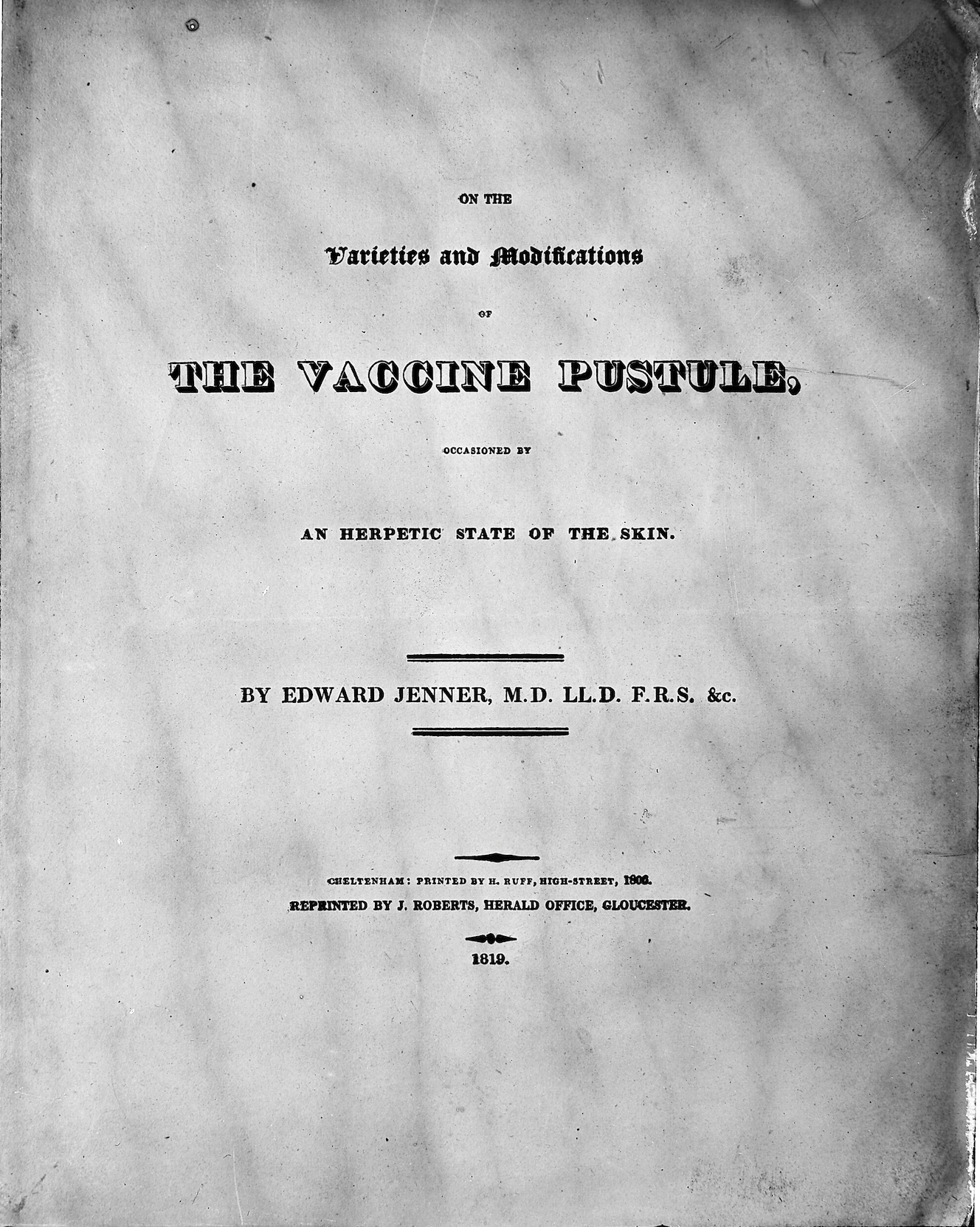
After his "inoculation", he began showing symptoms of syphilis. To John Hunter, this proved once and for all that syphilis and gonorrhea were indeed the same disease. (Even though it's far more likely that either him or the person whose pus he received just happened to have both diseases). Hunter's incorrect conclusion hindered medical understanding for decades
The entire thought process is eerily similar to Jenner's work and his claims that smallpox and cowpox were the same. Even his experiments to prove his claims were similar (except instead of infecting himself, he decided to use his son as his guinea pig).
We also know Jenner spent 10 years experimenting with different animal vaccines to see what produced a reaction in man. He first tried pigs, then cows, then horses.
Which begs the question, what the hell was going on on Jenner's farm? Why were all of his farm animals so consistently ill with herpetic diseases that he was able to keep extracting their putrid pus and injecting it into humans to create "healing"?
Was Jenner purposely infecting animals with syphilis or some herpetic disease so that he could continue his experiments?
Why did the earliest vaccinations frequently lead to eruptions resembling herpetic lesions rather than smallpox pustules?
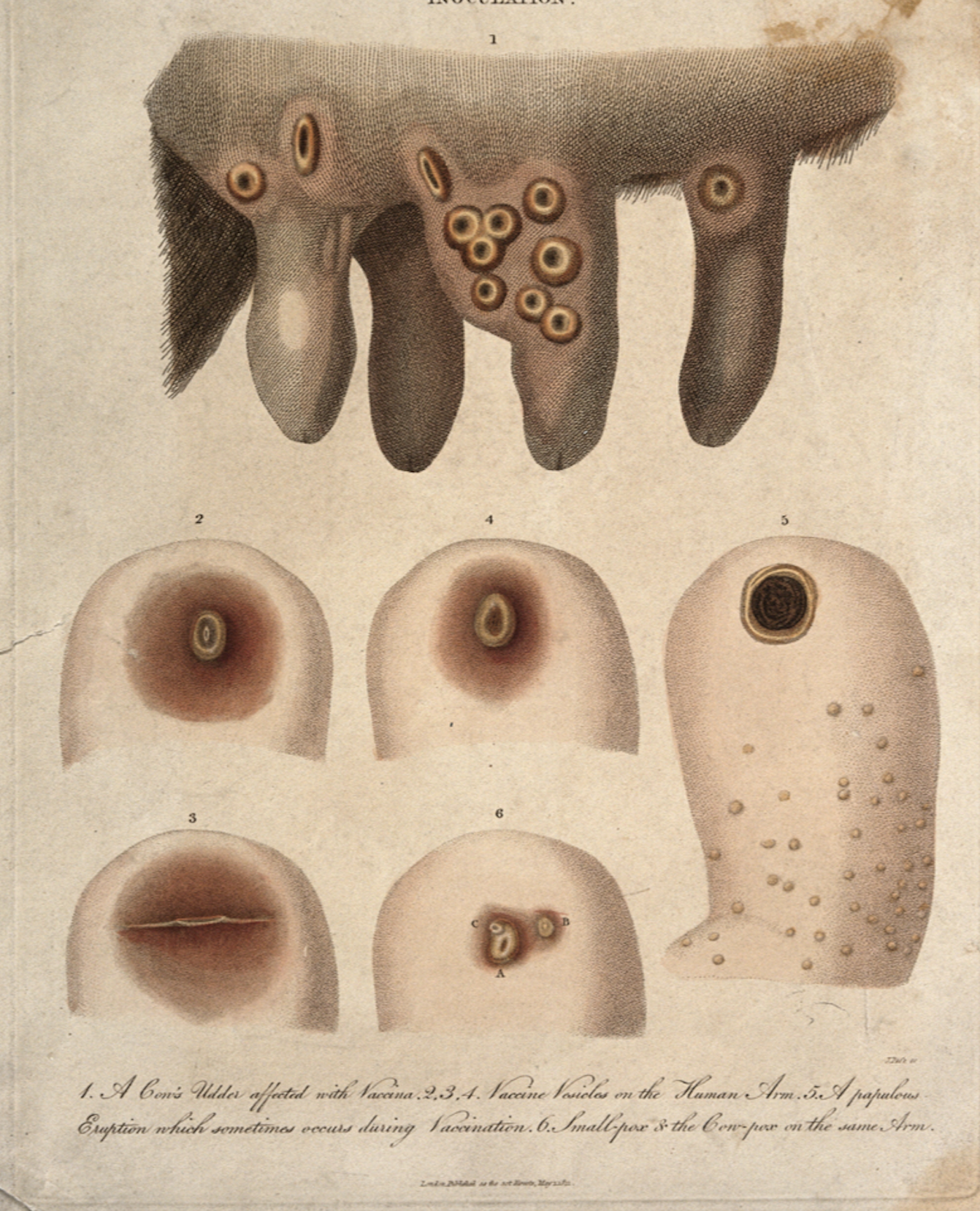
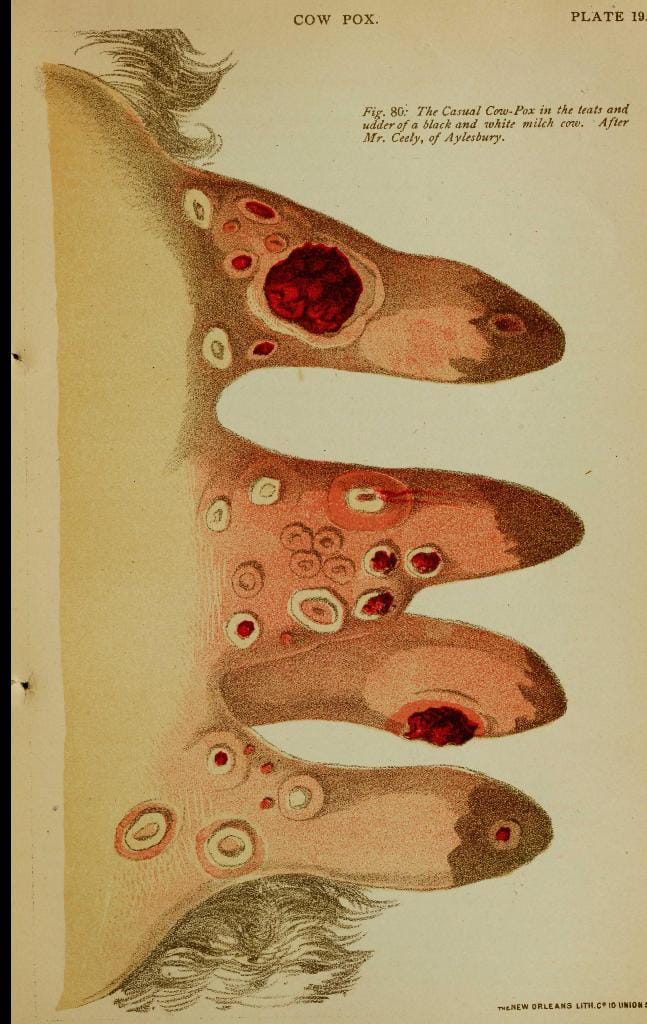
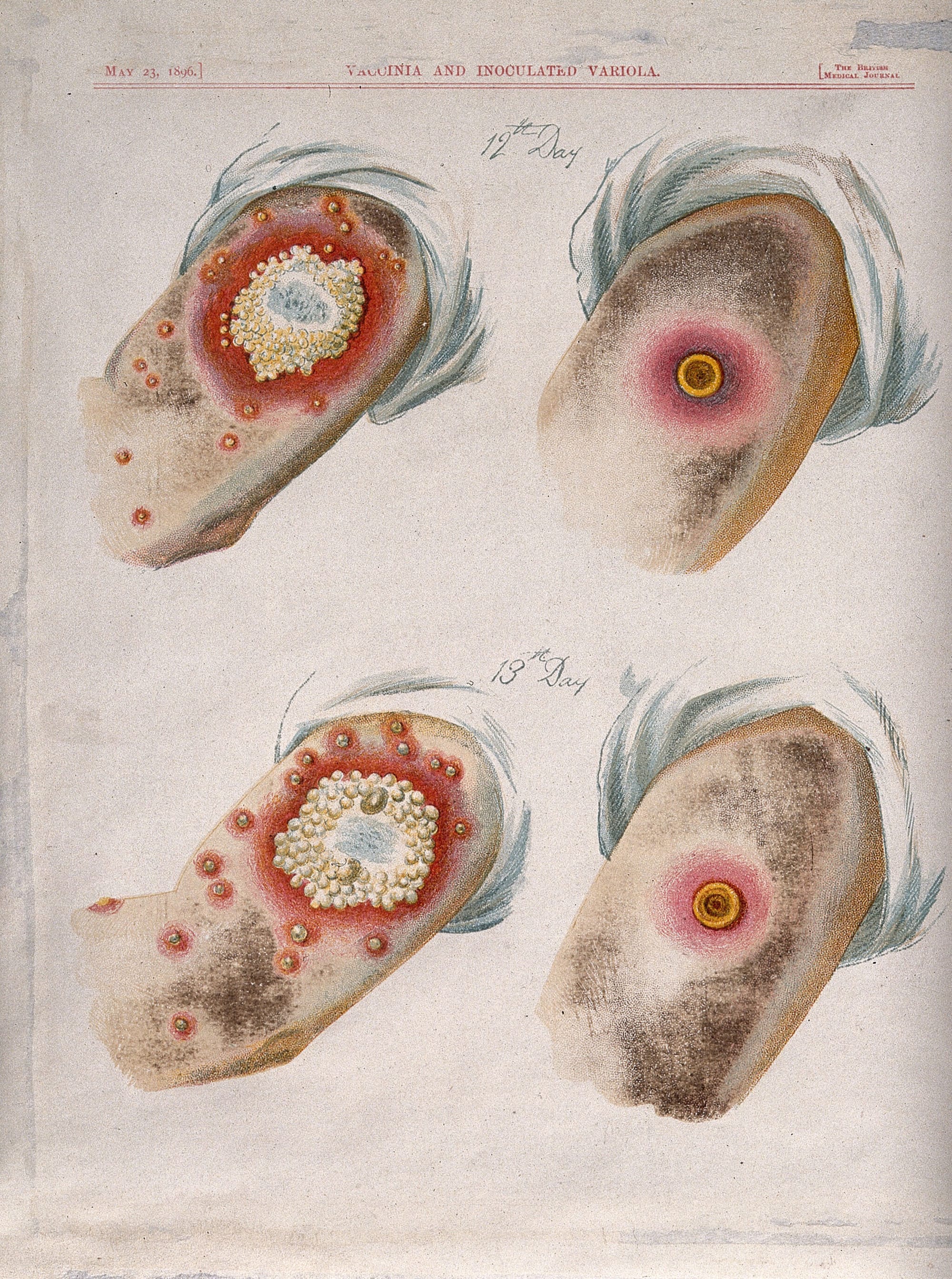
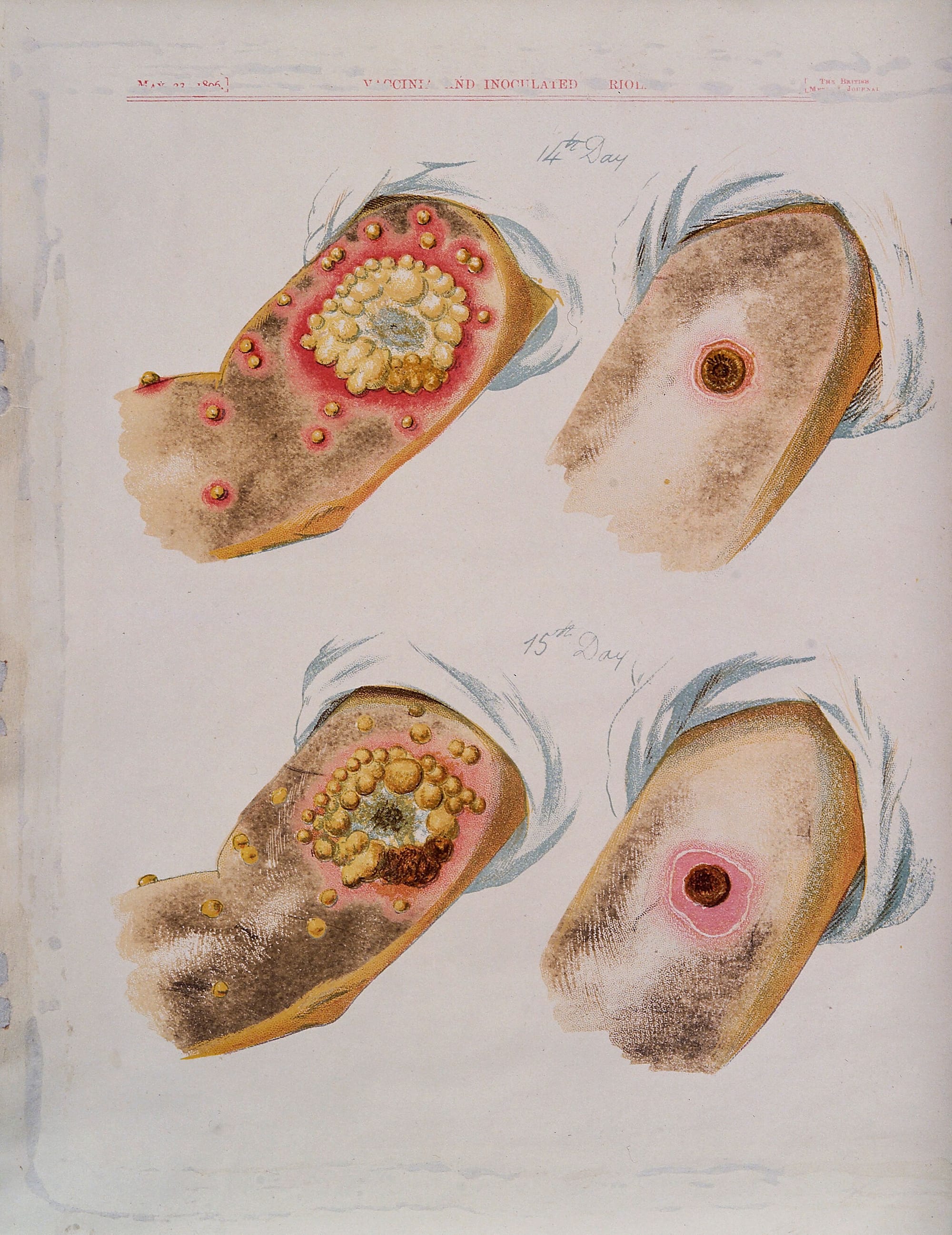
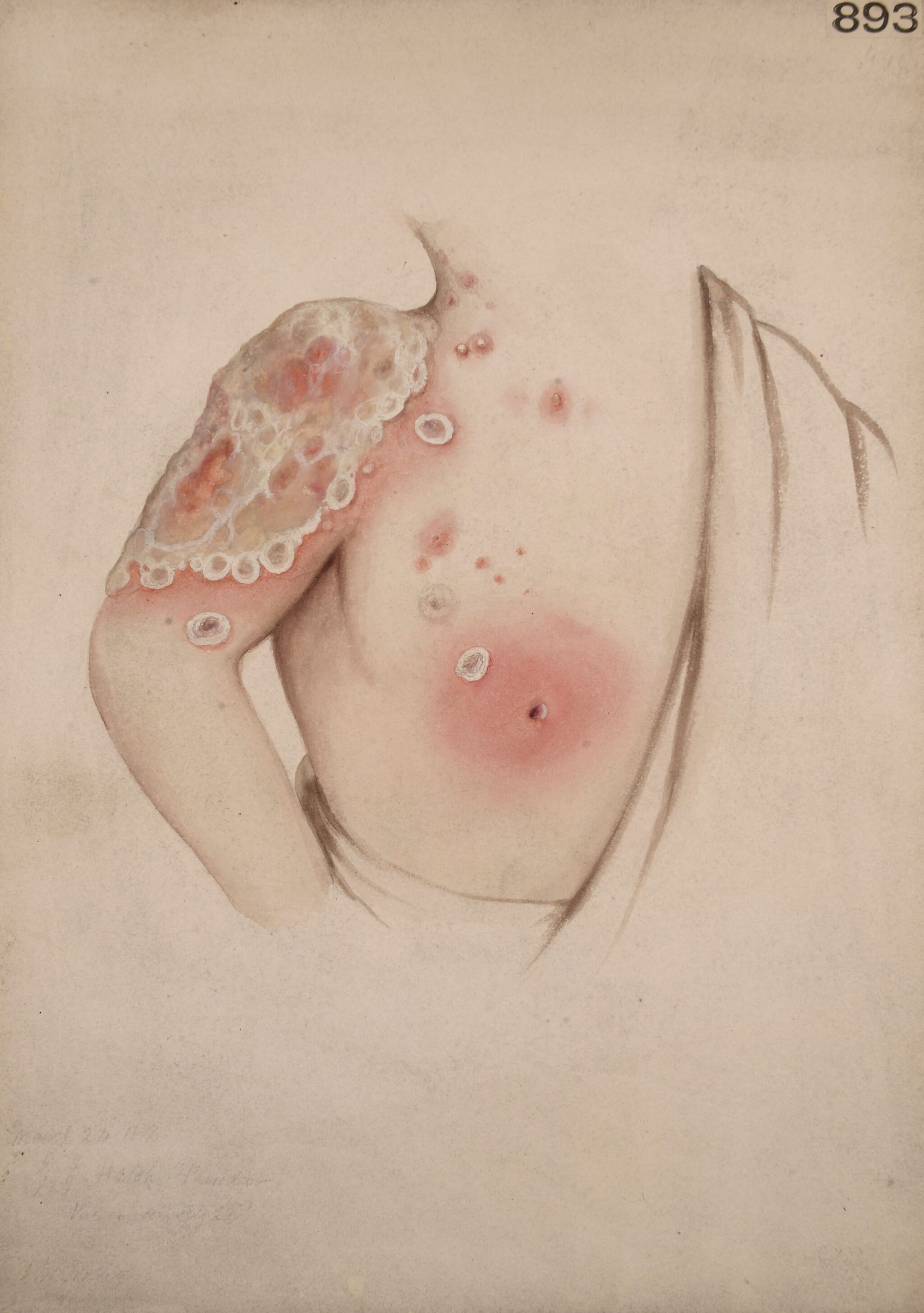
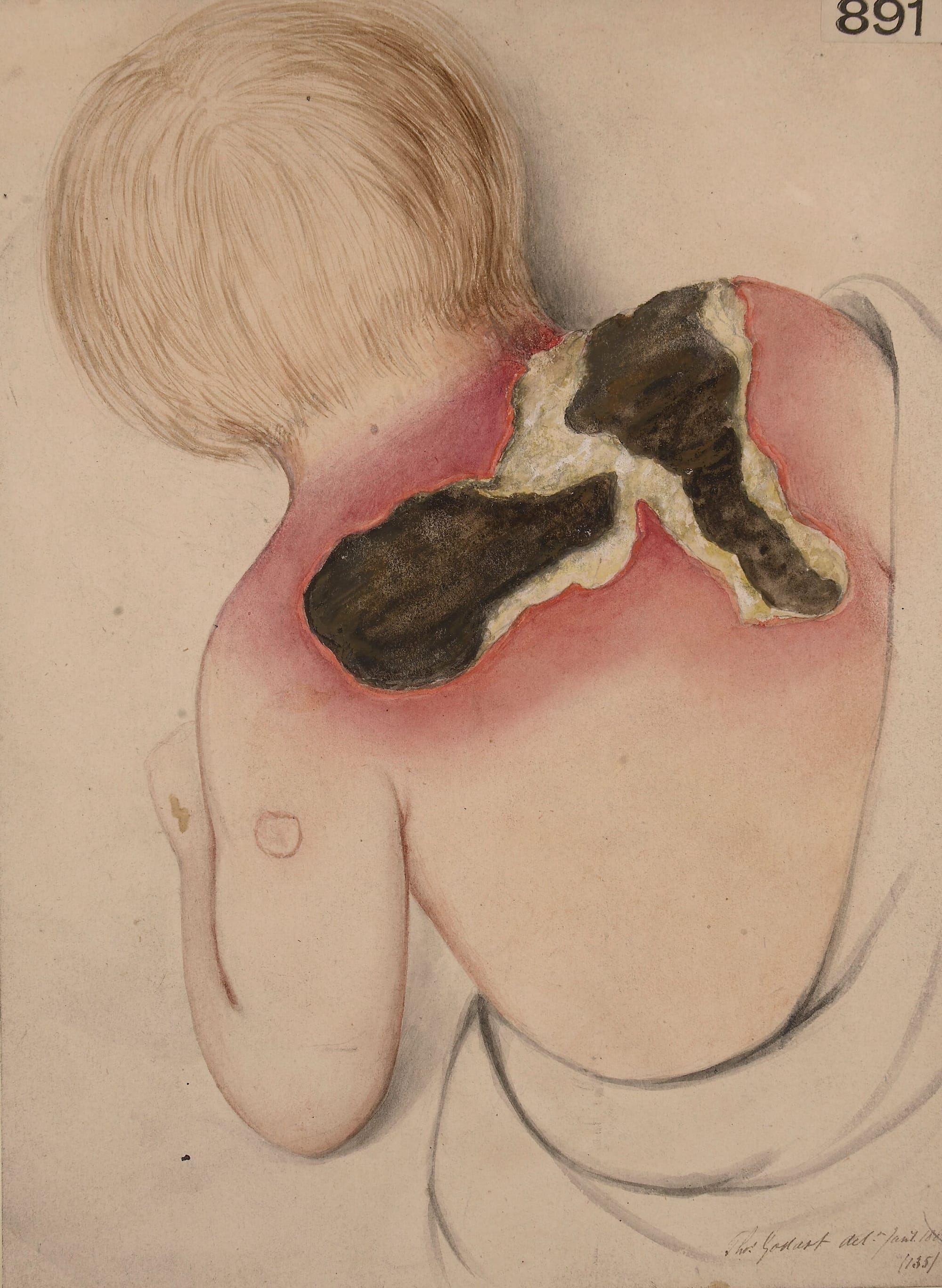
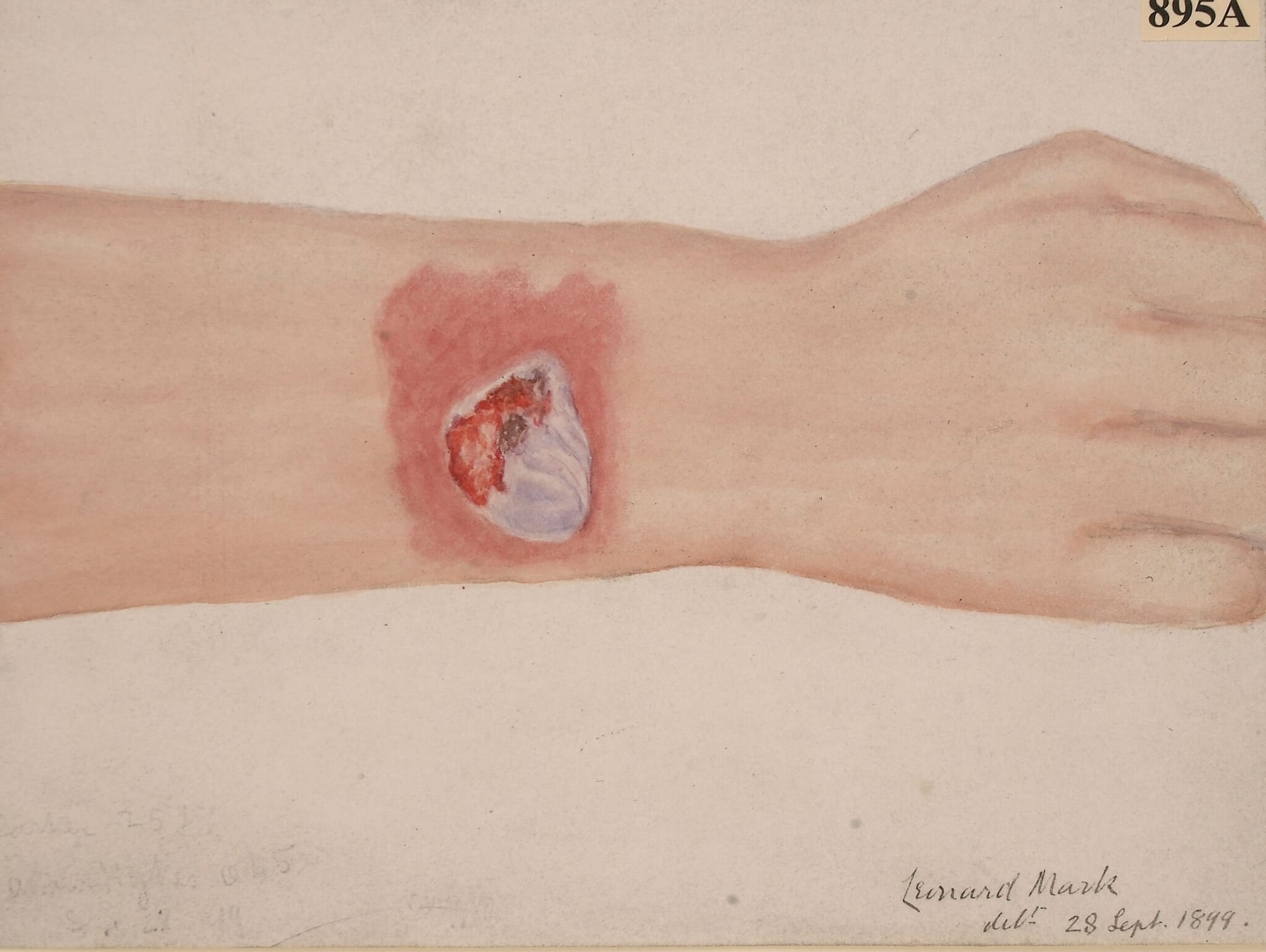
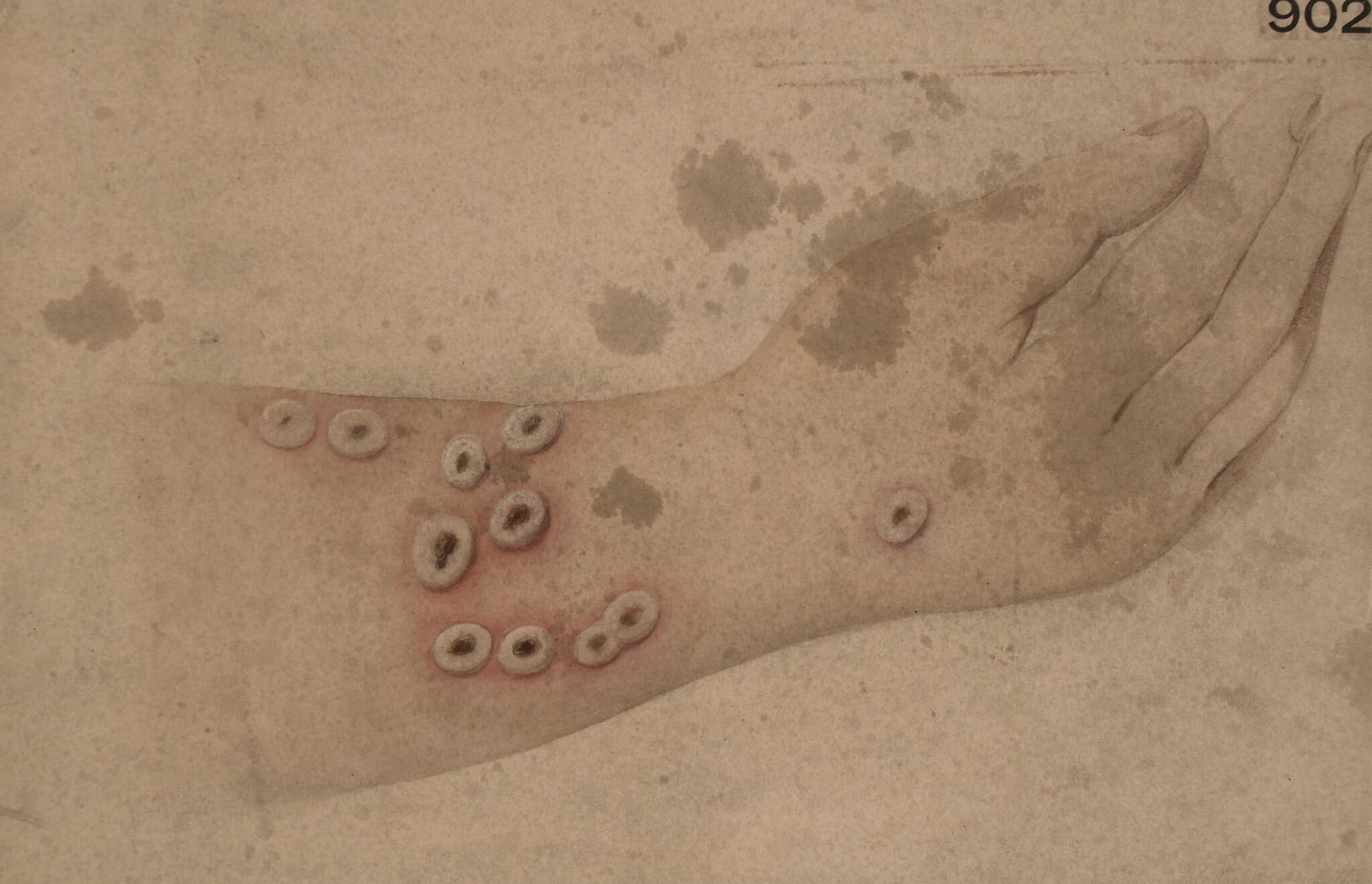
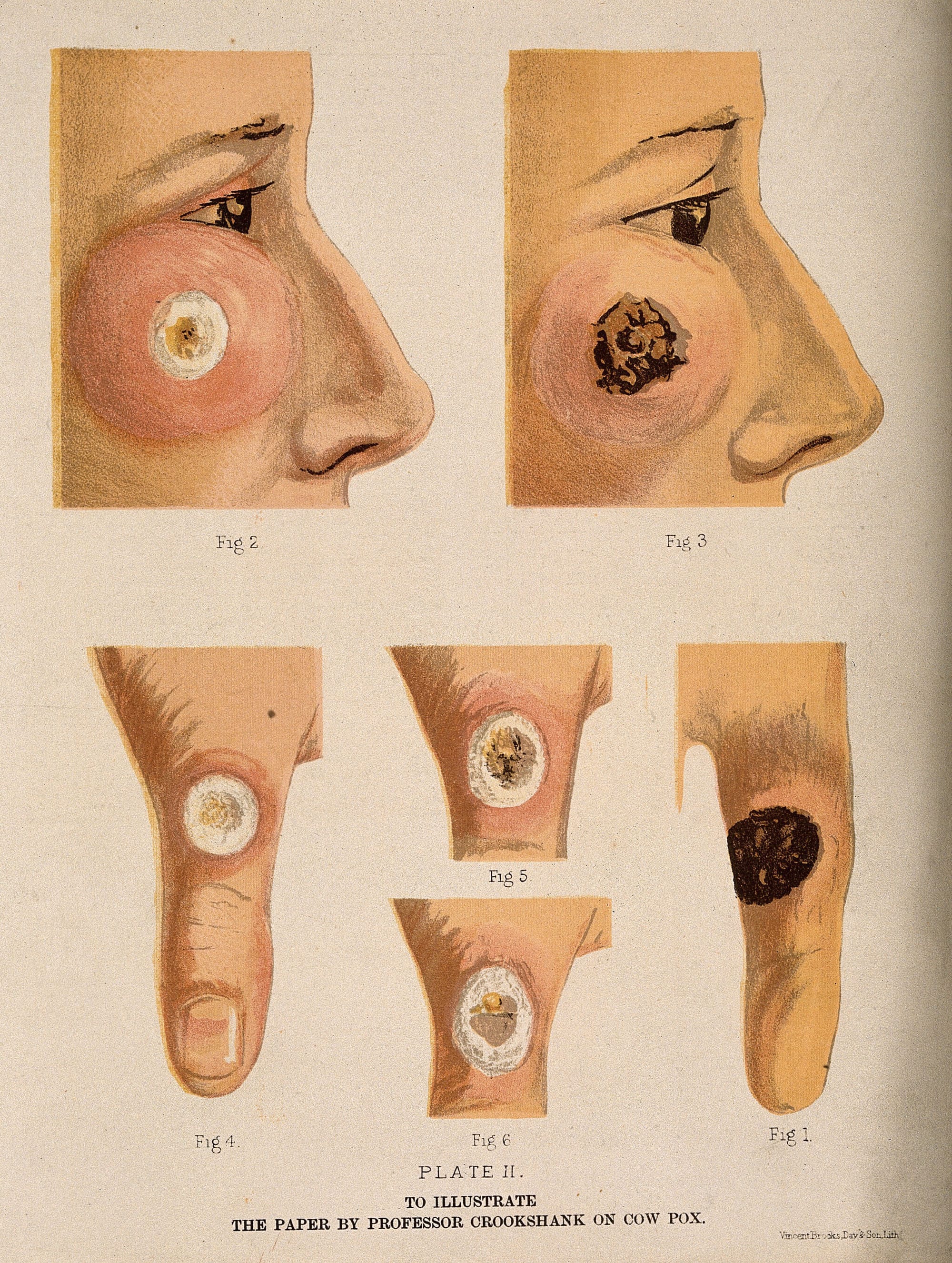
Had Jenner accidentally or deliberately introduced another pathogen into pigs, horses and cattle, such as a strain of syphilis or a herpetic virus, which then altered the so-called "cowpox virus" into something capable of infecting humans?
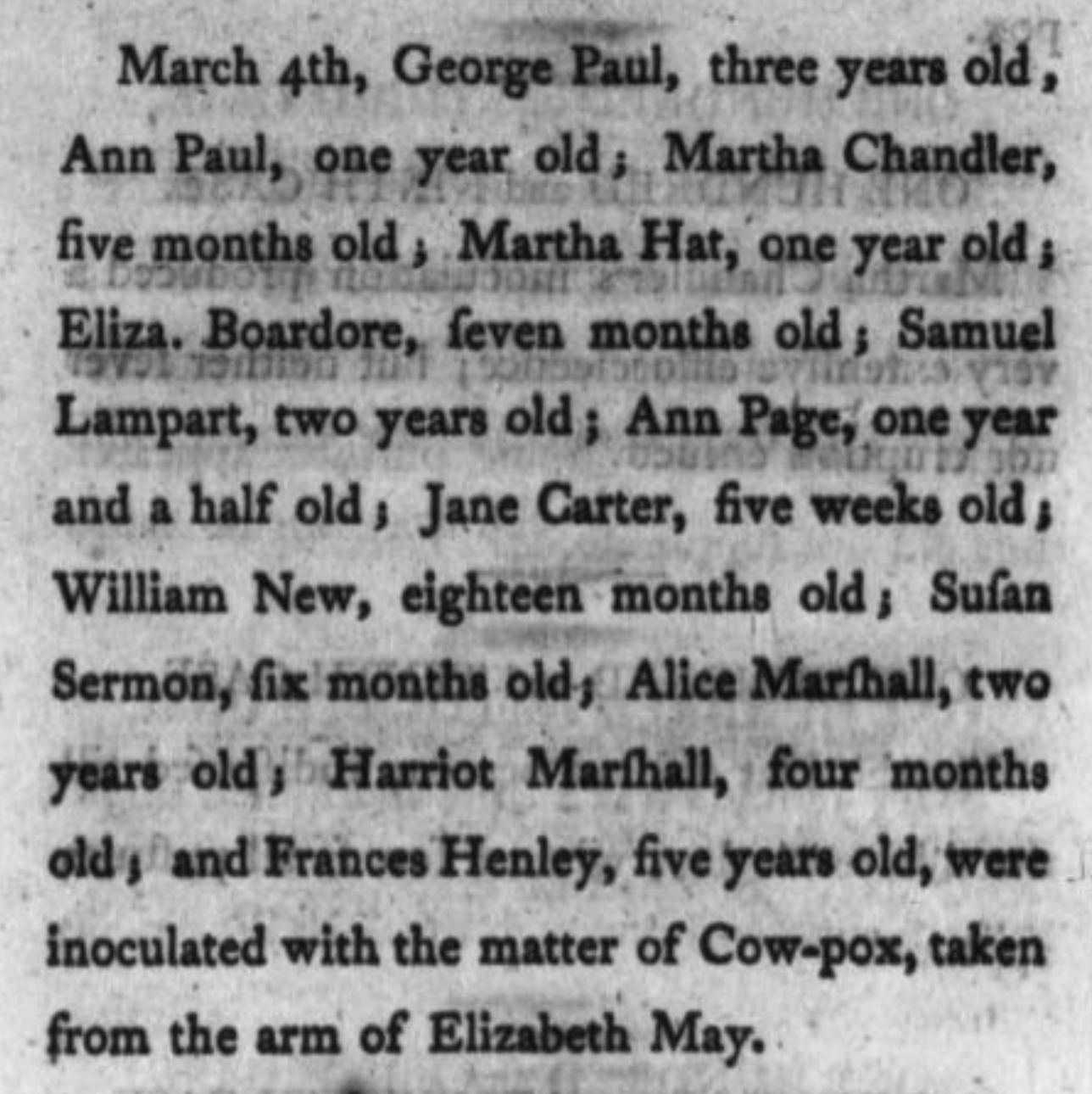
Herpesviruses are known for their ability to establish lifelong infections and interact with other viruses. Since Jenner’s vaccinations involved mixing infected animal pus with human blood, this could have provided the conditions necessary for viral recombination, where animal herpesviruses merged with smallpox, creating a more virulent strain.
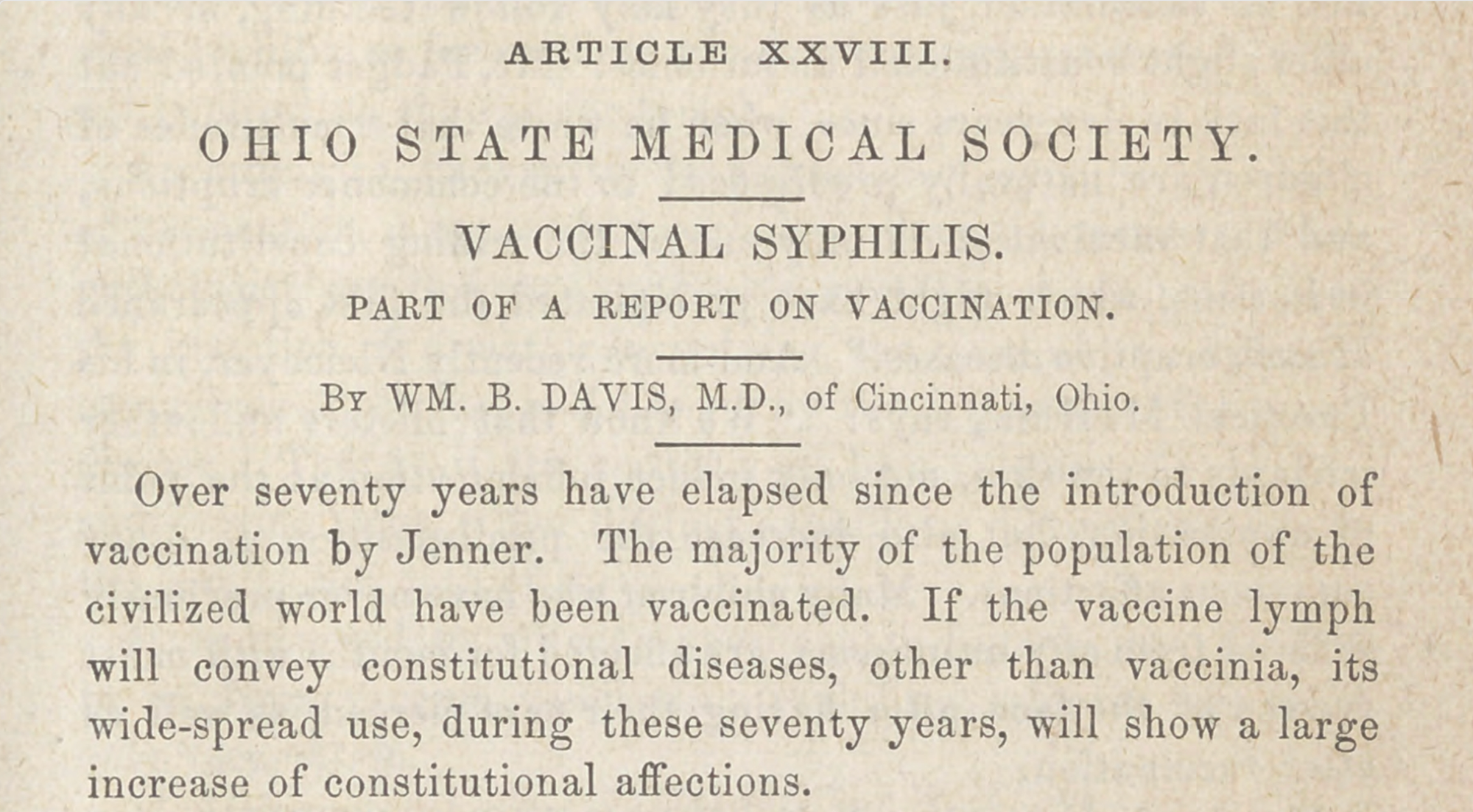
This explains why smallpox became far more lethal in the 18th and early 19th centuries, following widespread vaccination campaigns.
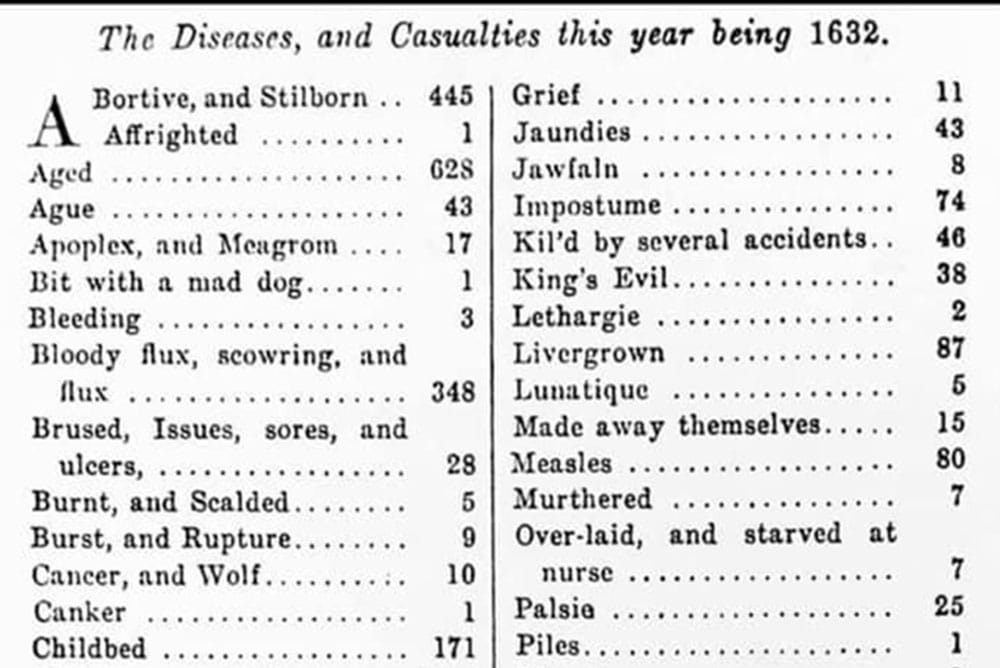
The conclusion that follows is that Jenner did not discover the cure to disease for mankind – Jenner’s vaccination actually created a deadlier smallpox.
And I'm not the only one who's come to this conclusion.
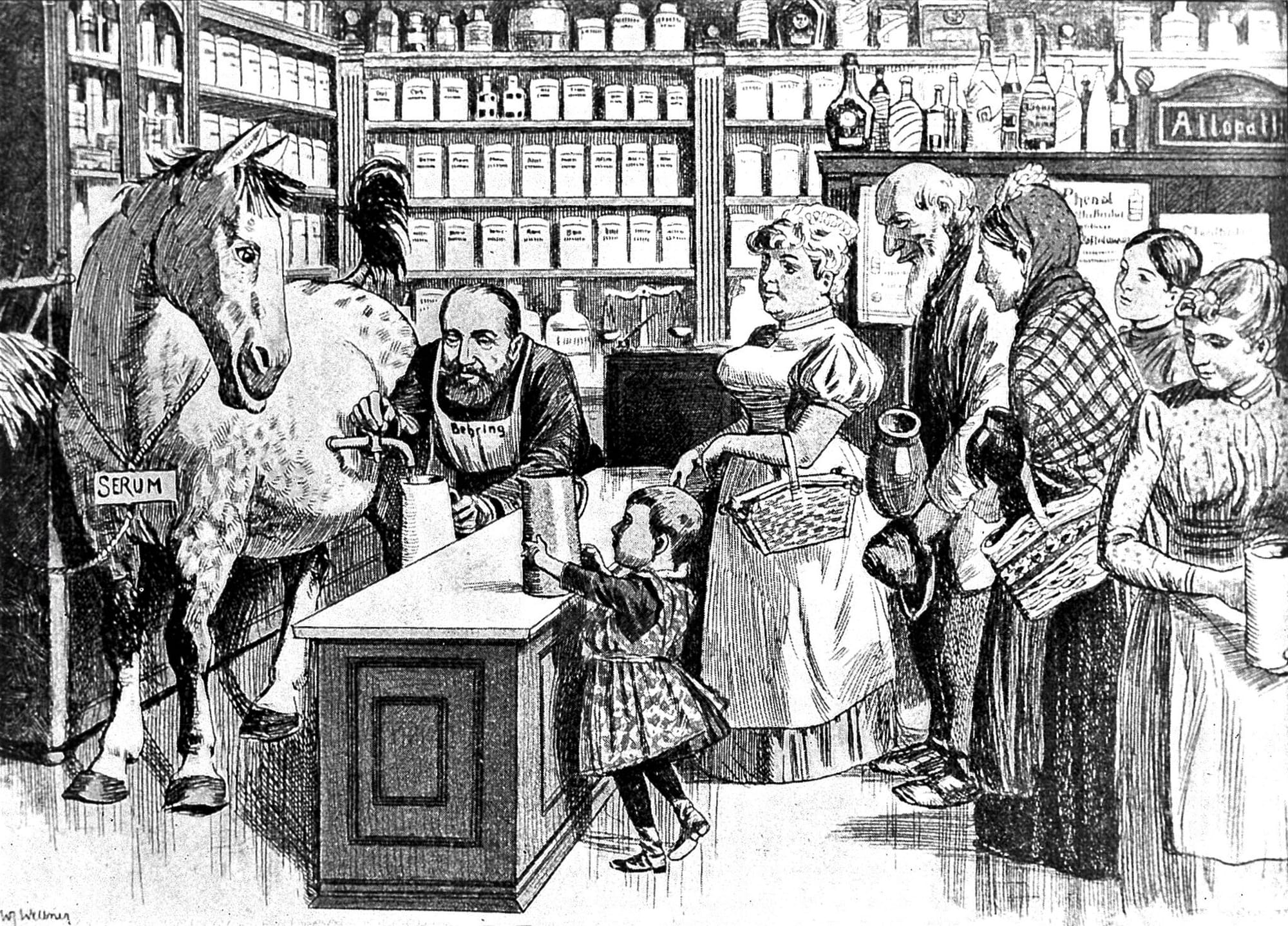
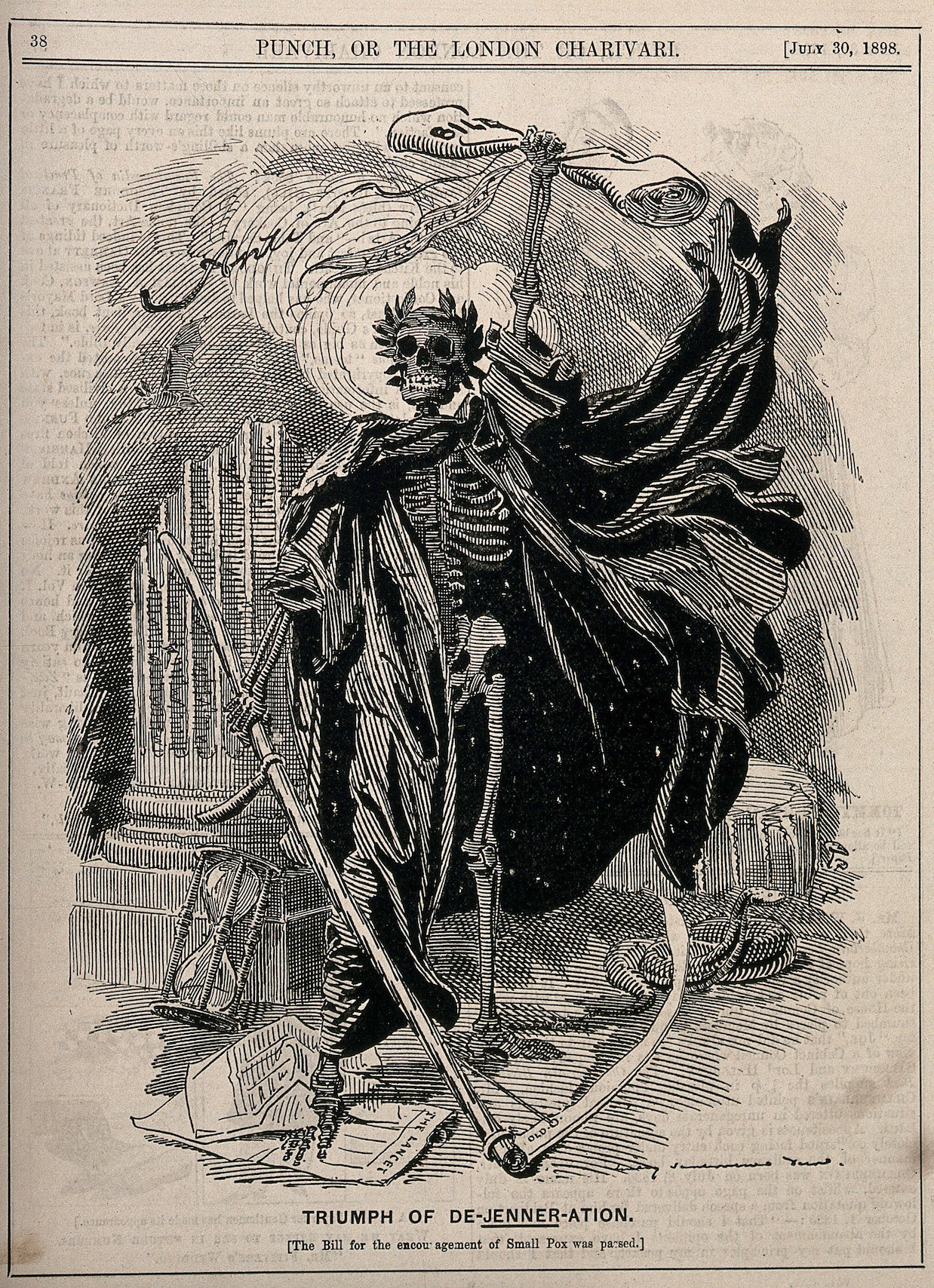
The State of Smallpox Before Jenner
Prior to Jenner’s experiments, smallpox had been a stable disease for centuries, one which infected infants once and rarely effected adults. In only the most undernourished children did death occur.
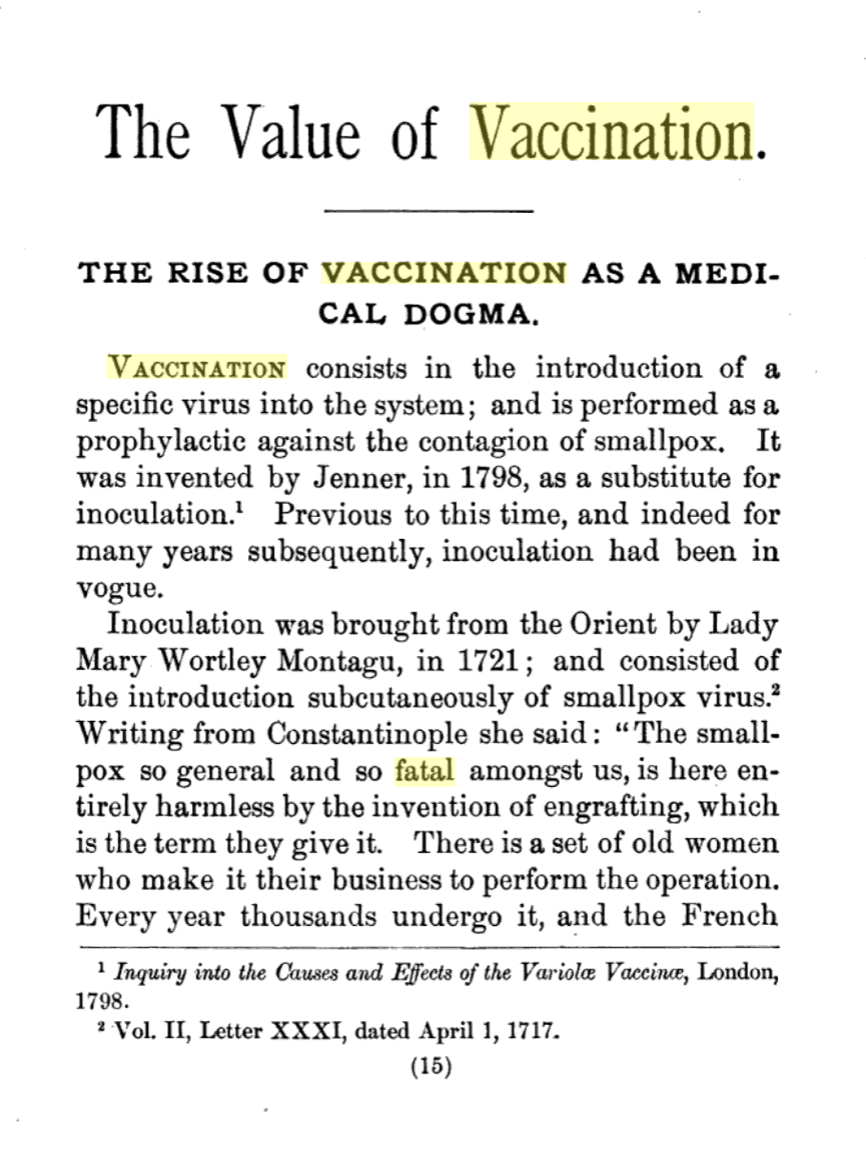
In 1720, Lady Montagu was responsible for urging citizens to "inoculate" themselves, after trying the practice on prisoners and claiming its success. The practice of inoculation turned out to be extremely deadly, as it spread blood diseases, fecal matter and other putrid bacterial from human to human, directly to the blood.

Had the practice of inoculation not occurred, we would easily be able to recognize the stark contrast between Jenner's smallpox and the smallpox of antiquity, but the practice of inoculation allowed Jenner's practice to, at first, seem like a success.
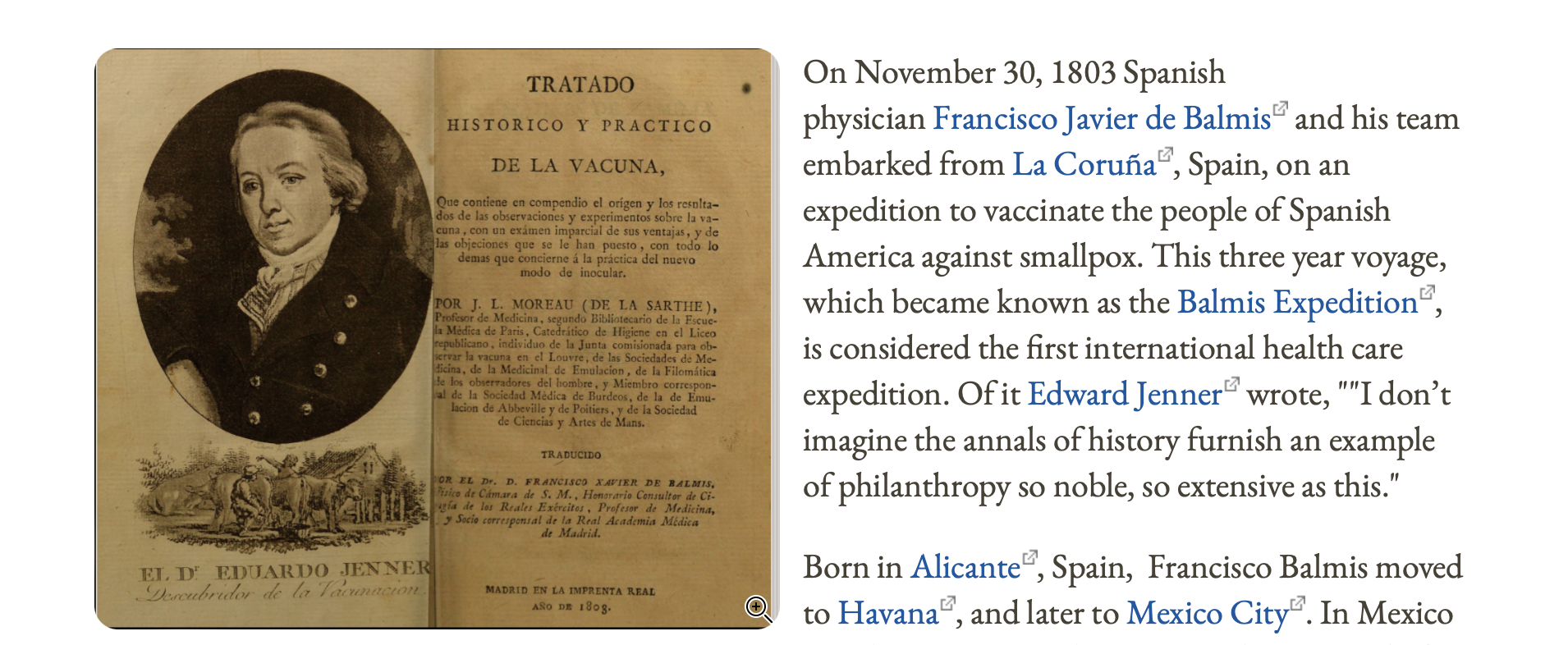
The only problem is, much like his son and James Phipps, the "side effects" of vaccination do not just occur immediately after the injection. They exist in the body for life, wreaking havoc.
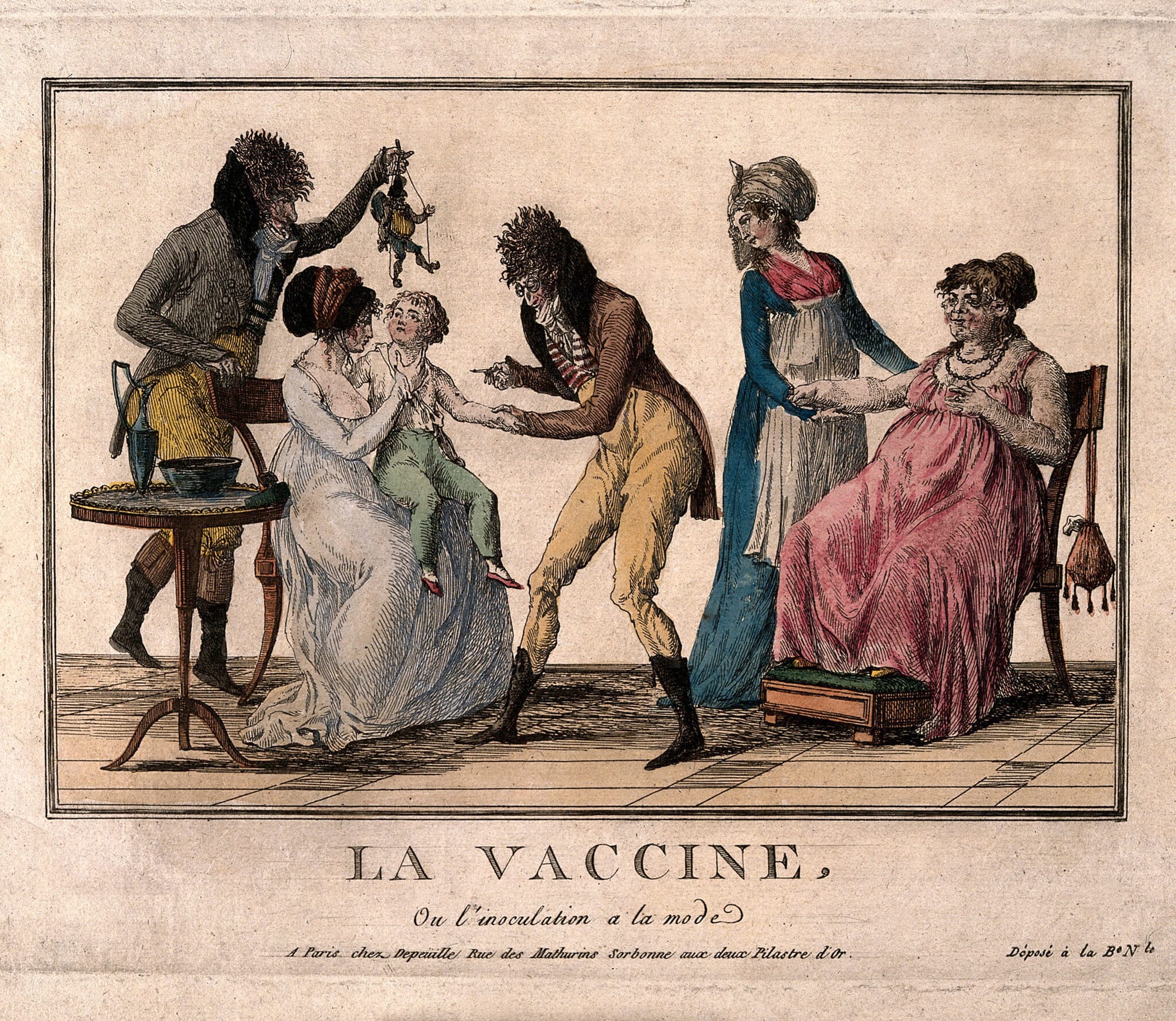
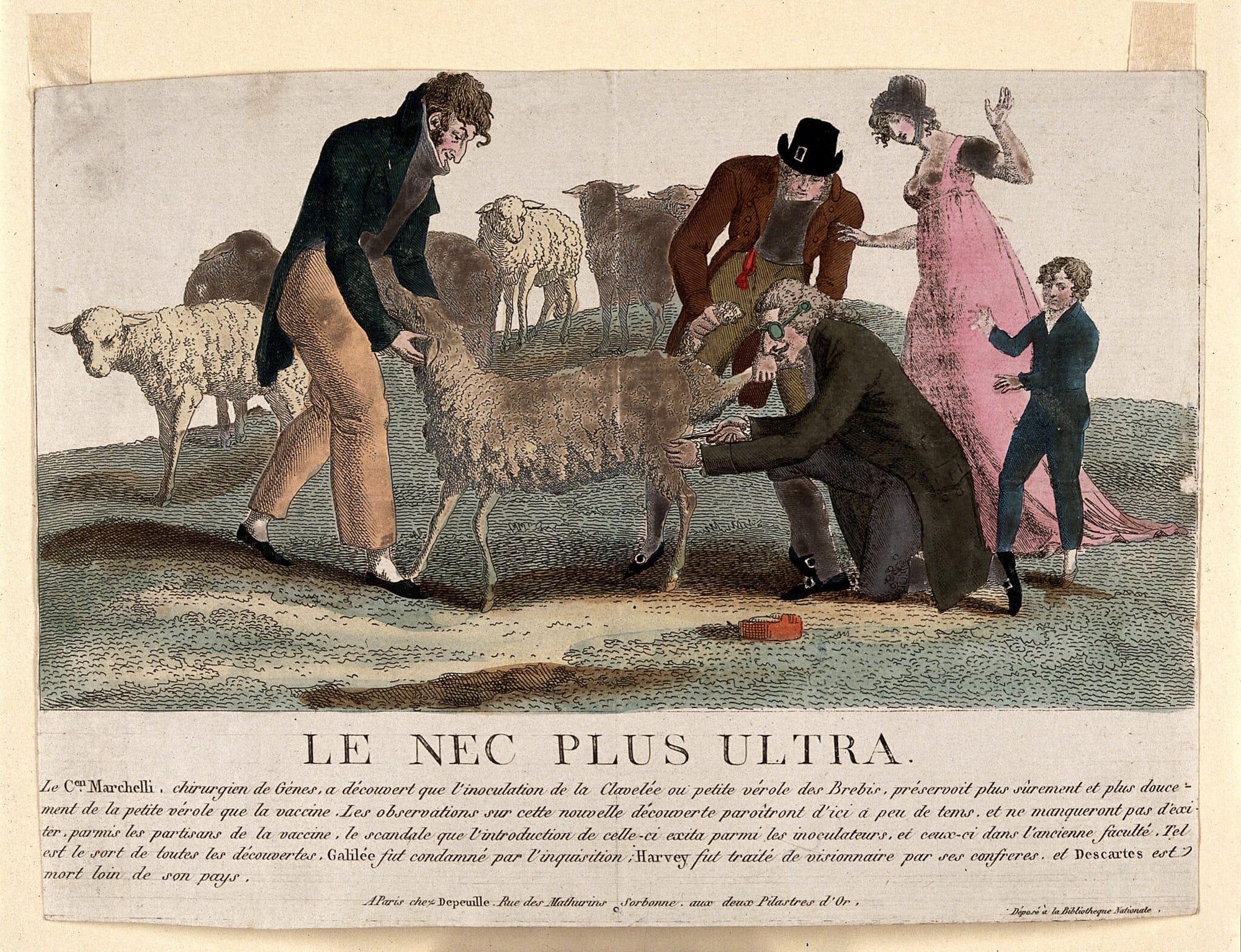
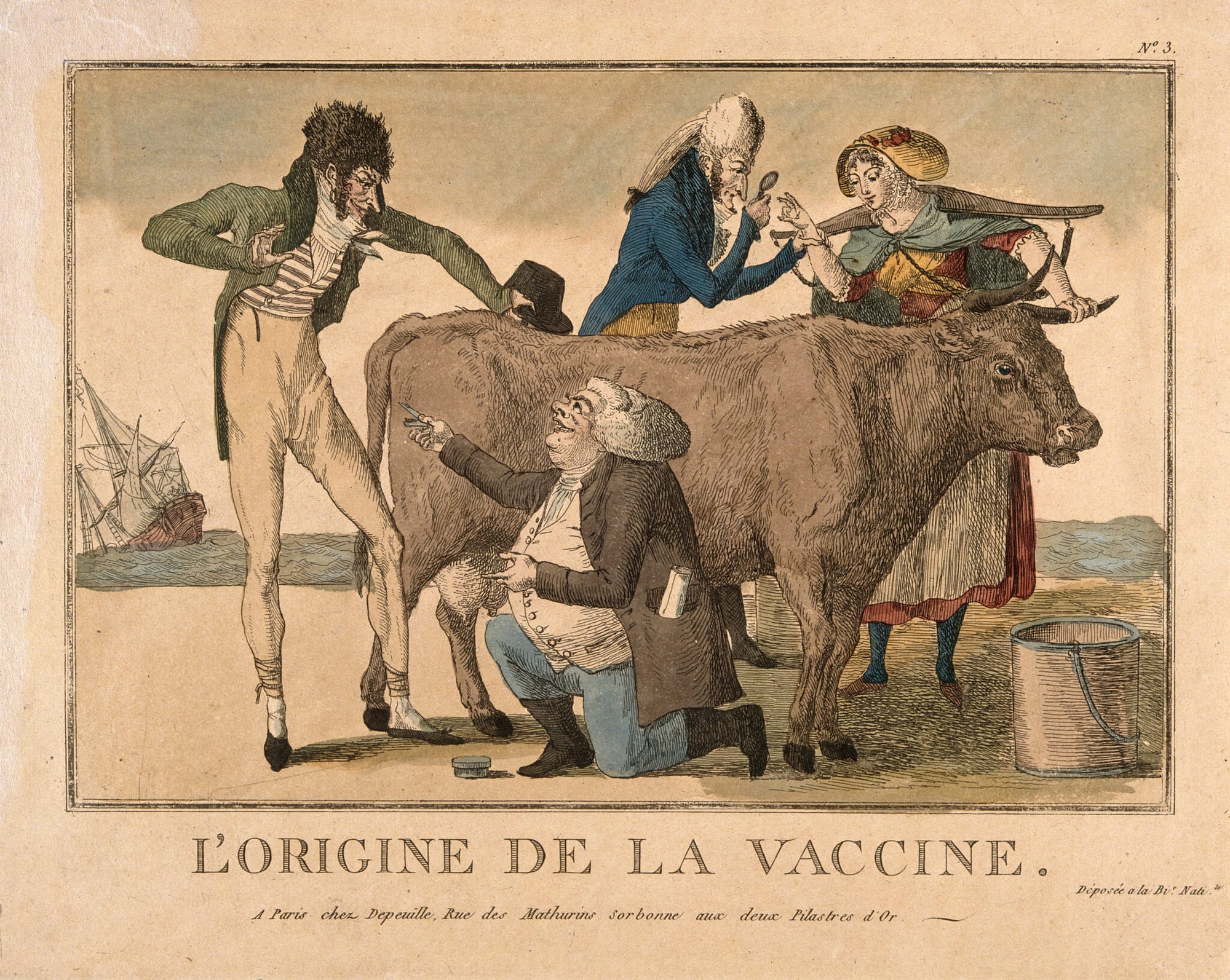
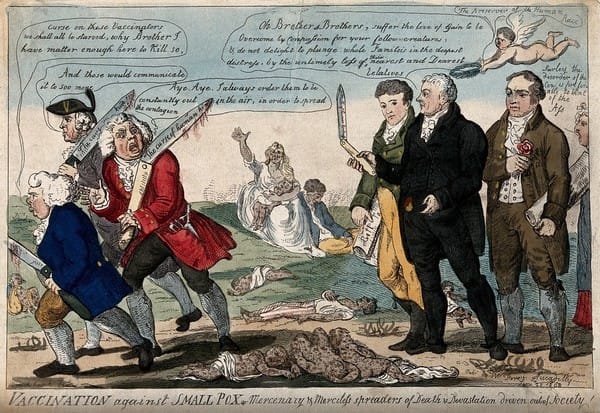
It's not surprising then that after vaccinating thousands, hundreds of thousands, of babies and individuals across the UK in the first decades of 1800, that diseases became catastrophic in the following decades.
Much like Jenner, Lady Montagu is seen as a saint in history, "advocating" for her citizens to be protected from disease. In truth, she cared very little about her people, and simply wanted to be in a city without disease – it didn't matter to her how that outcome came about.
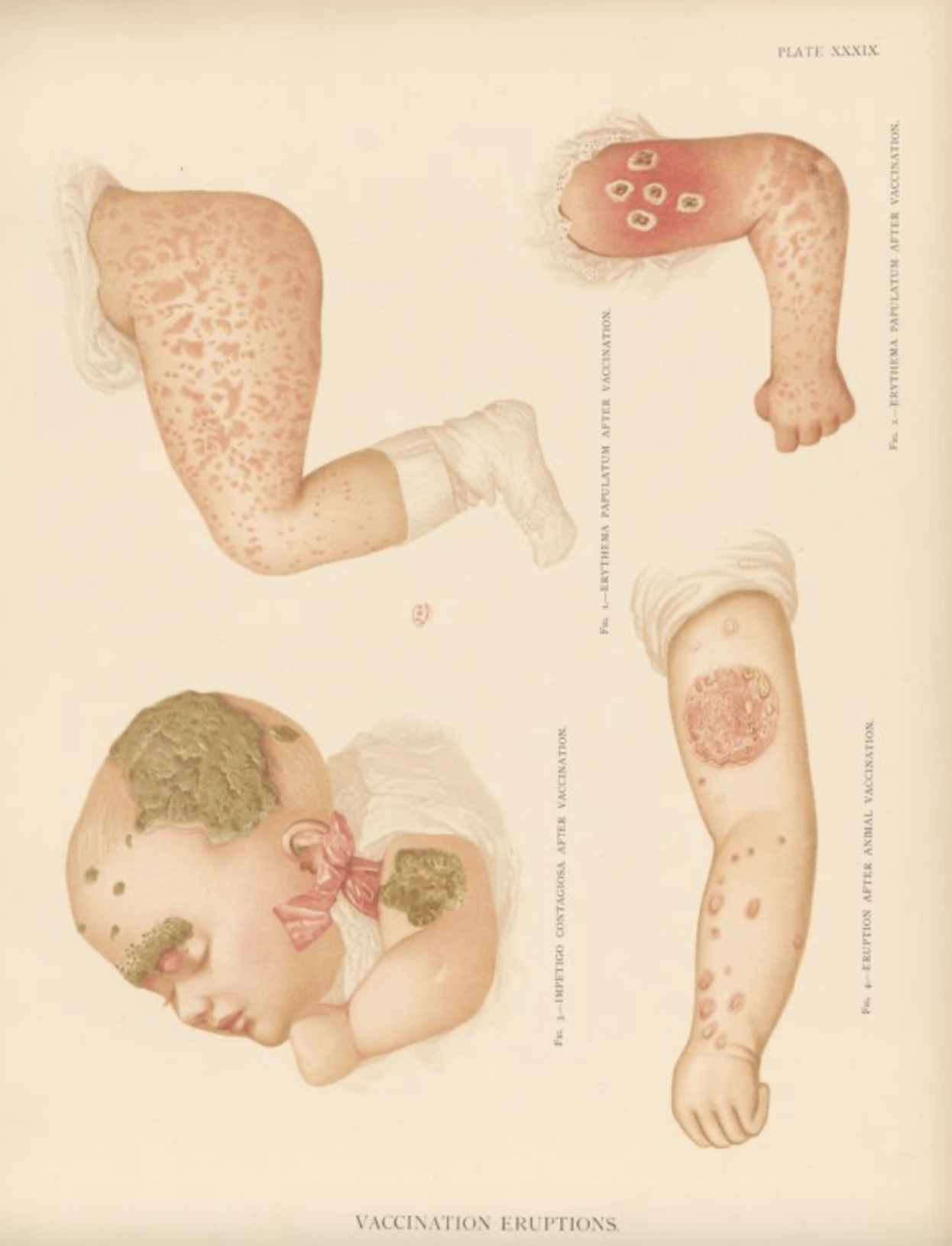
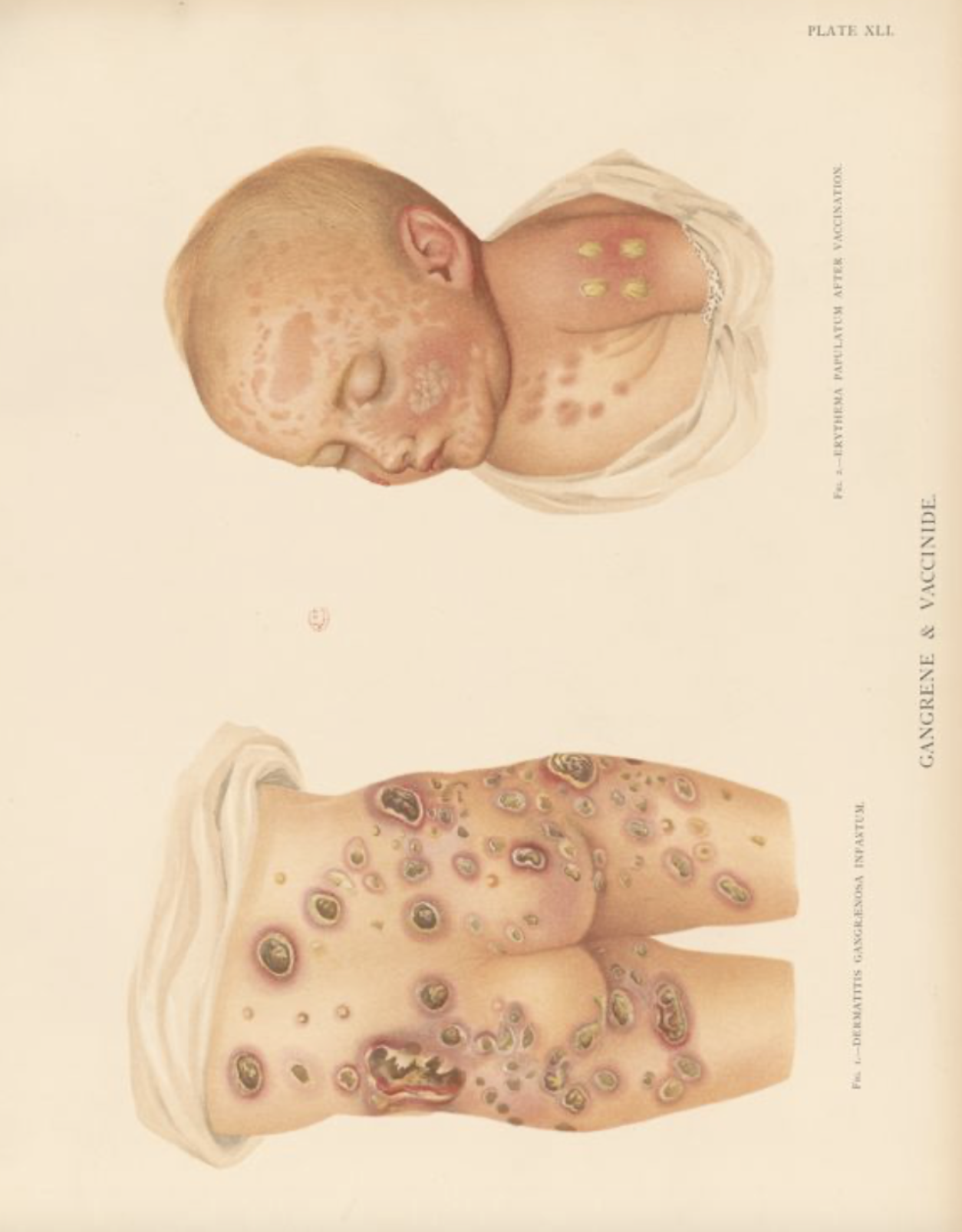
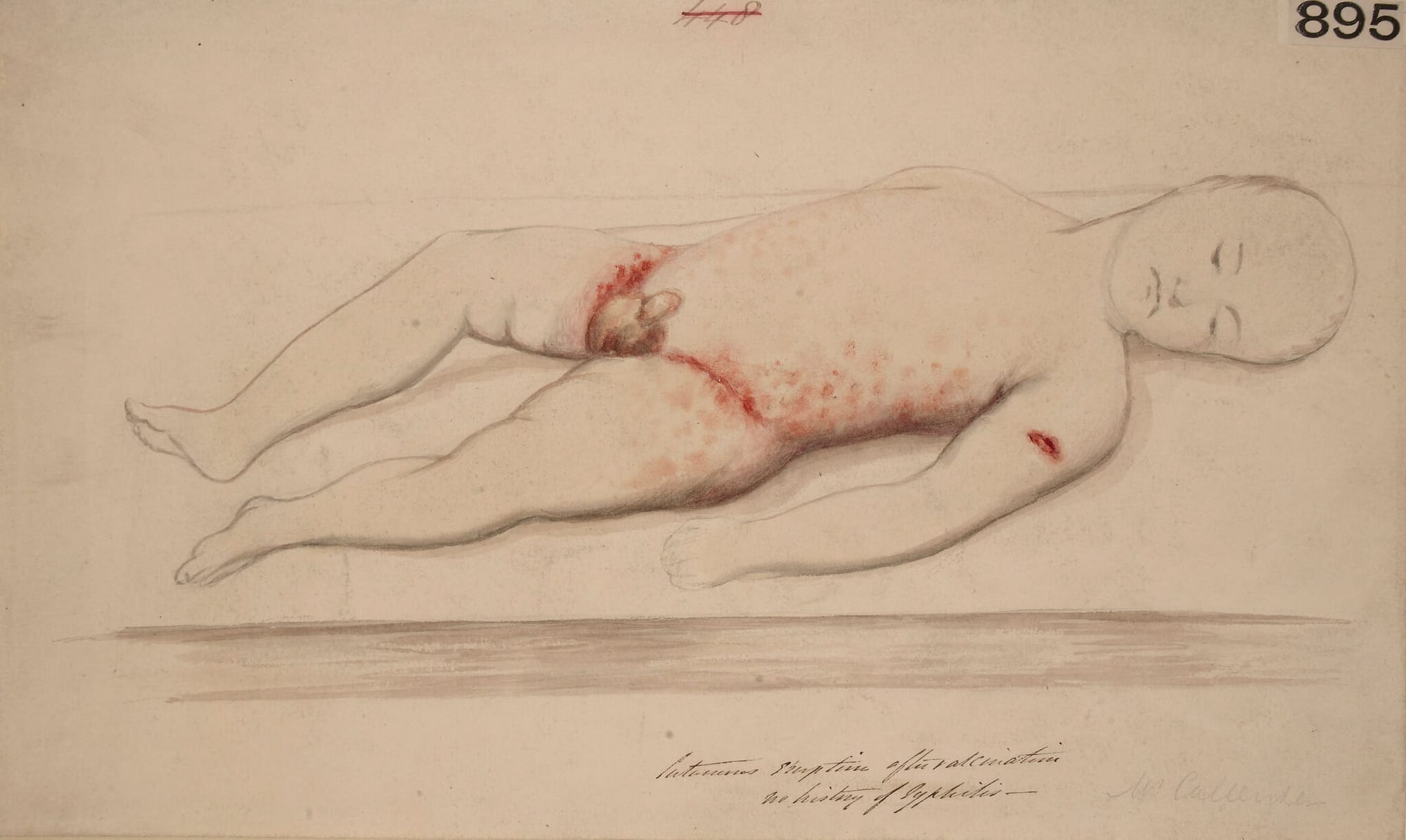
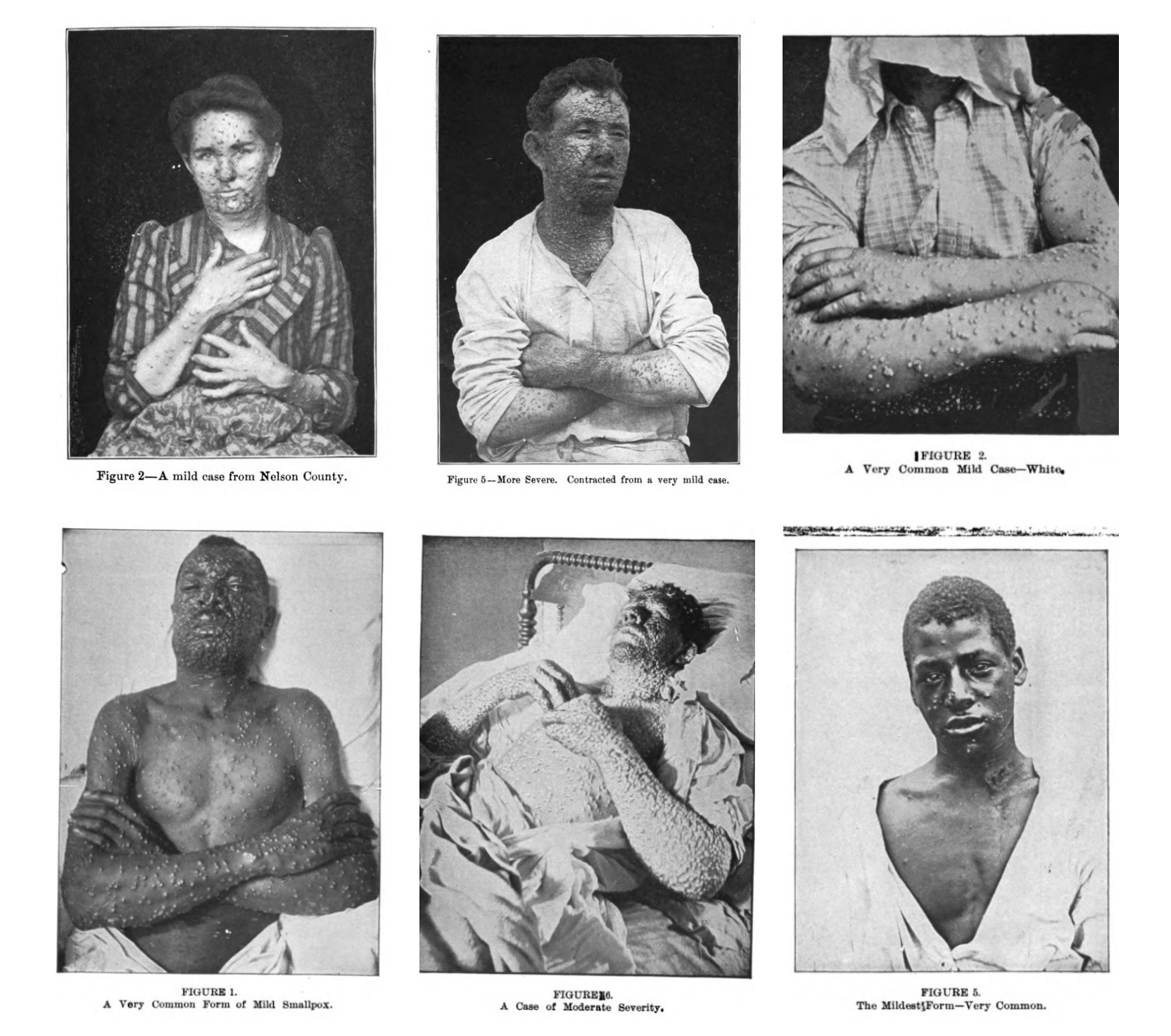
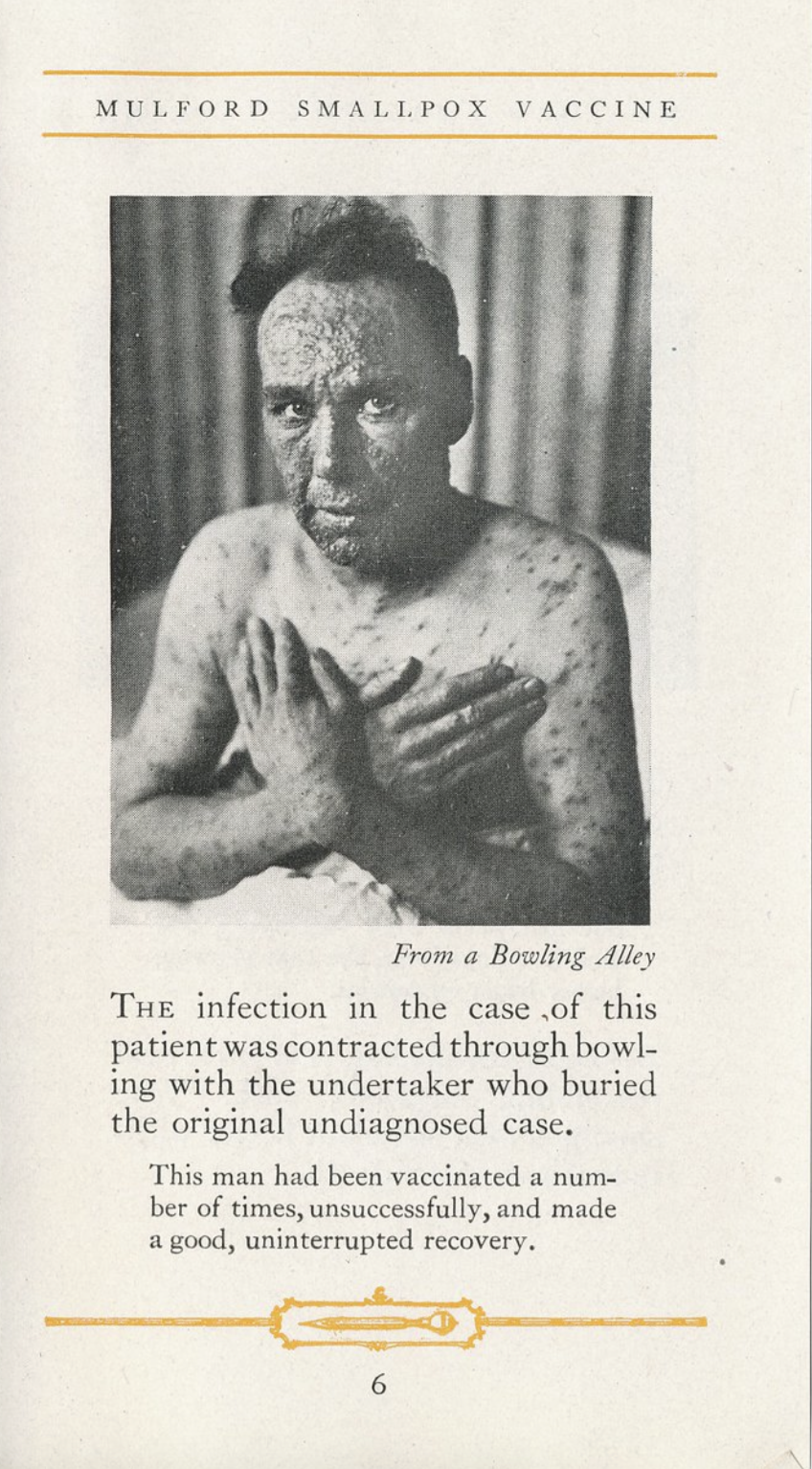
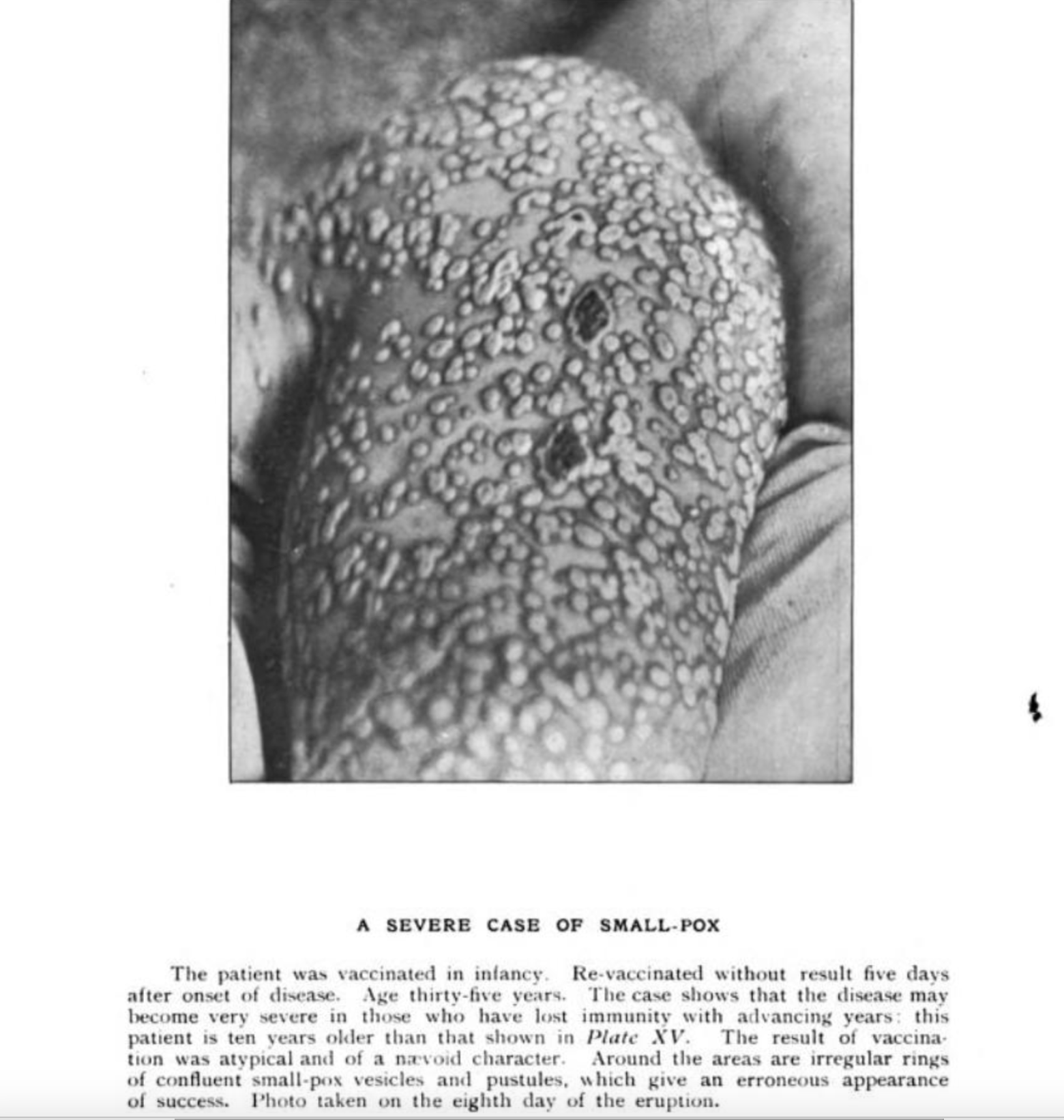
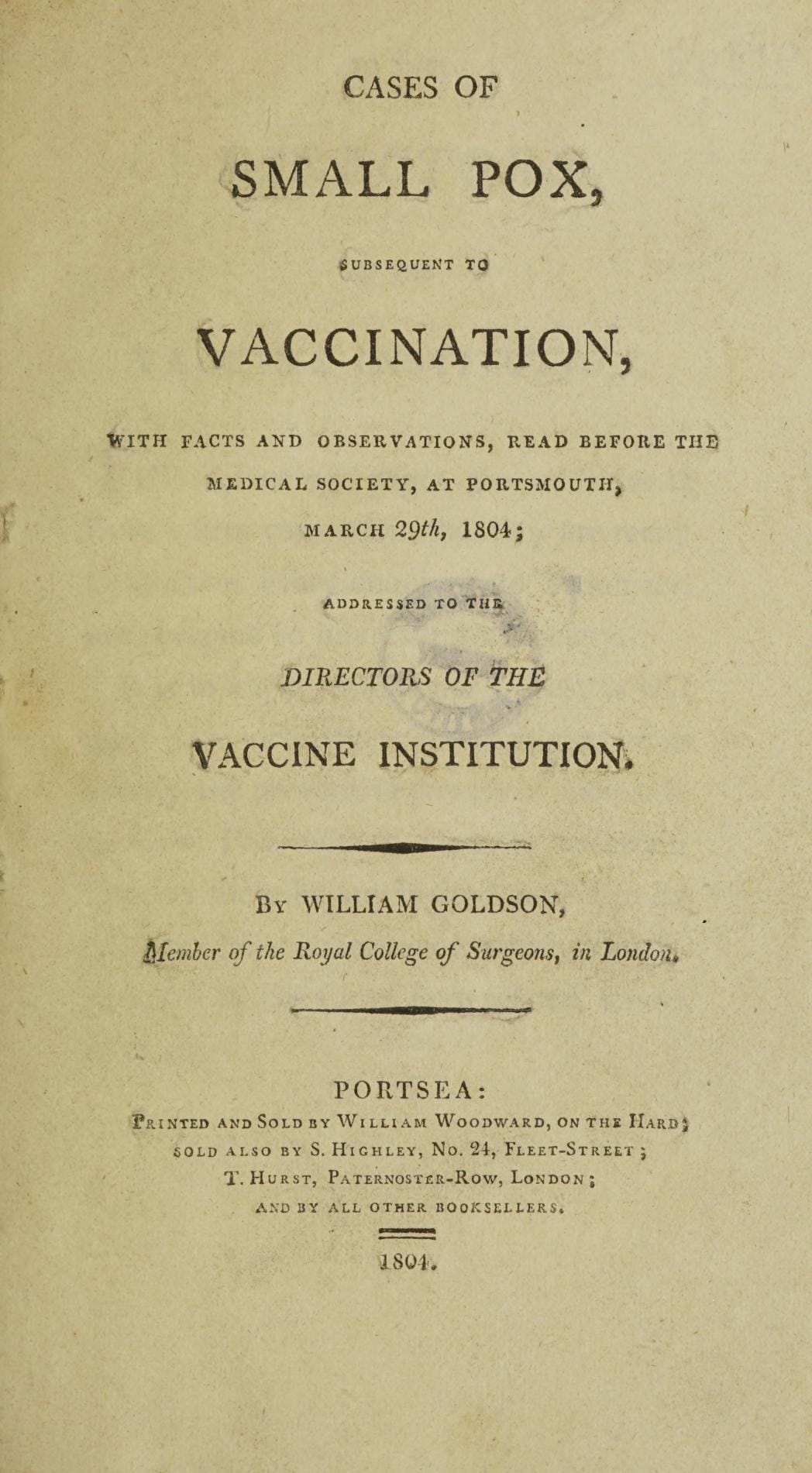
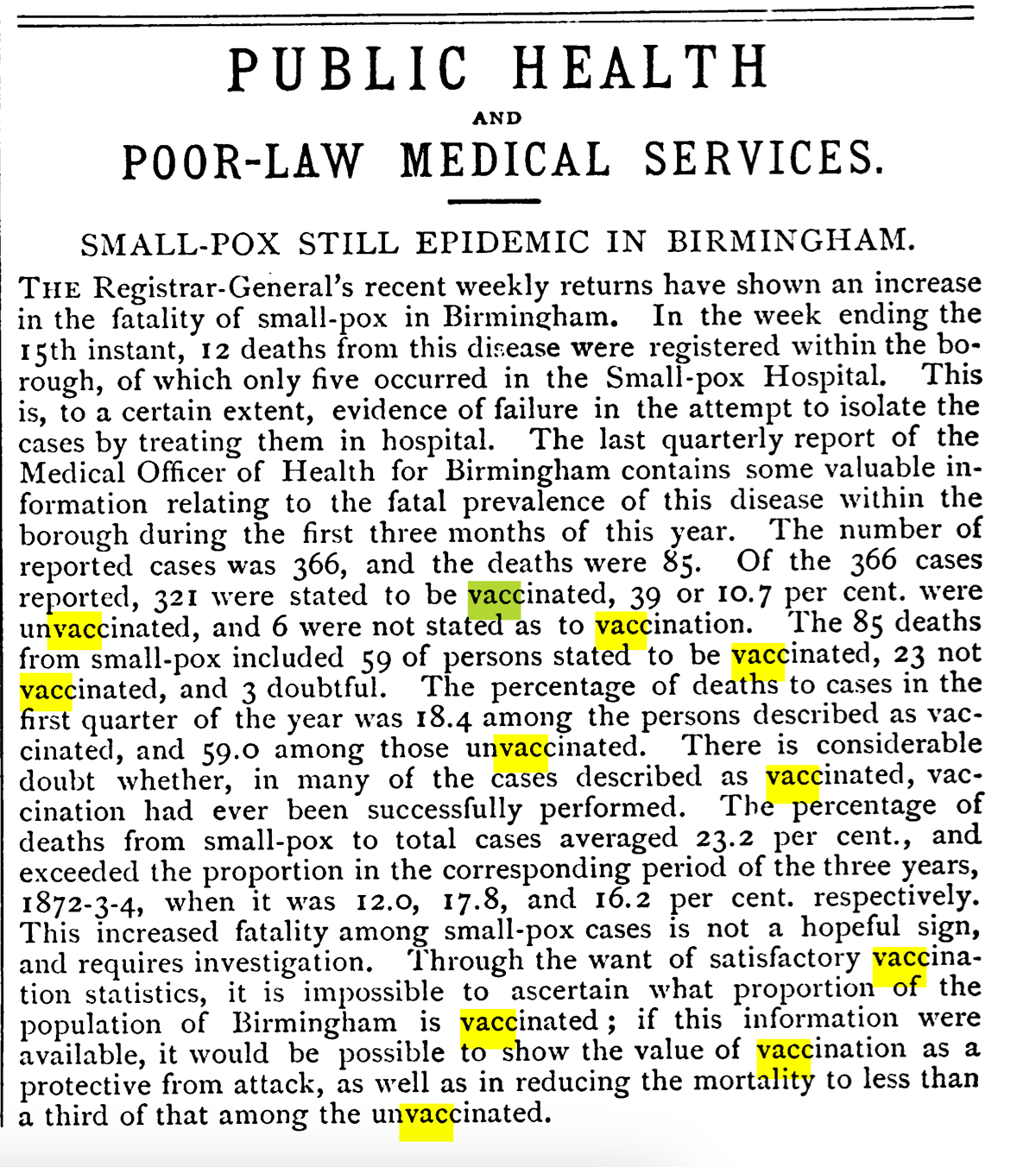
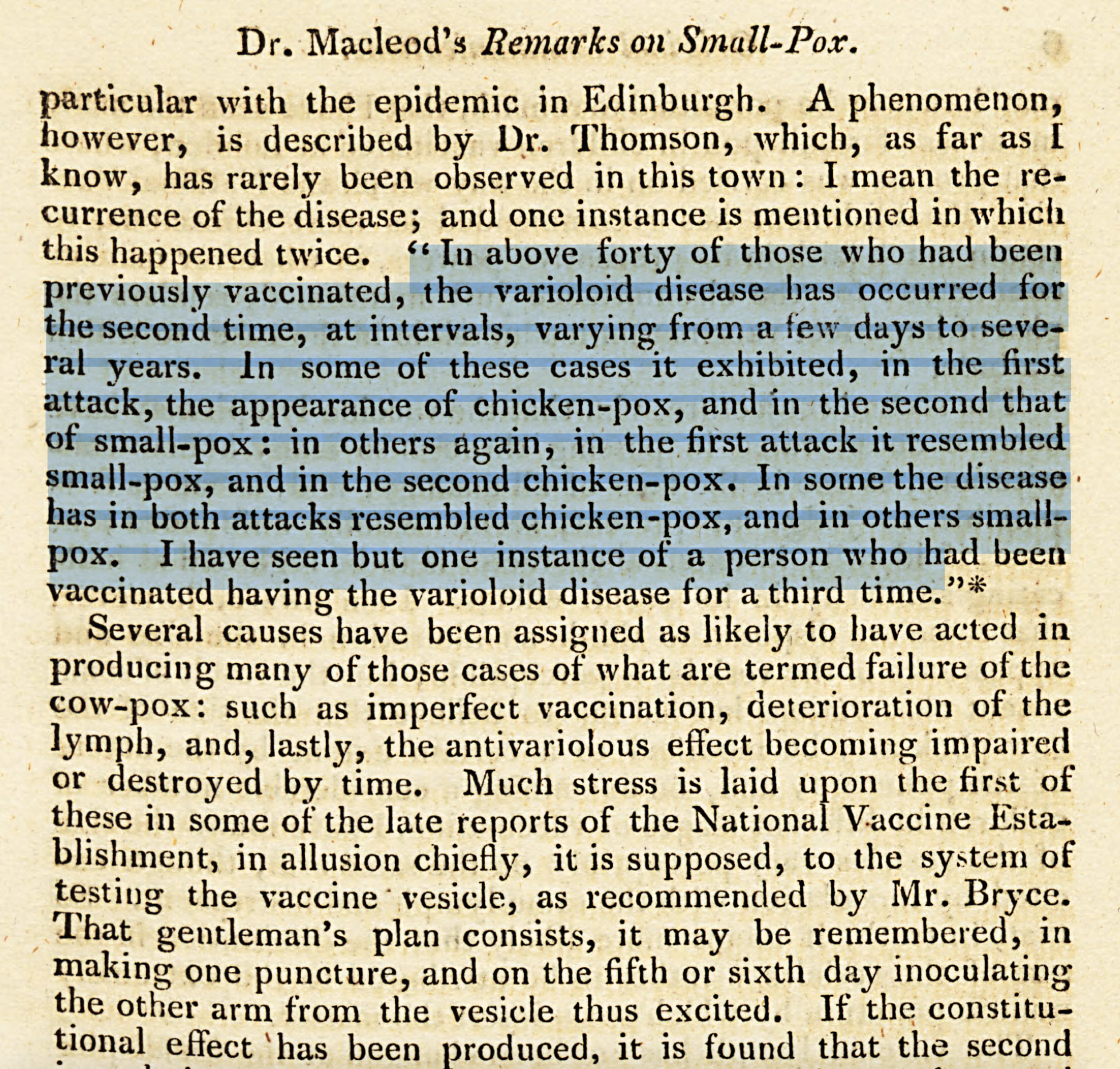
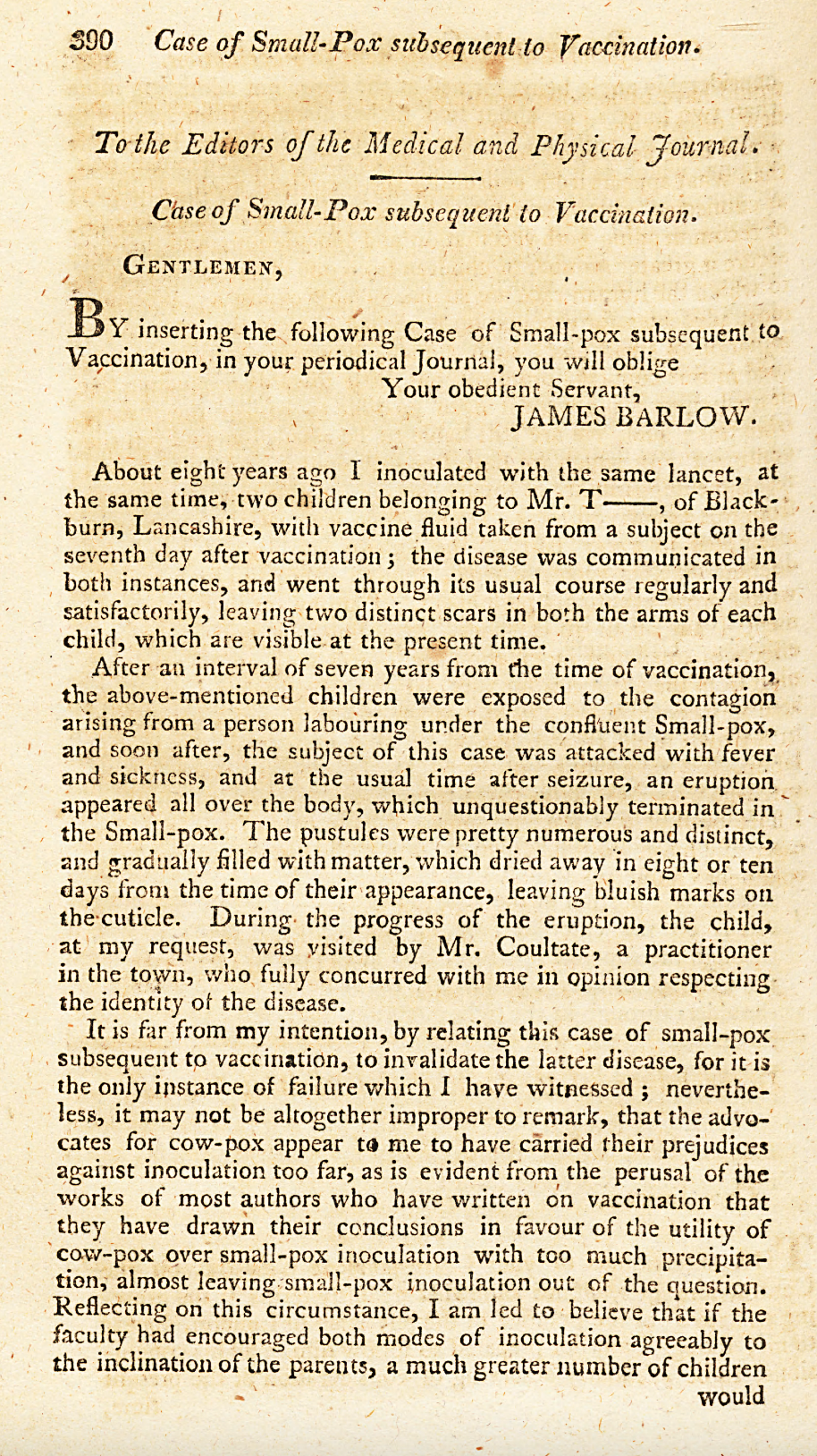
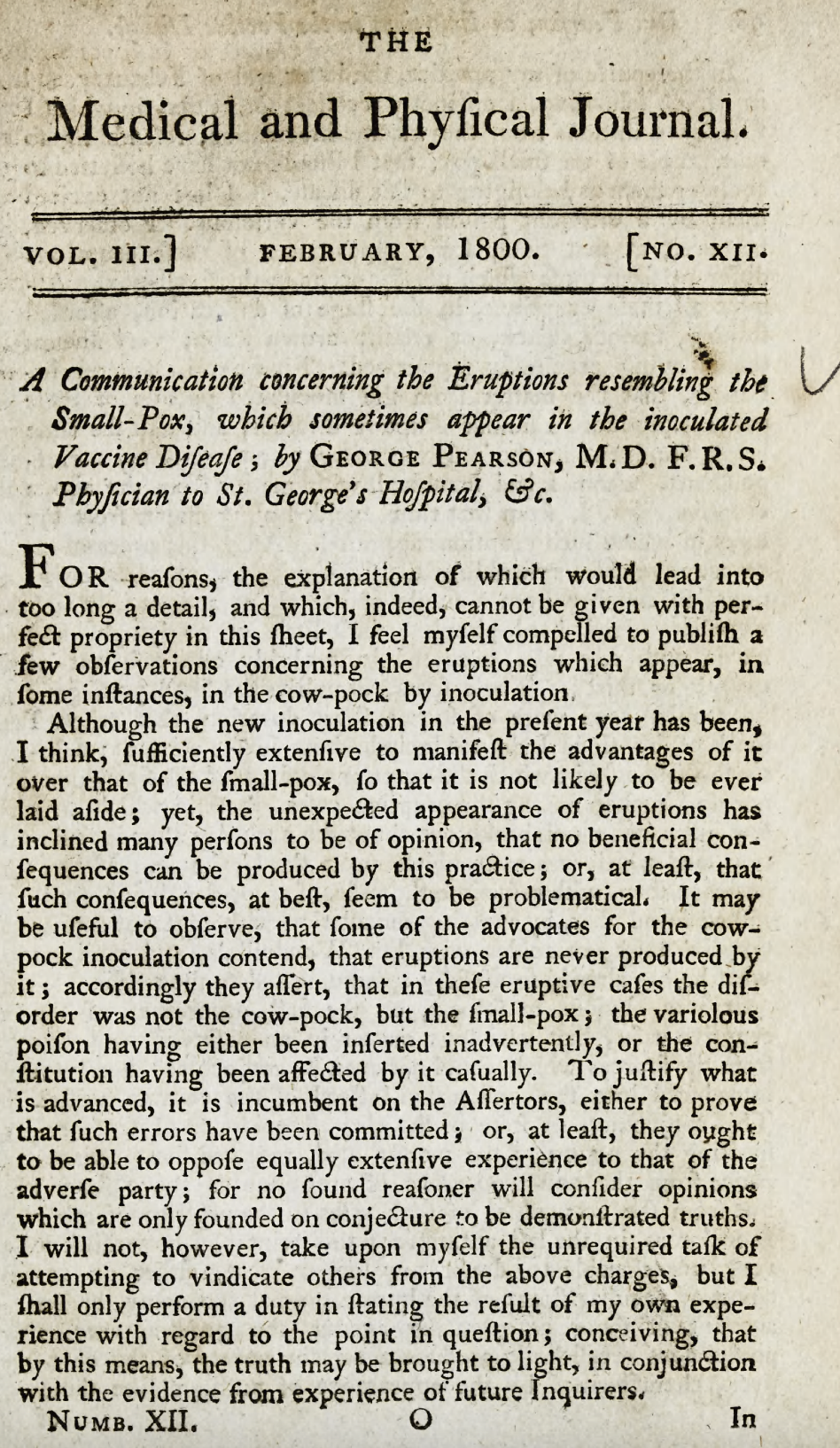
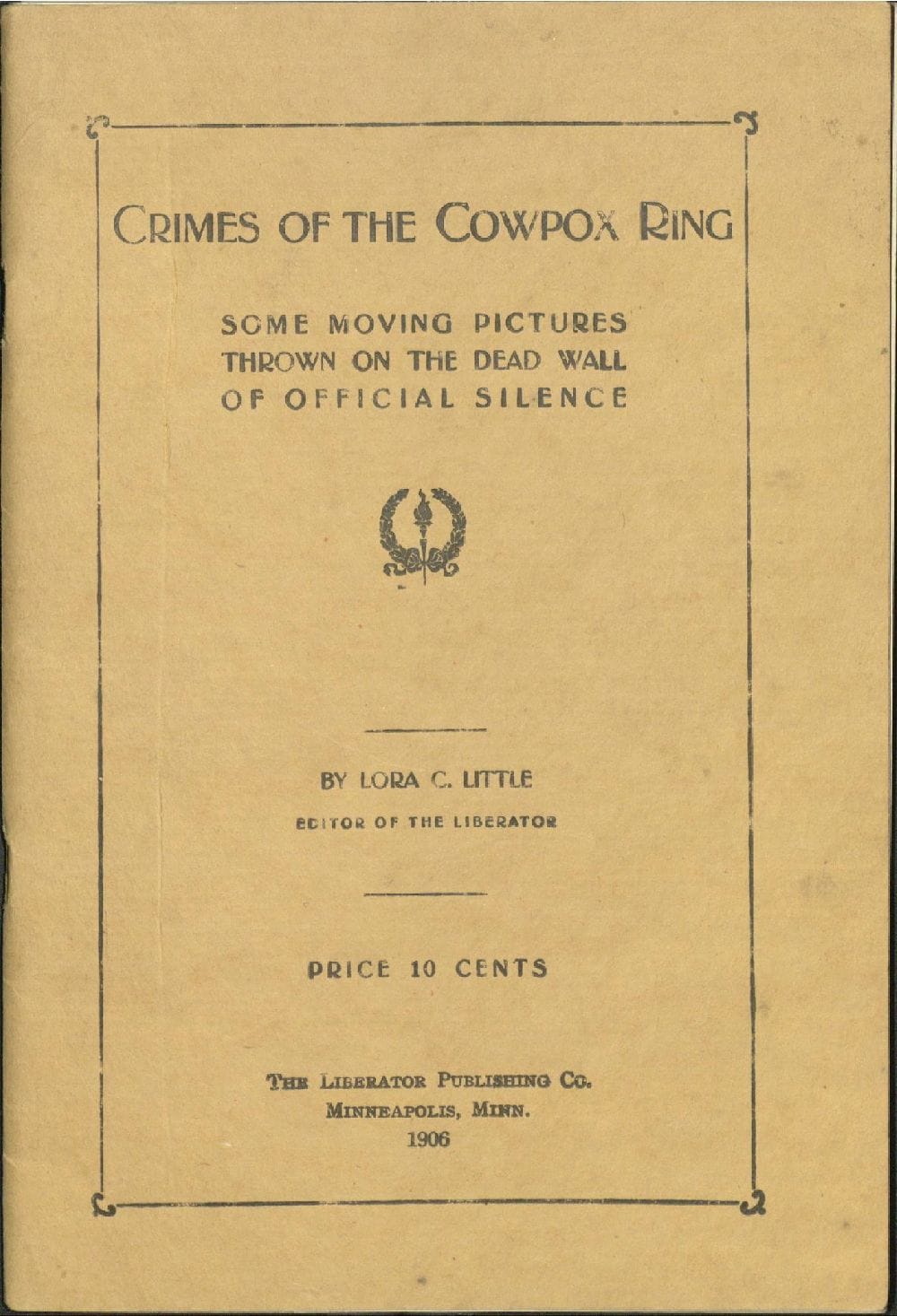
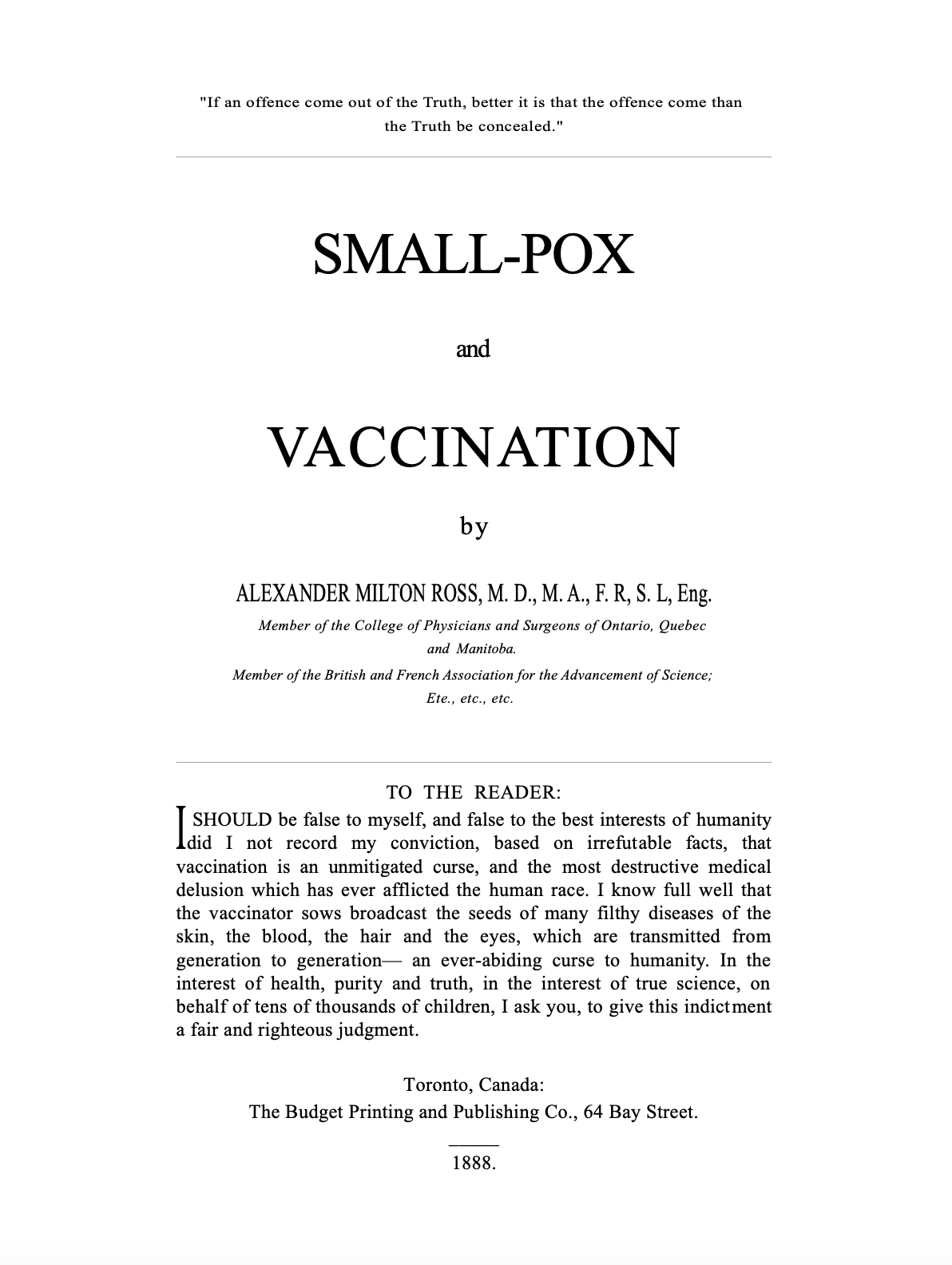

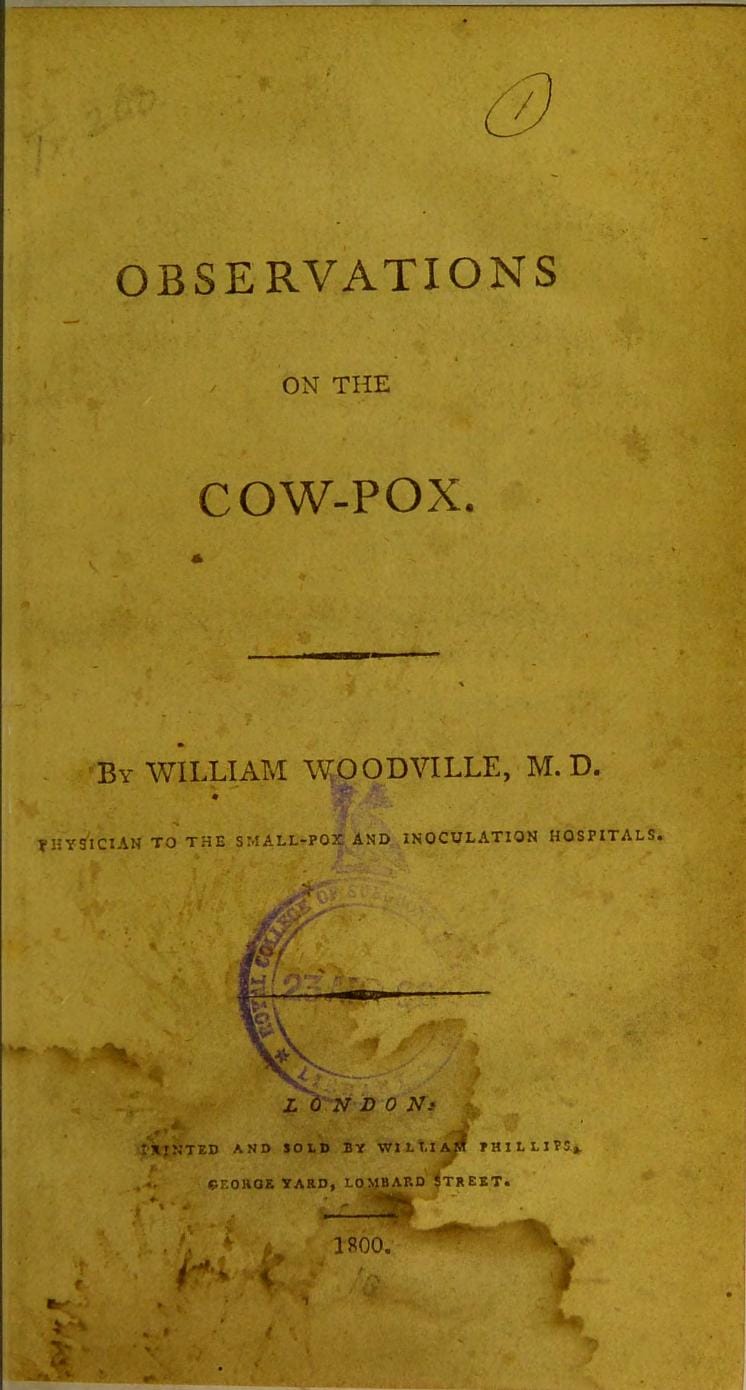
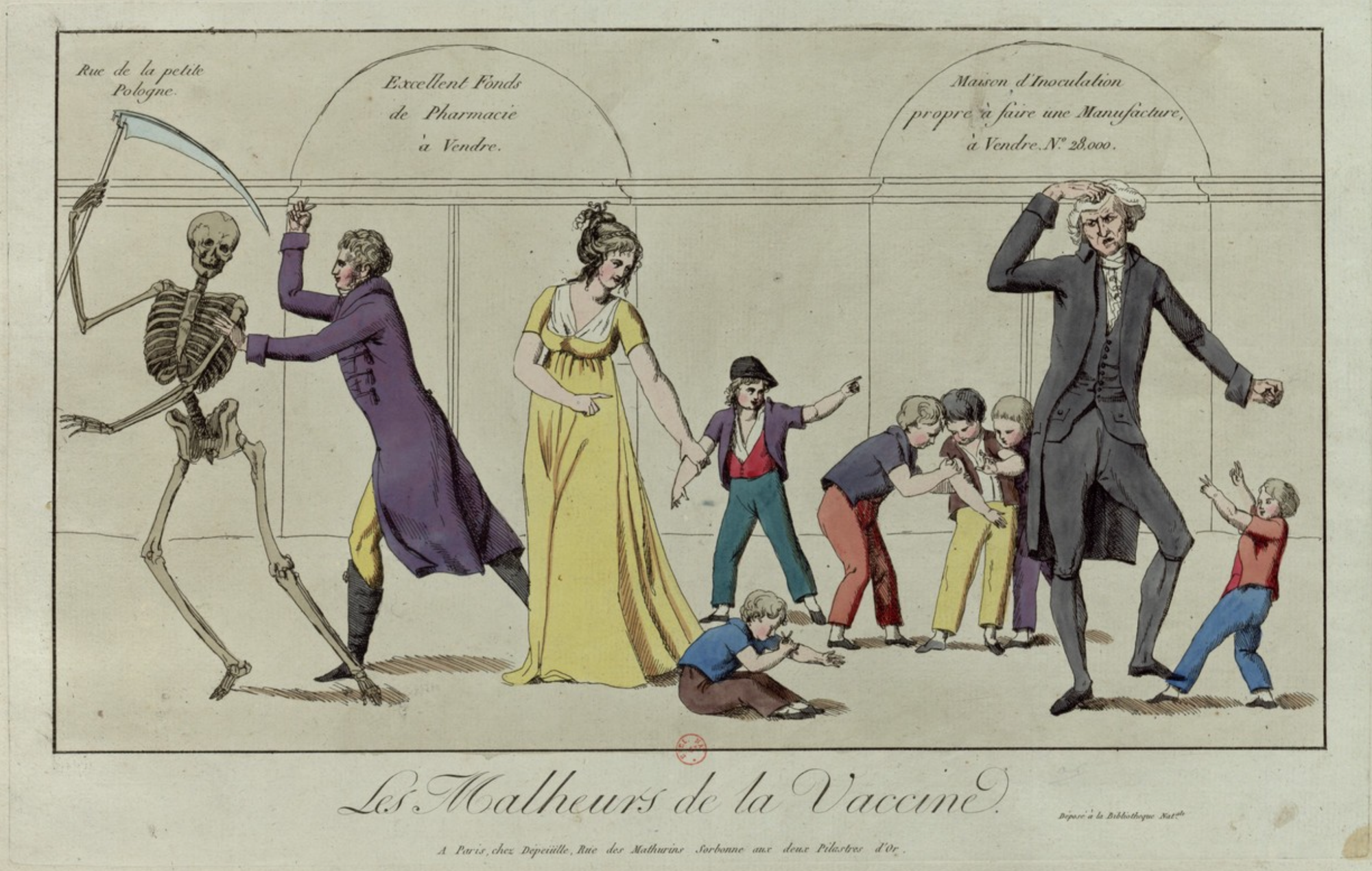
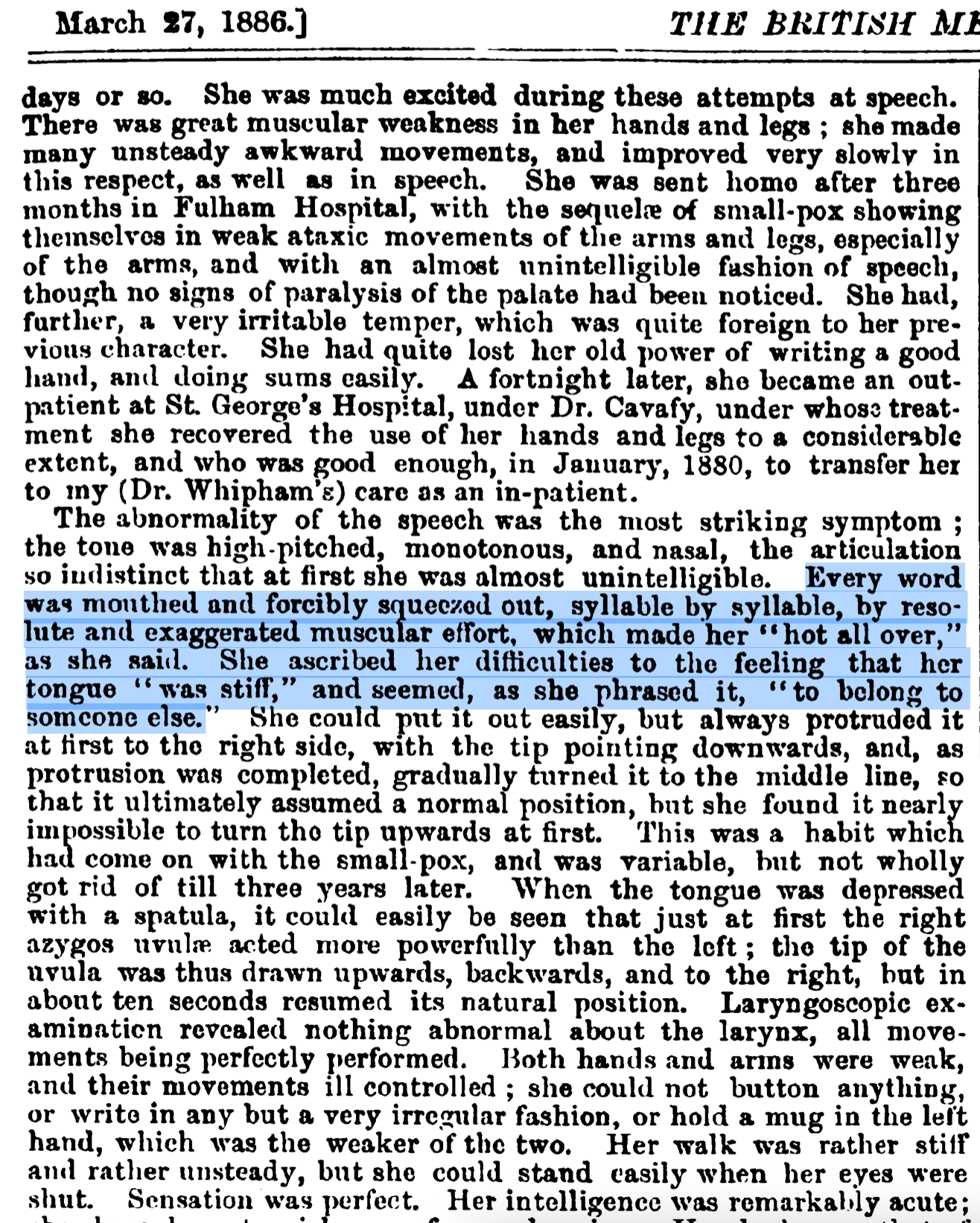
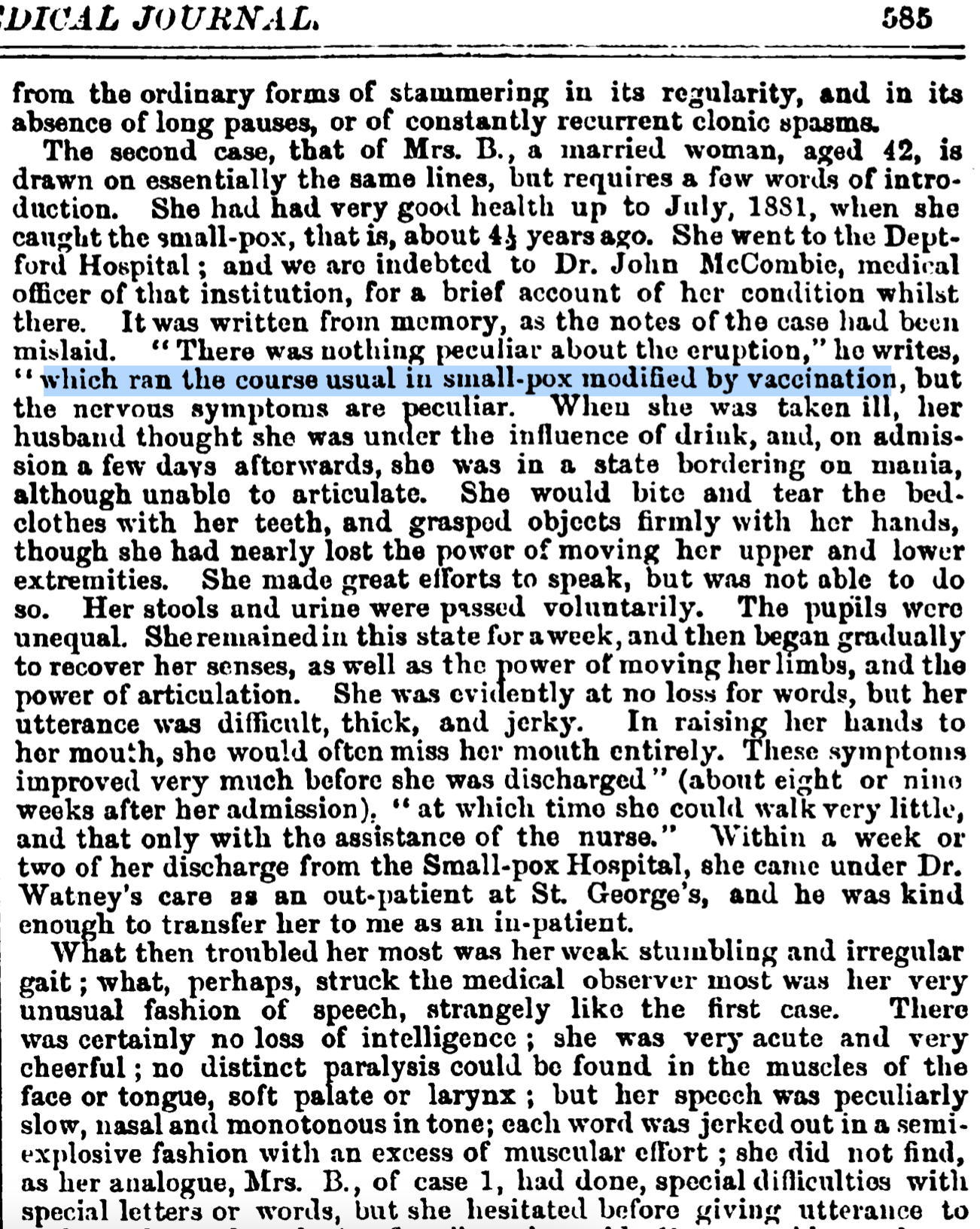
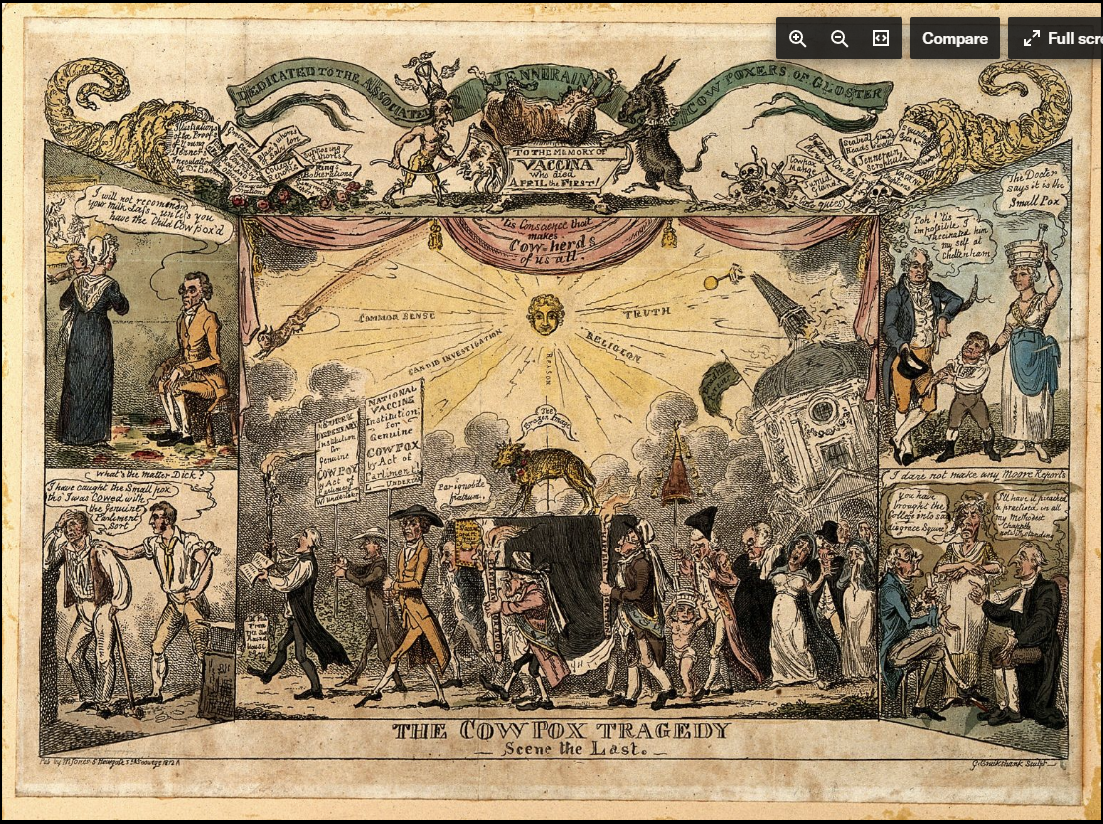
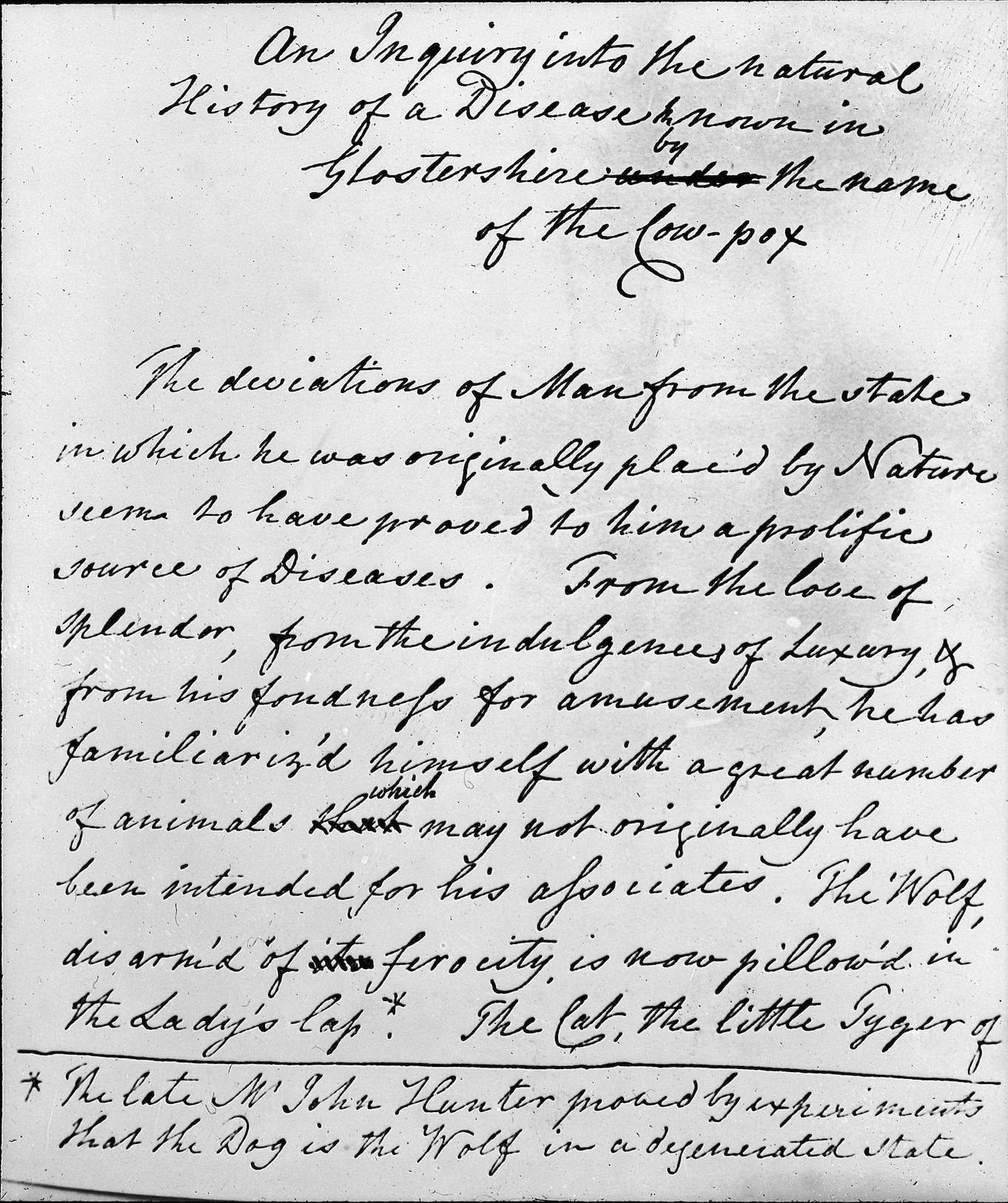

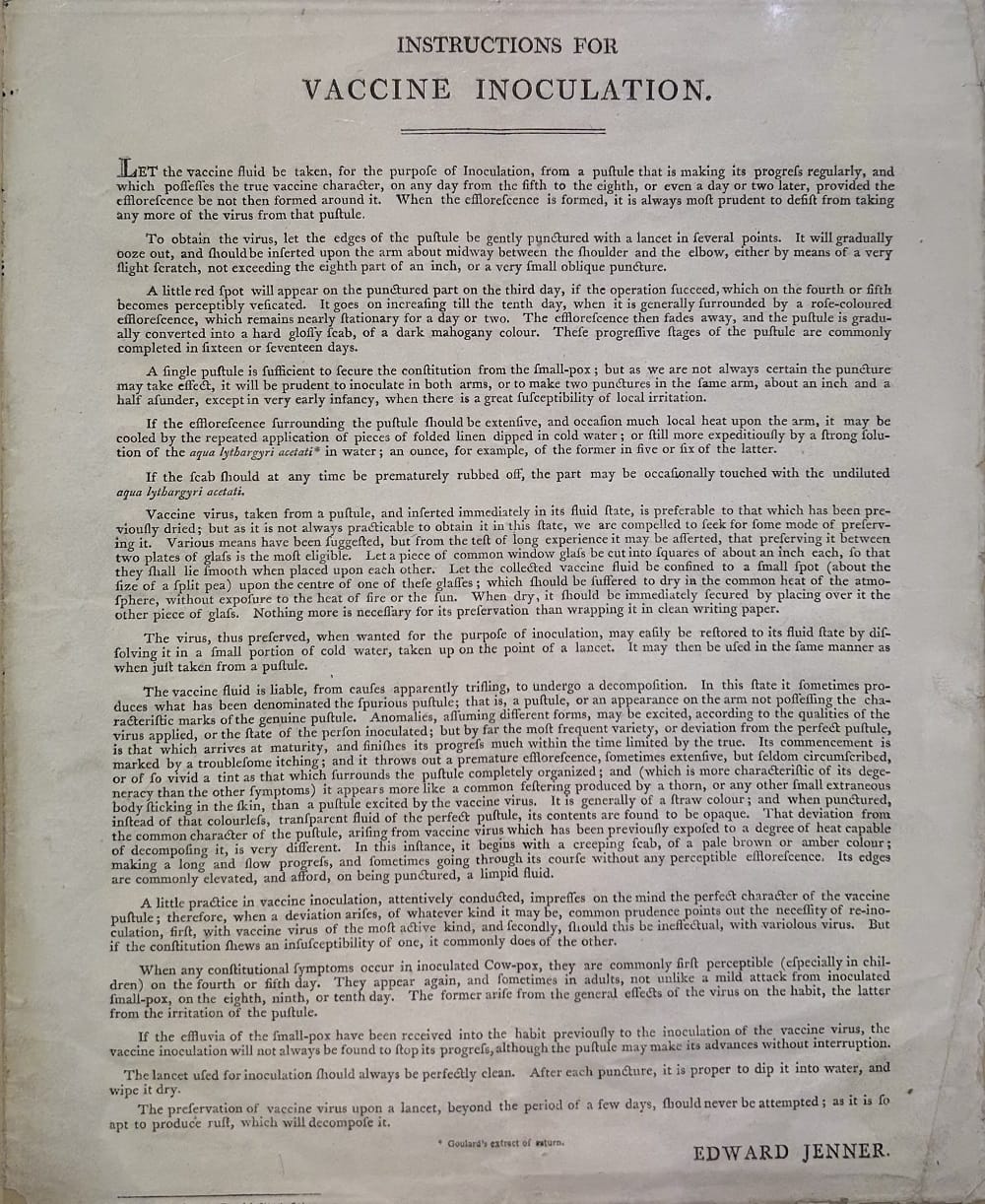
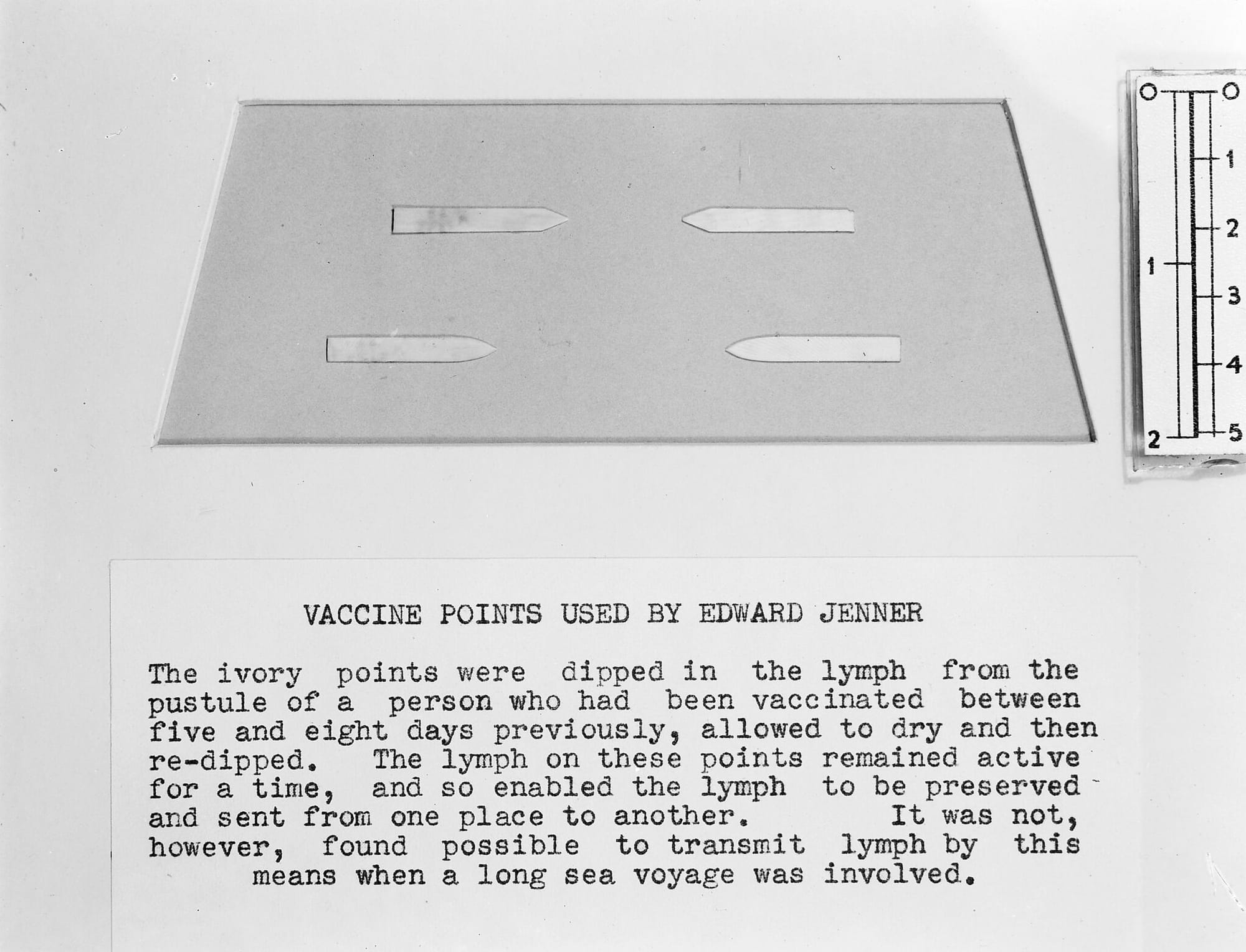
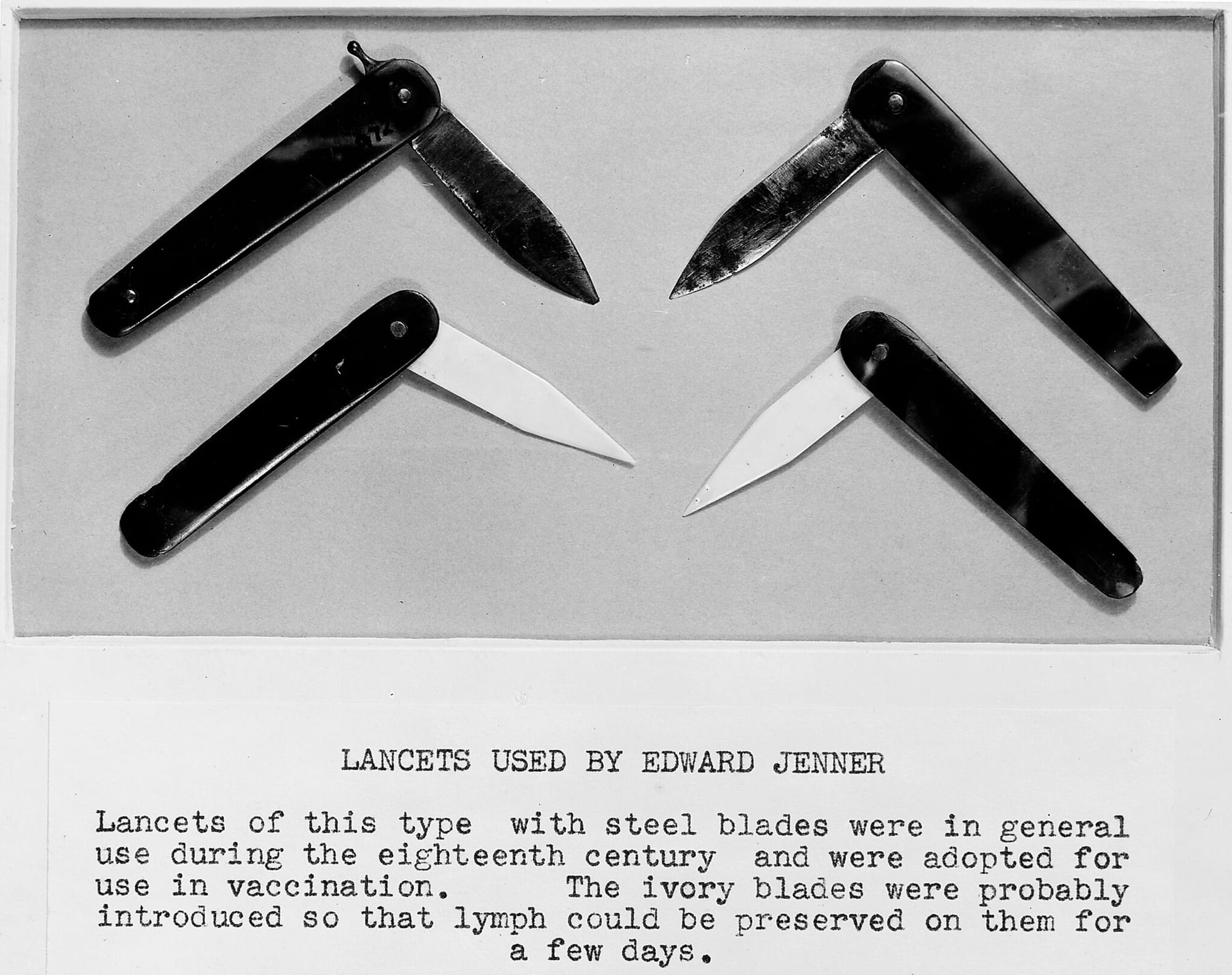
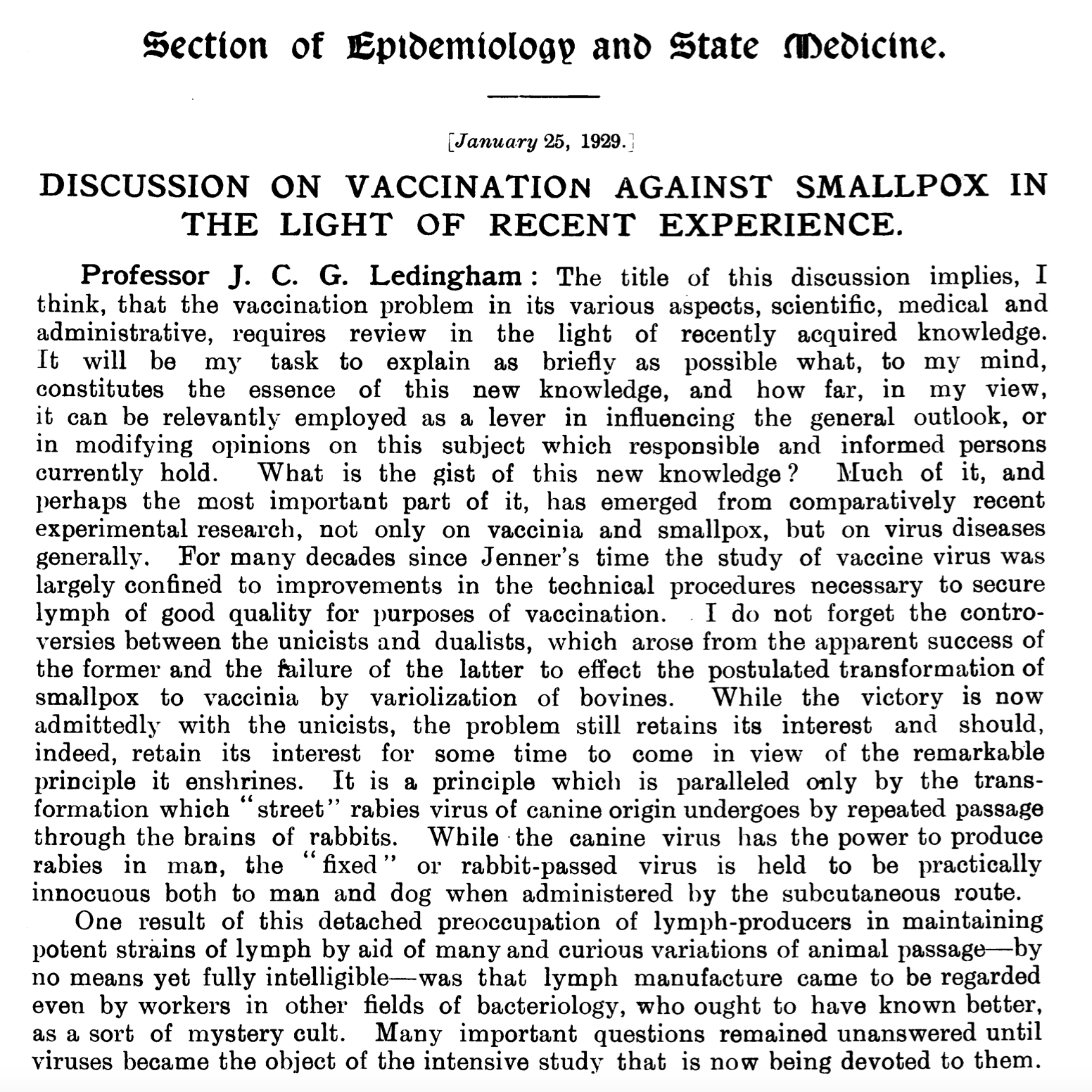
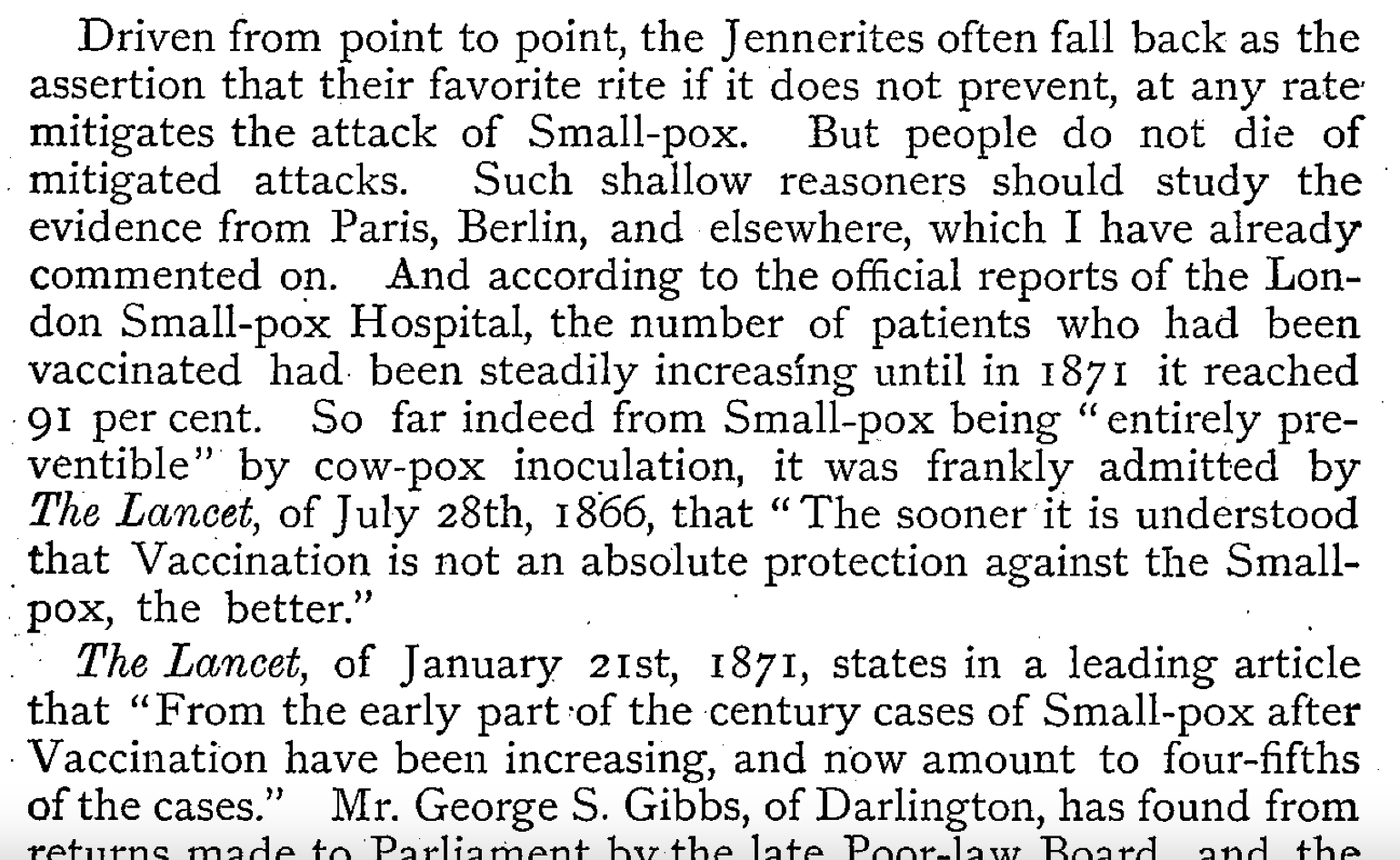
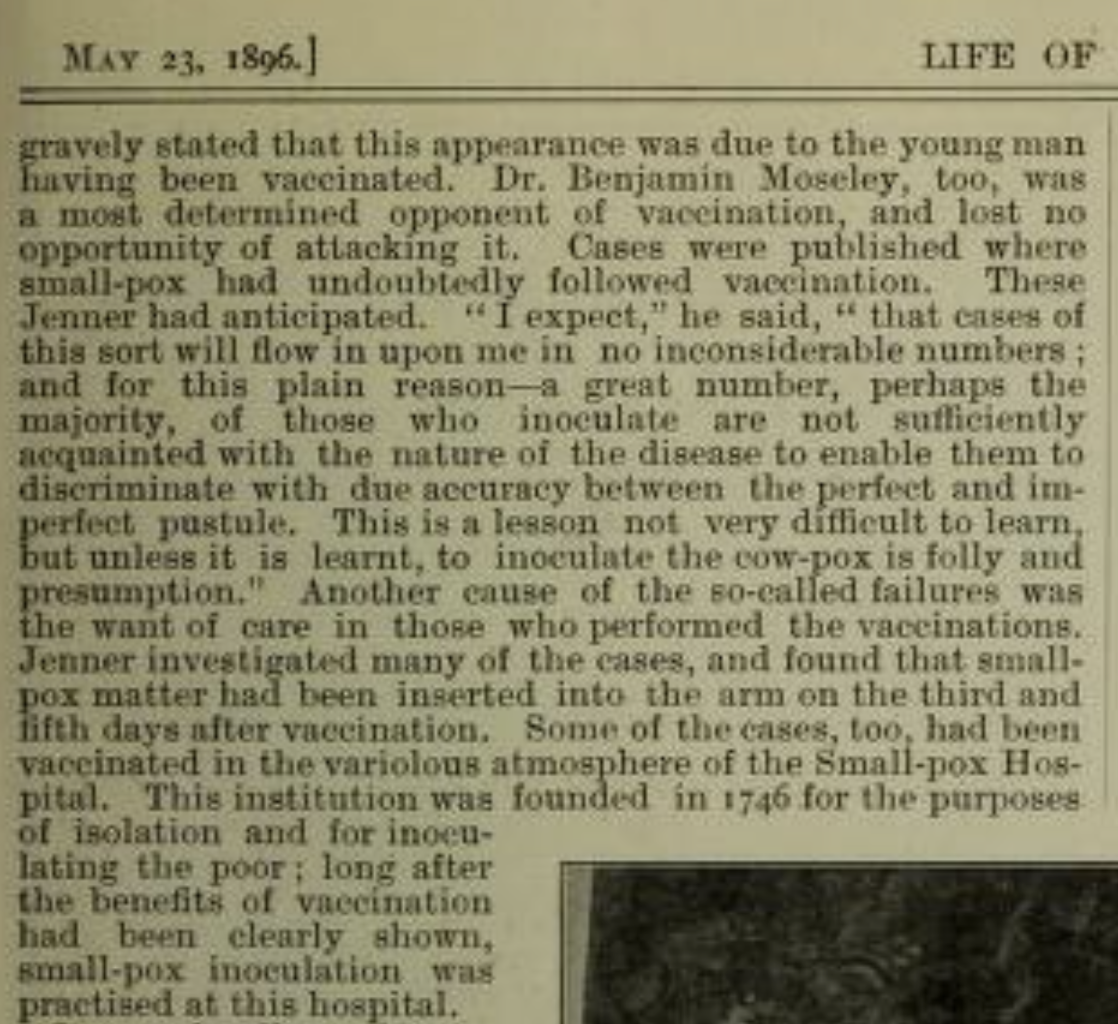
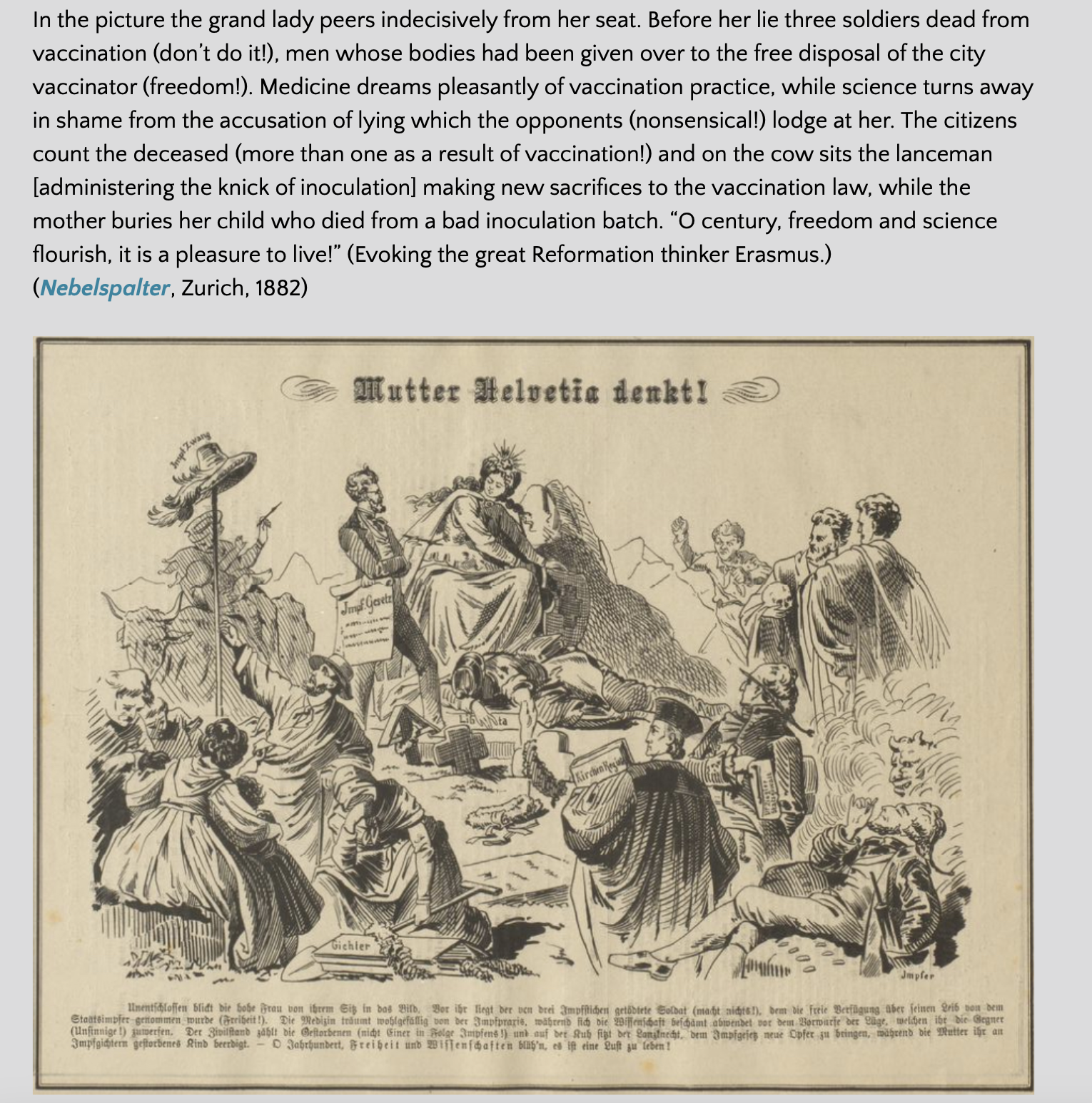

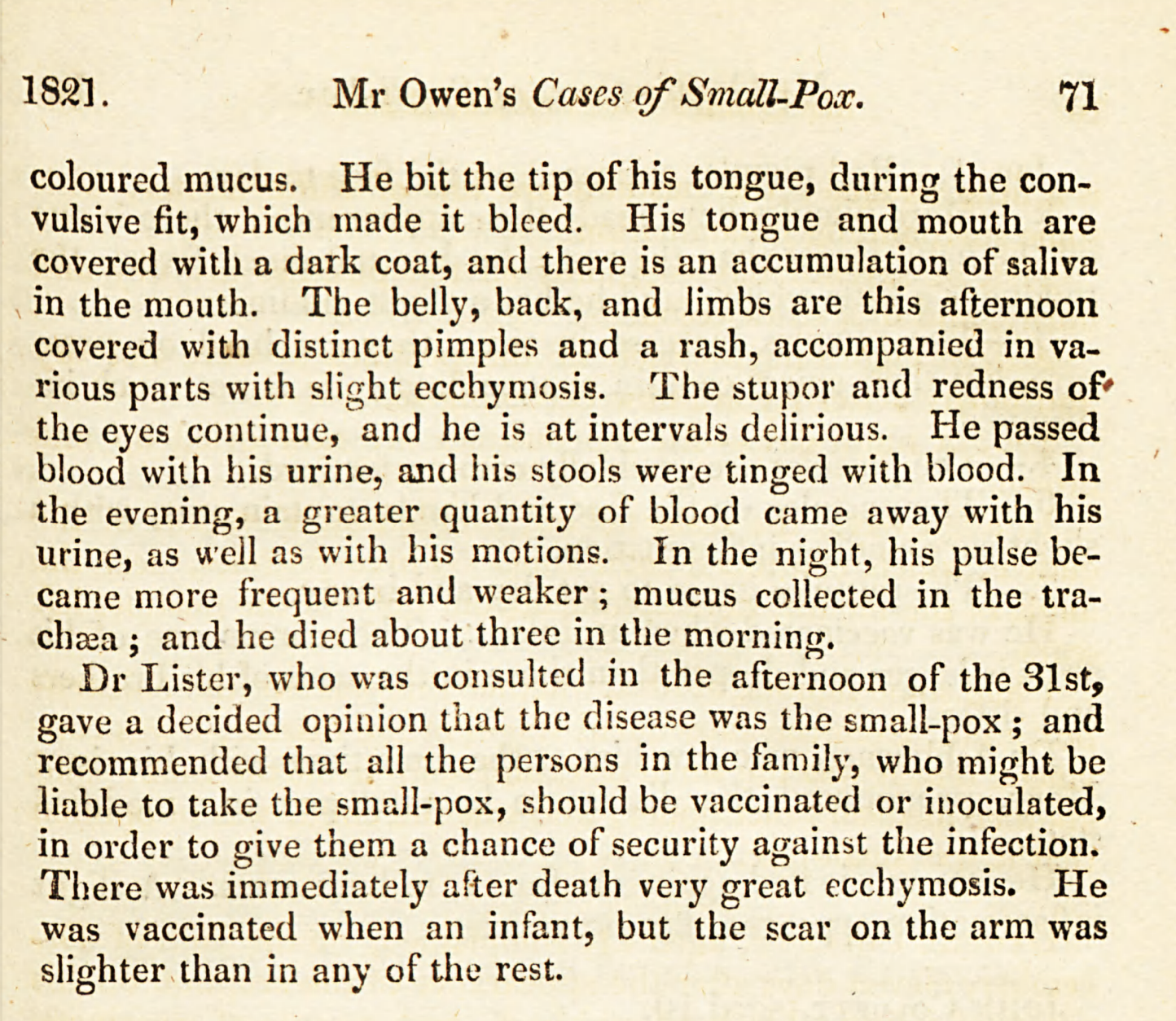

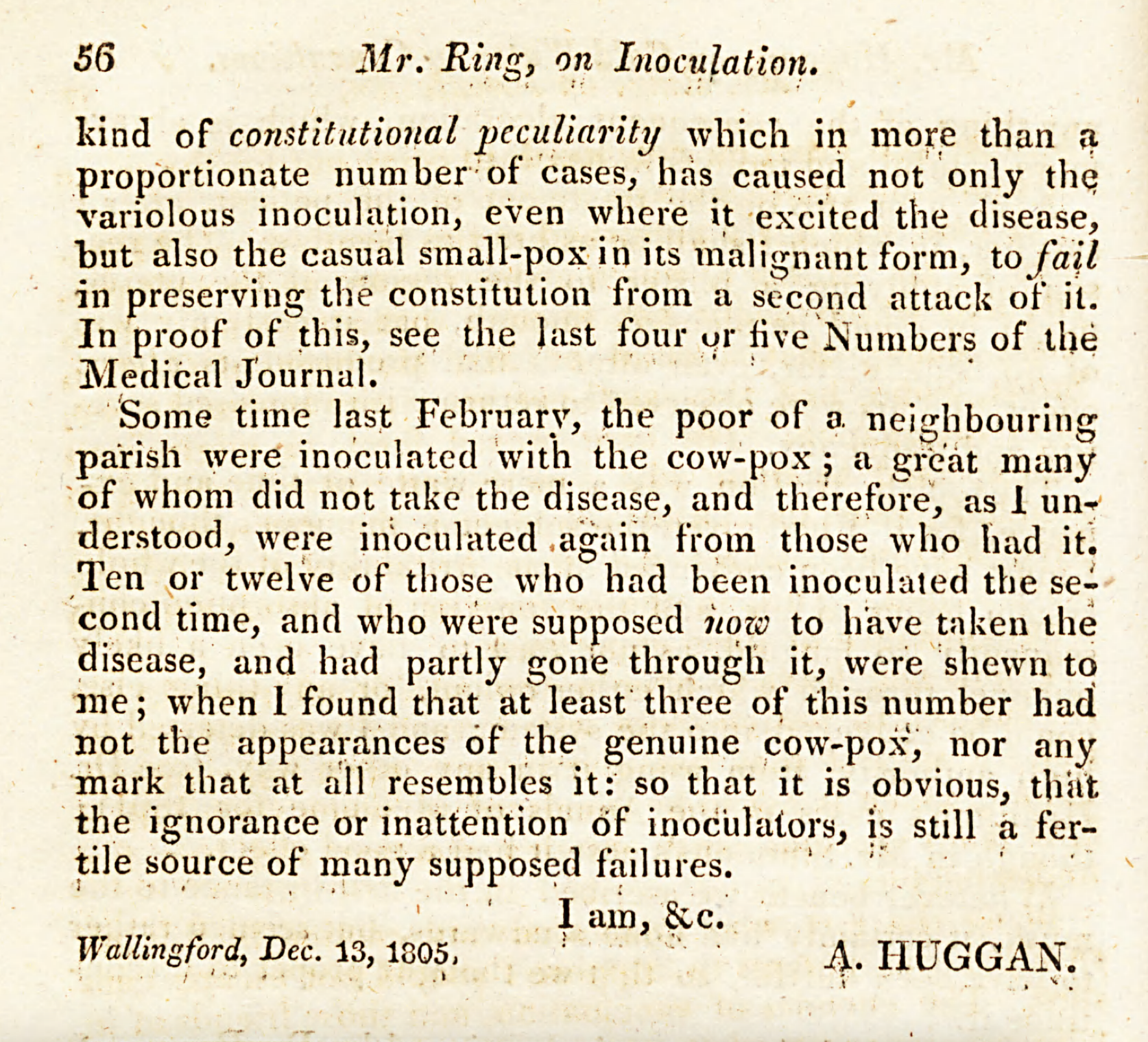
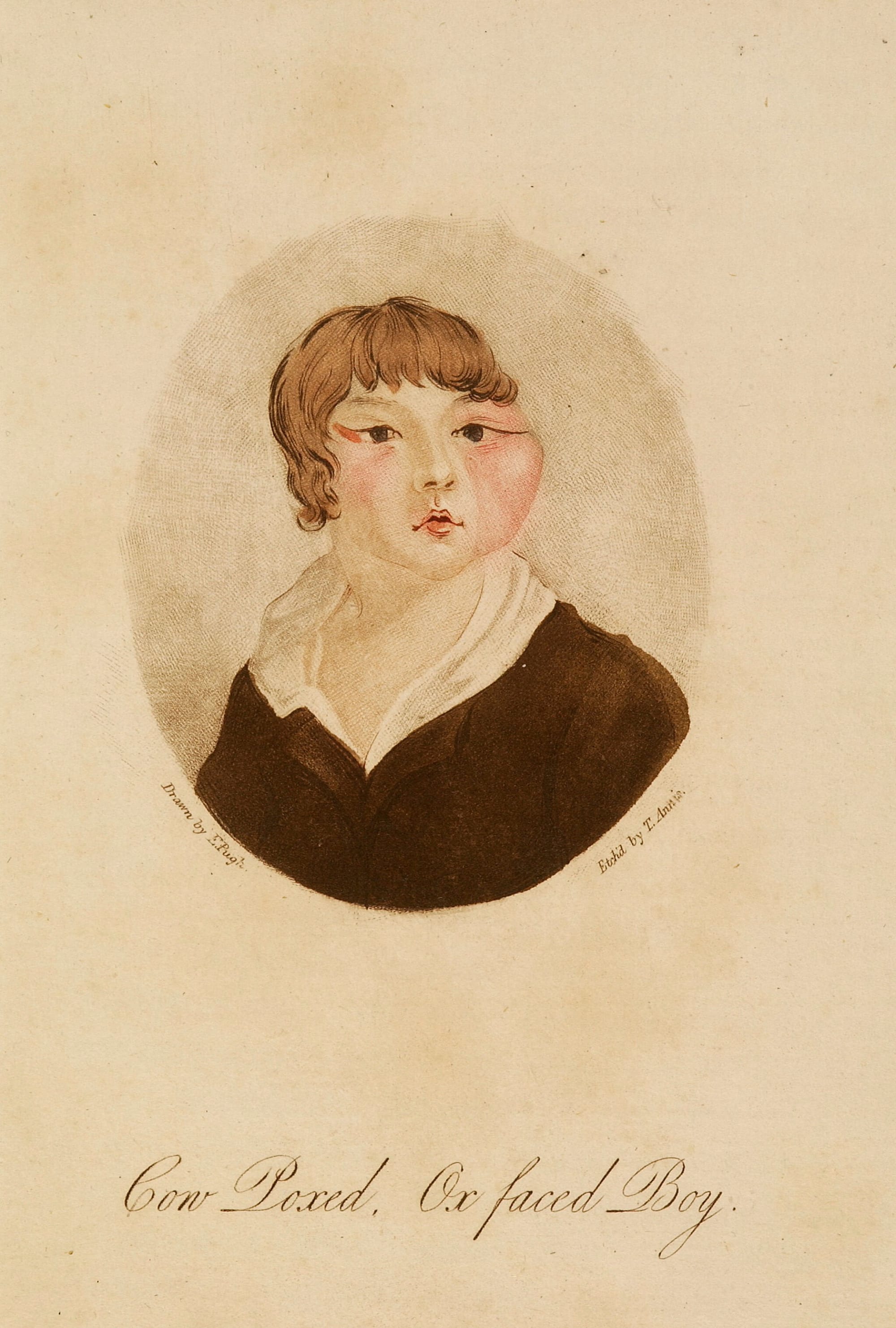
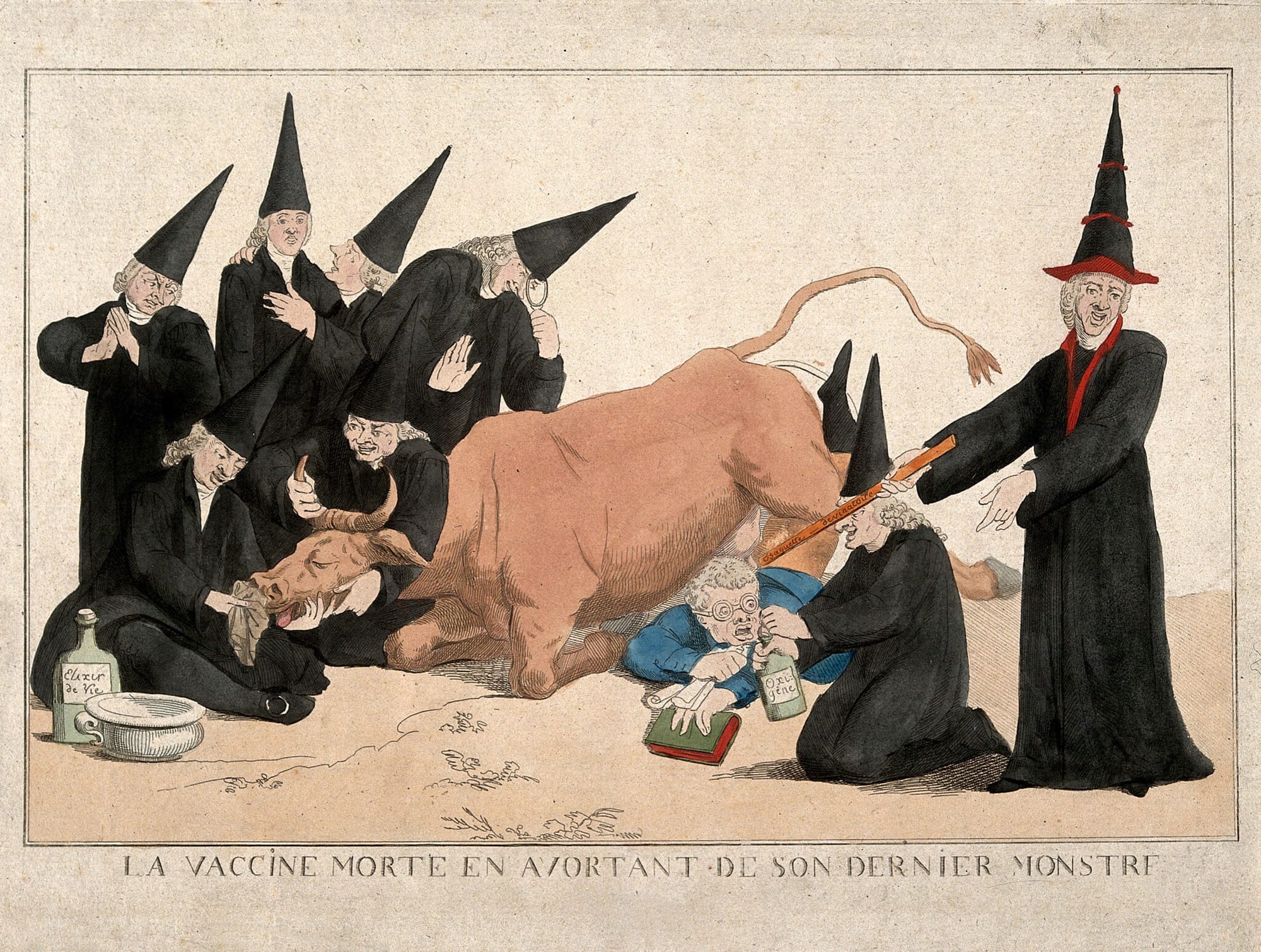

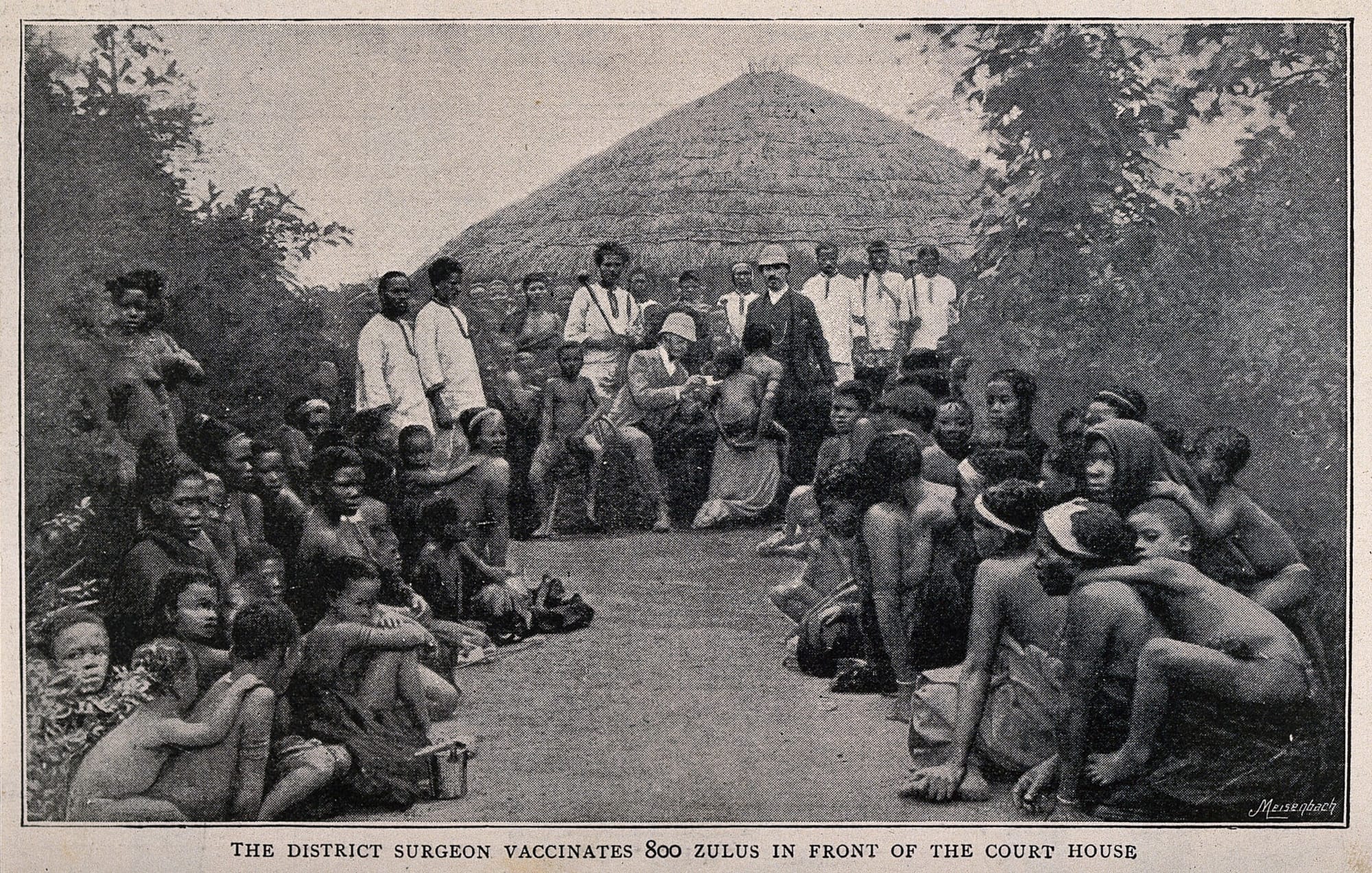
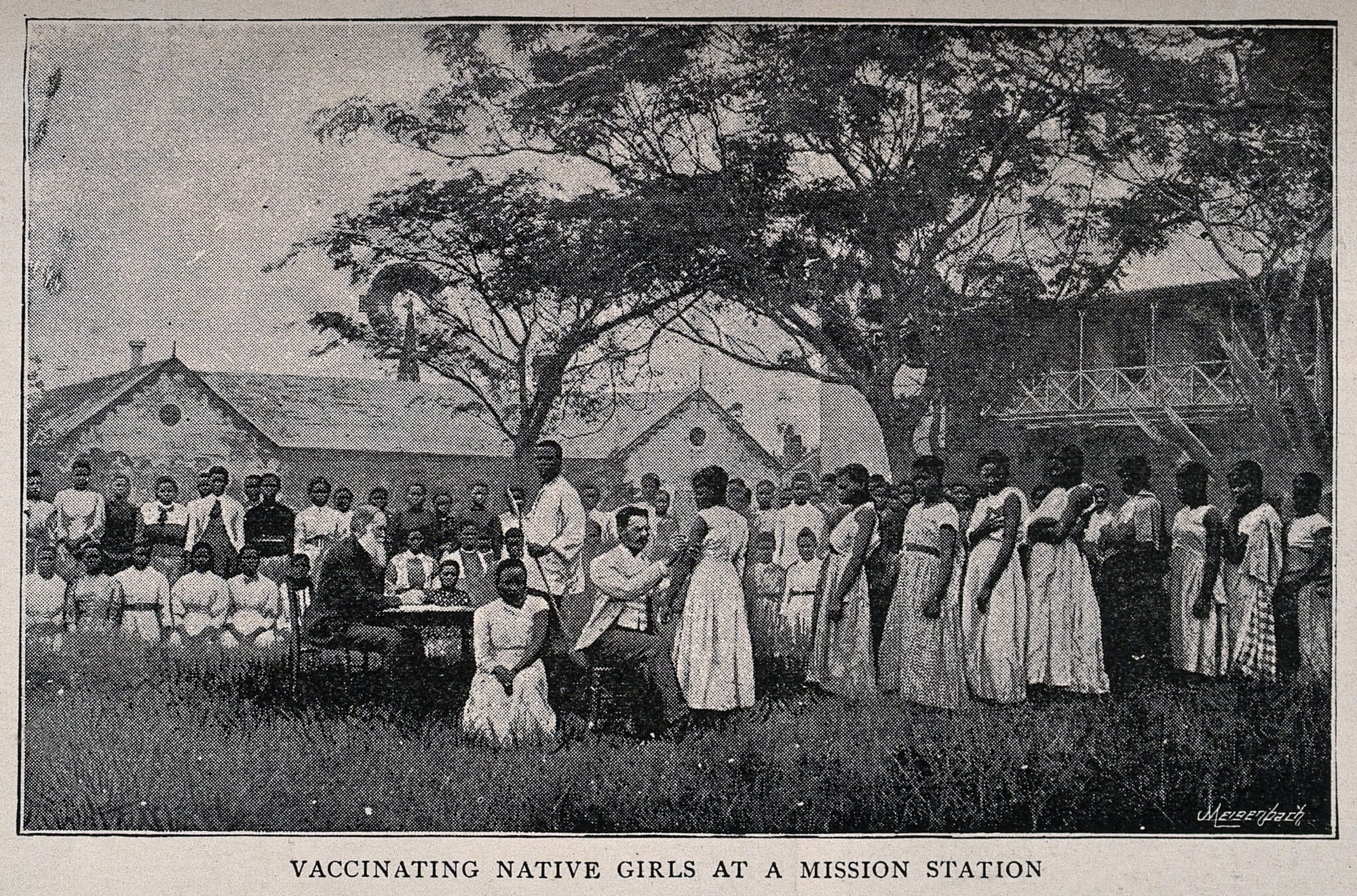

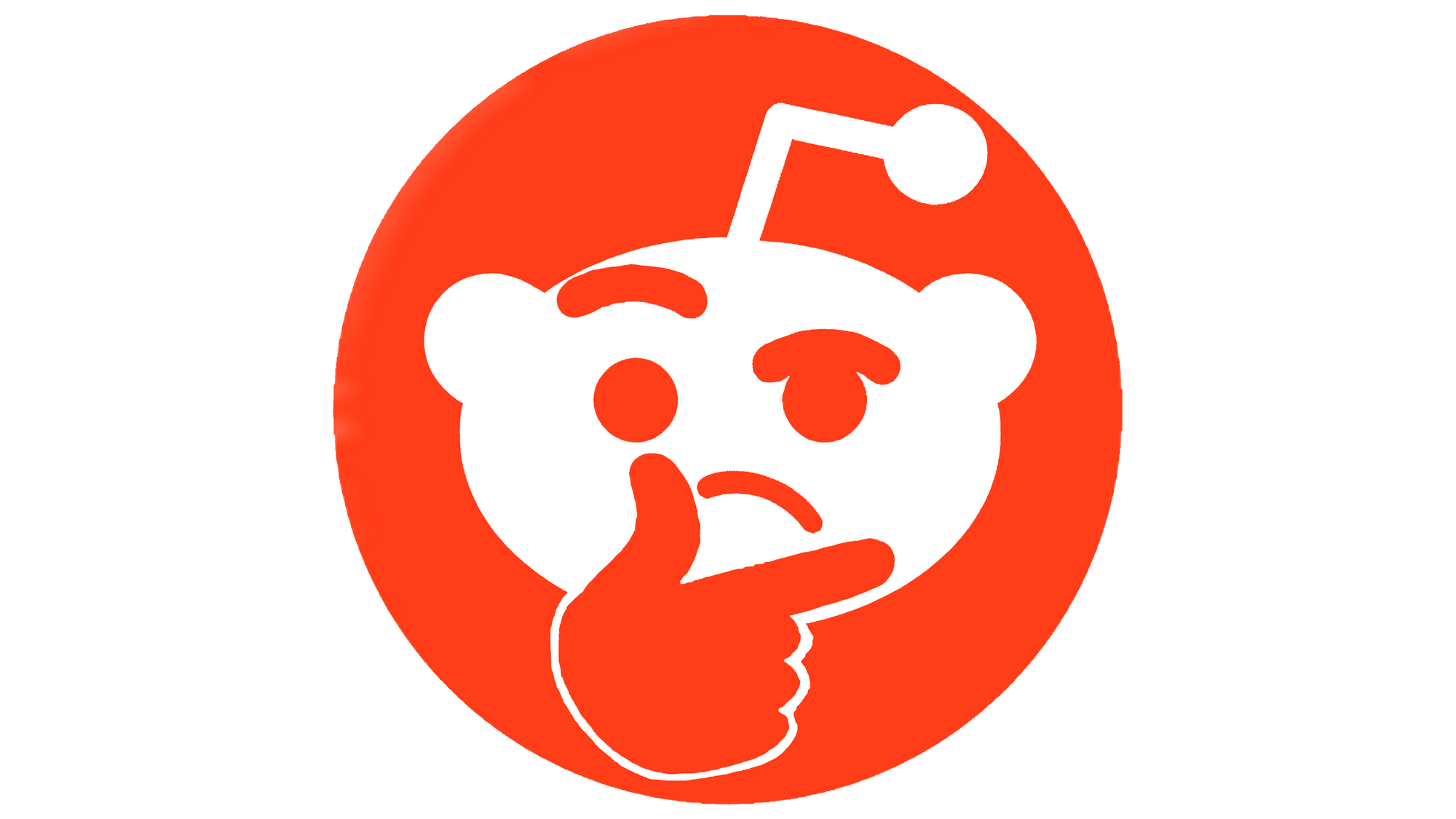
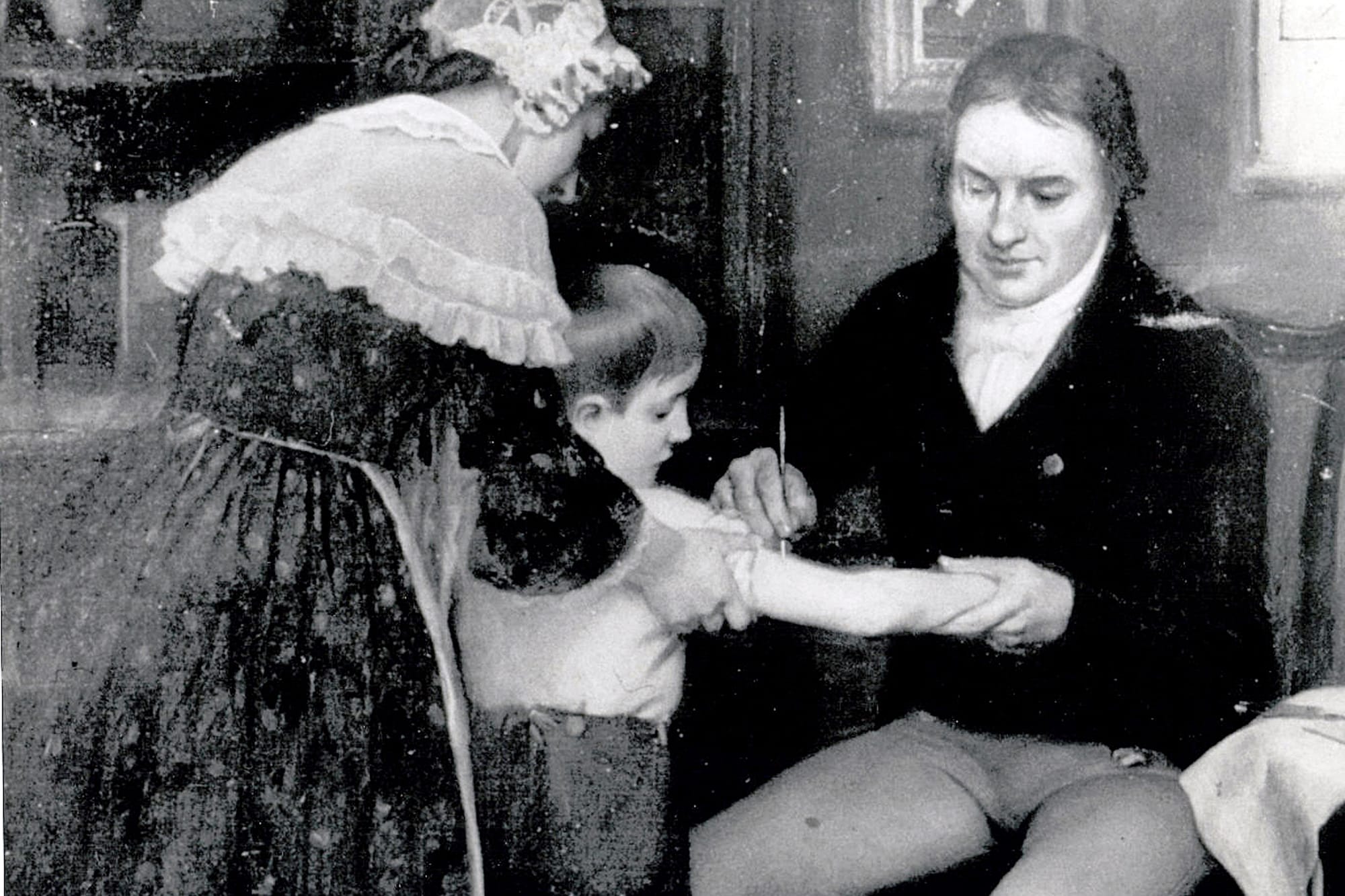
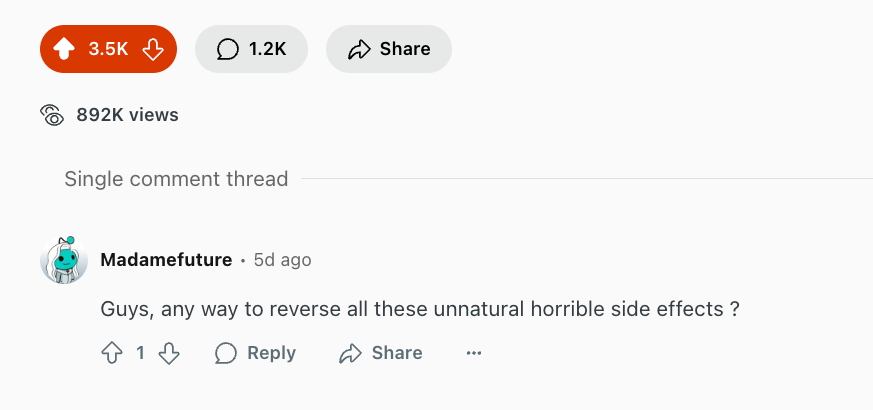
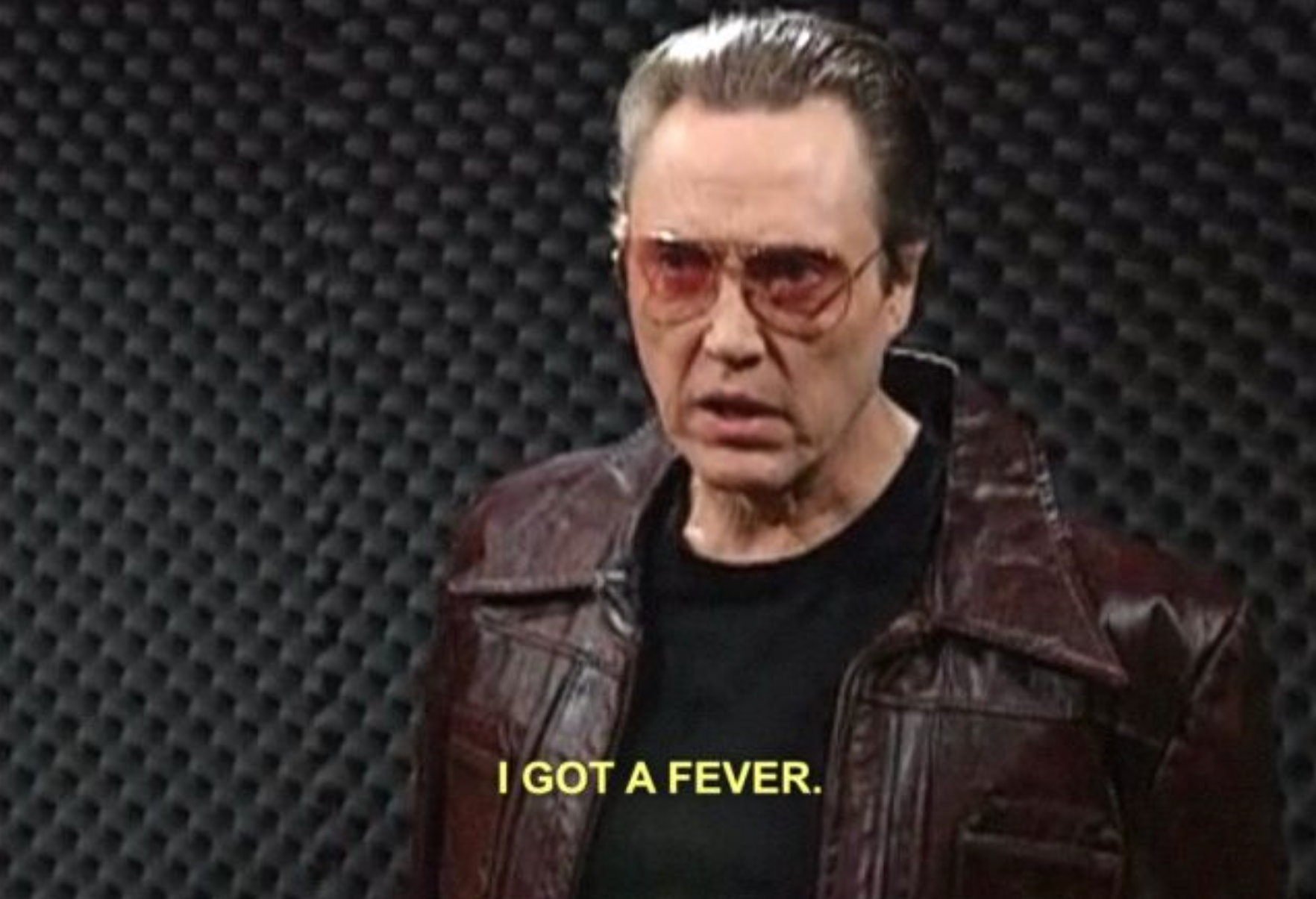

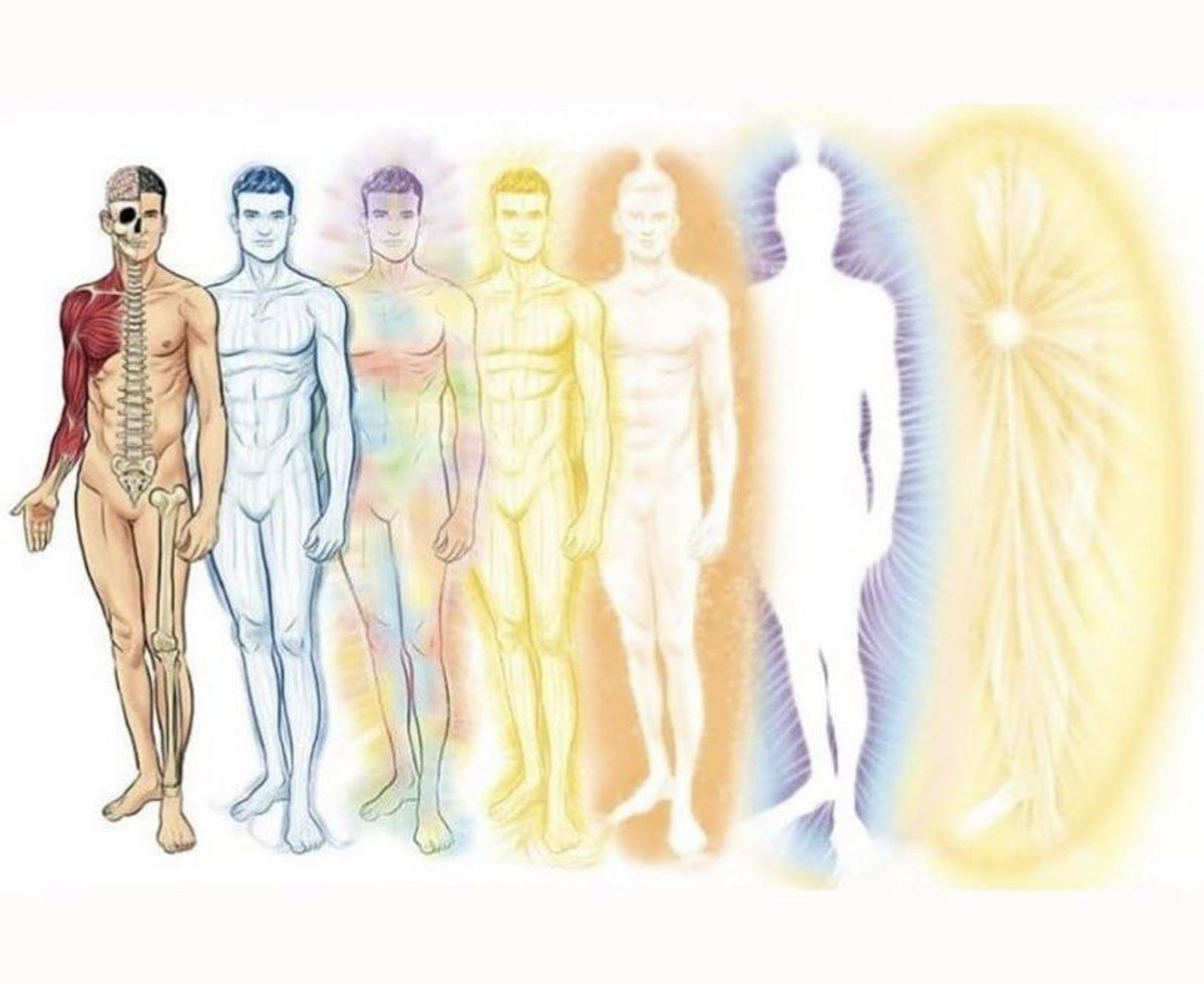



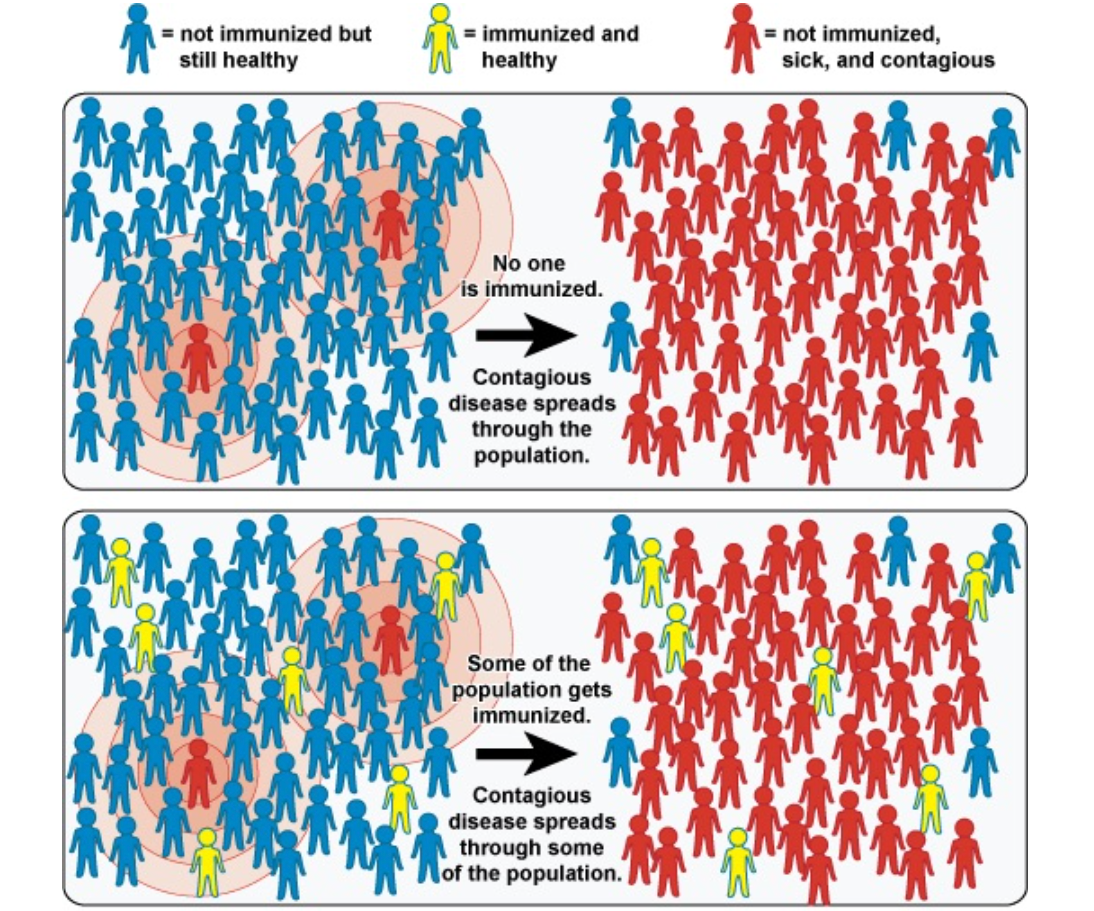
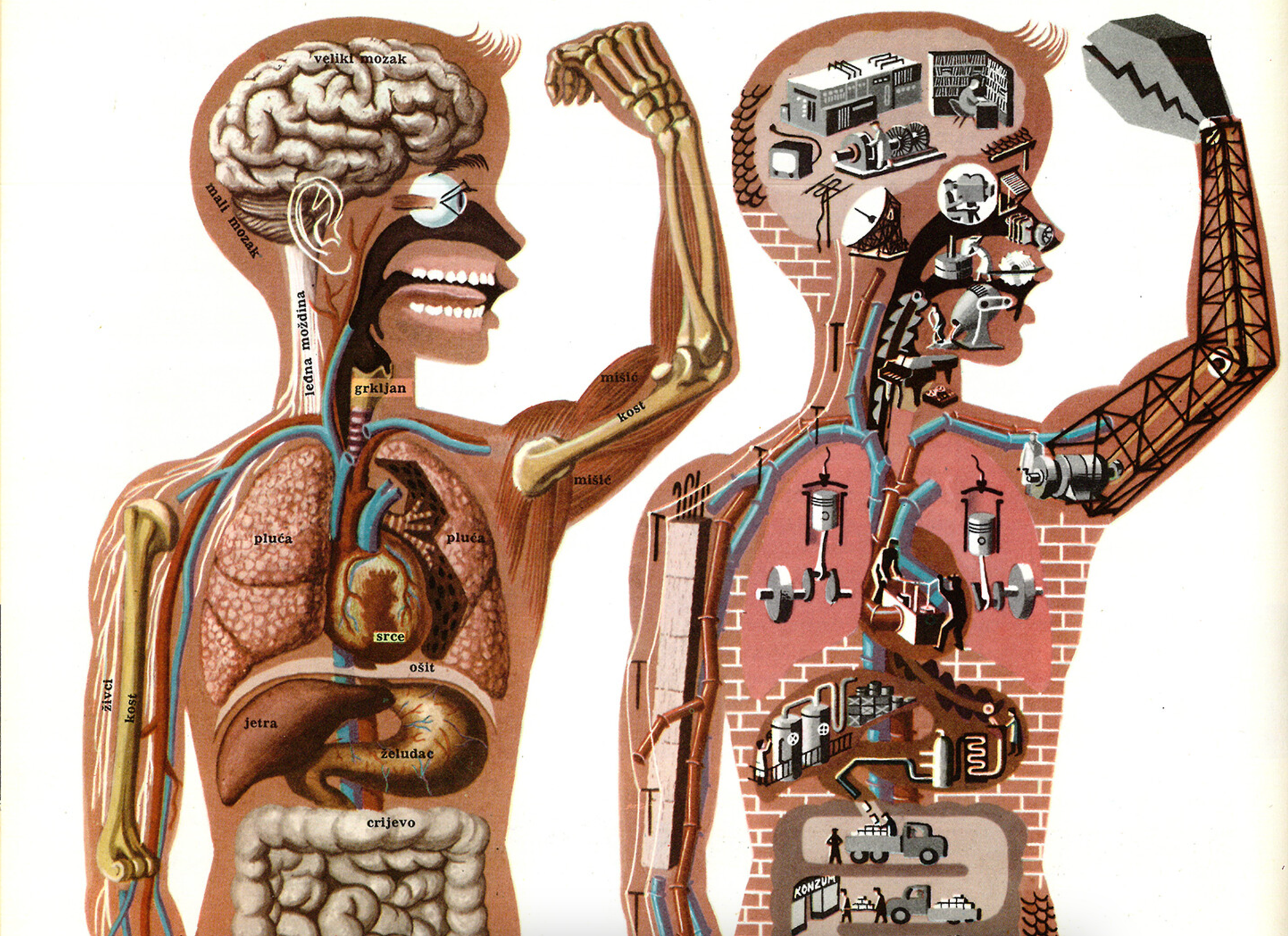

Discussion